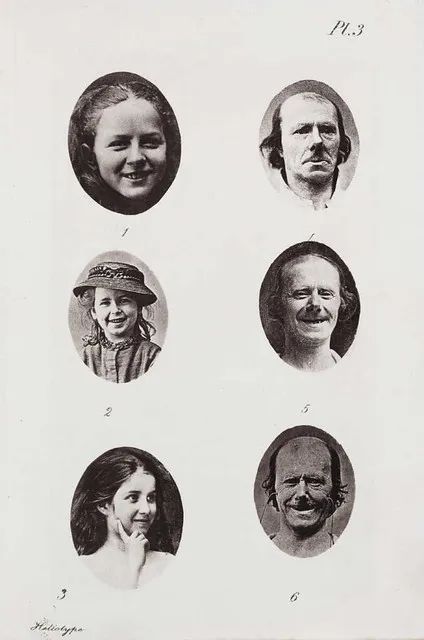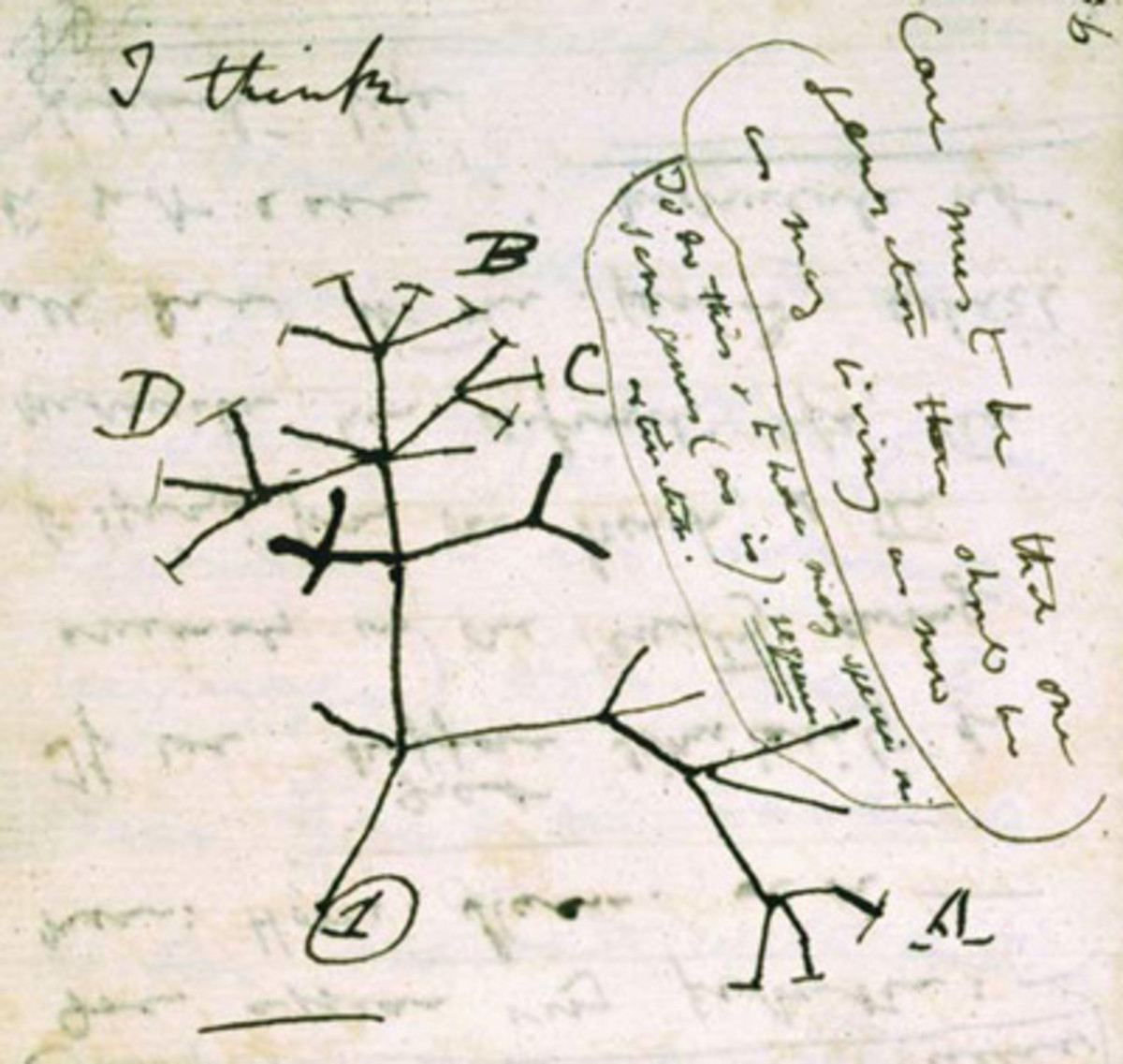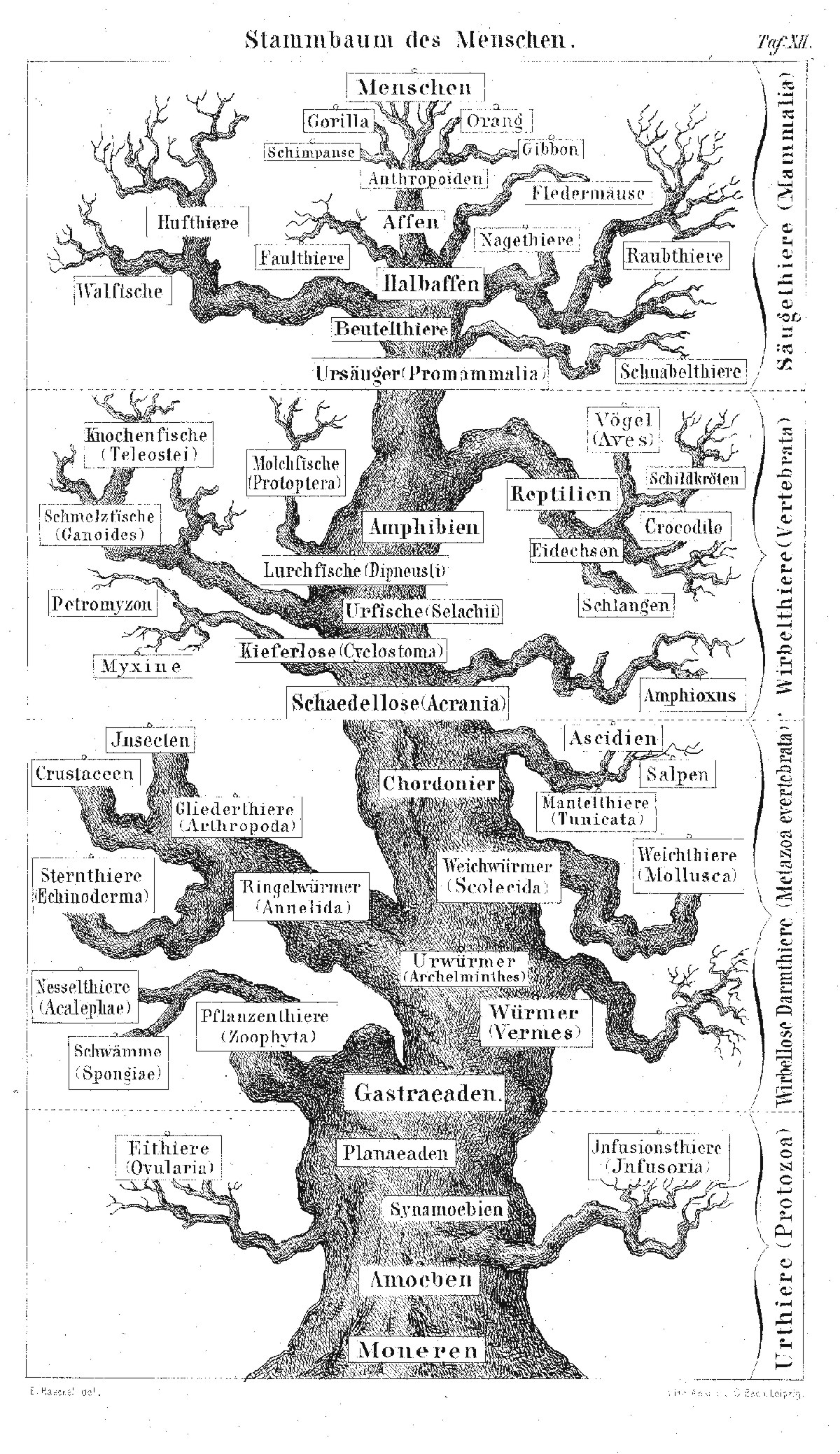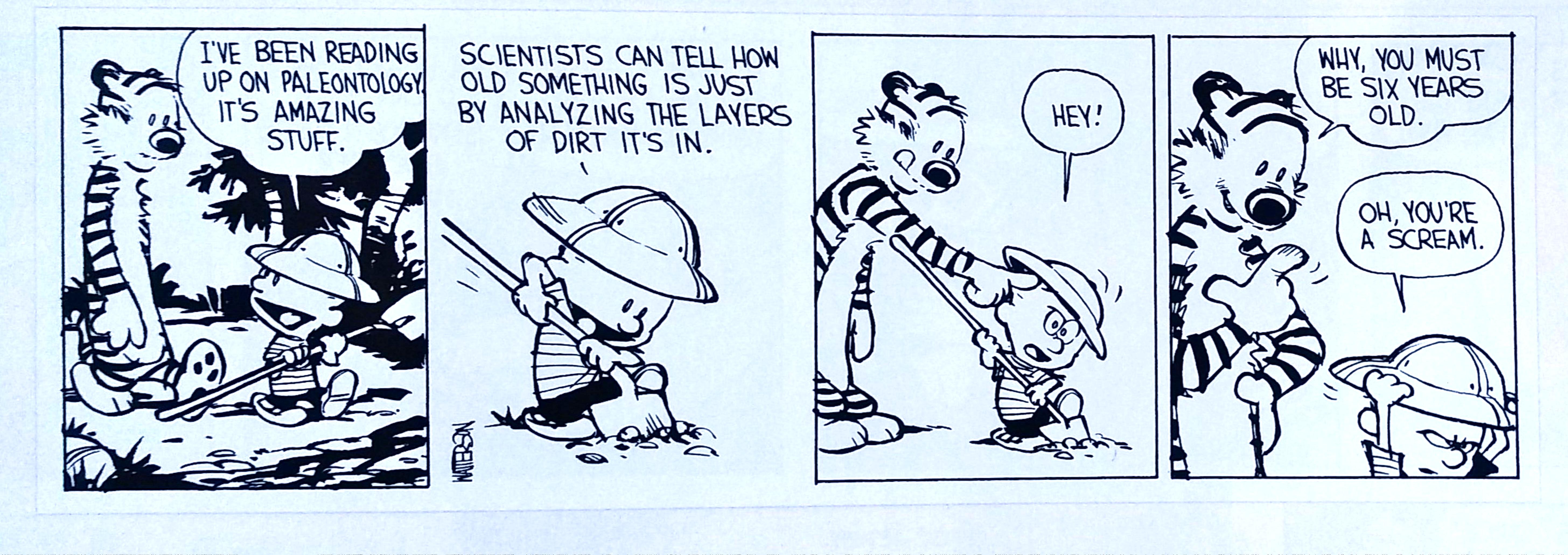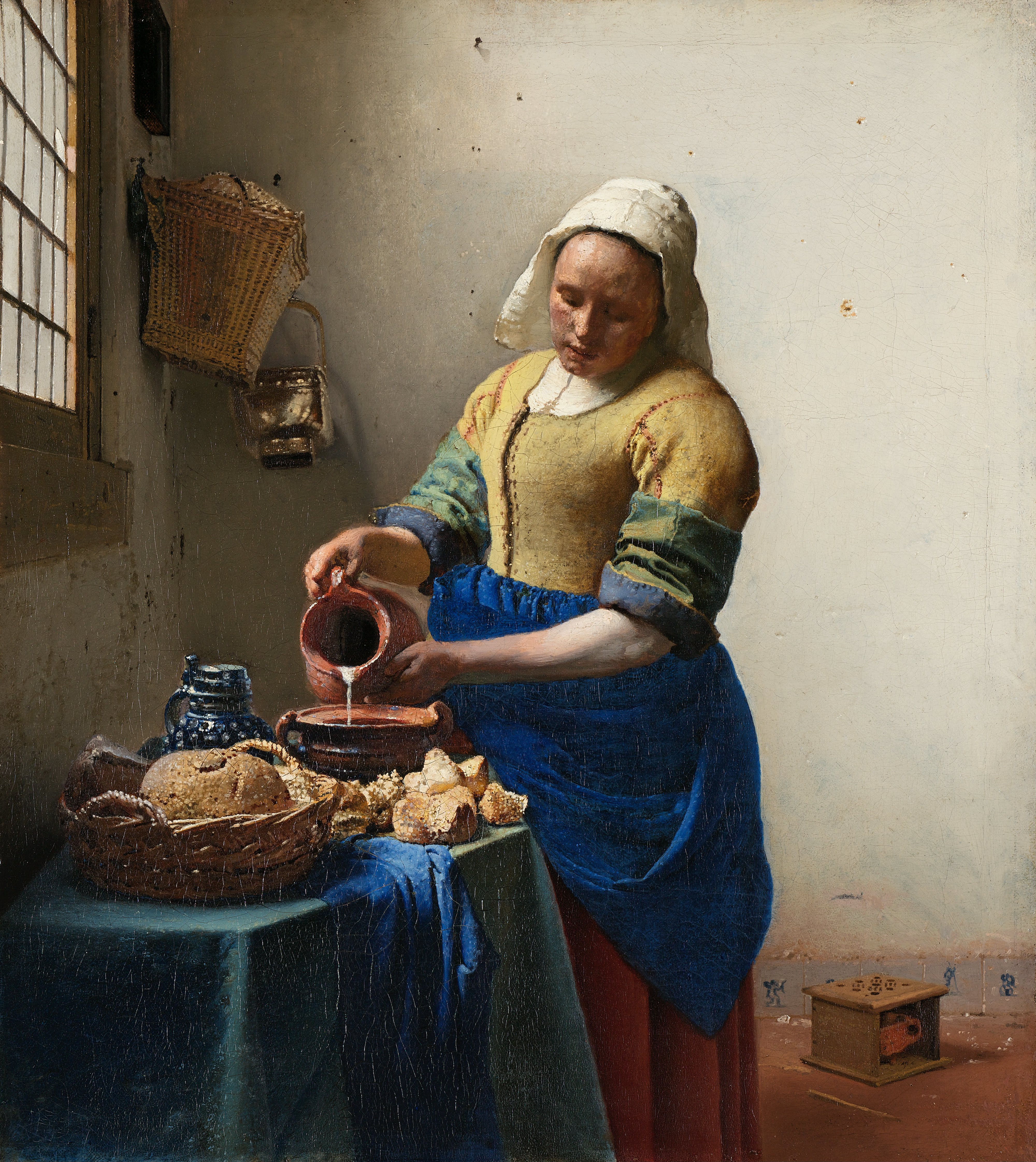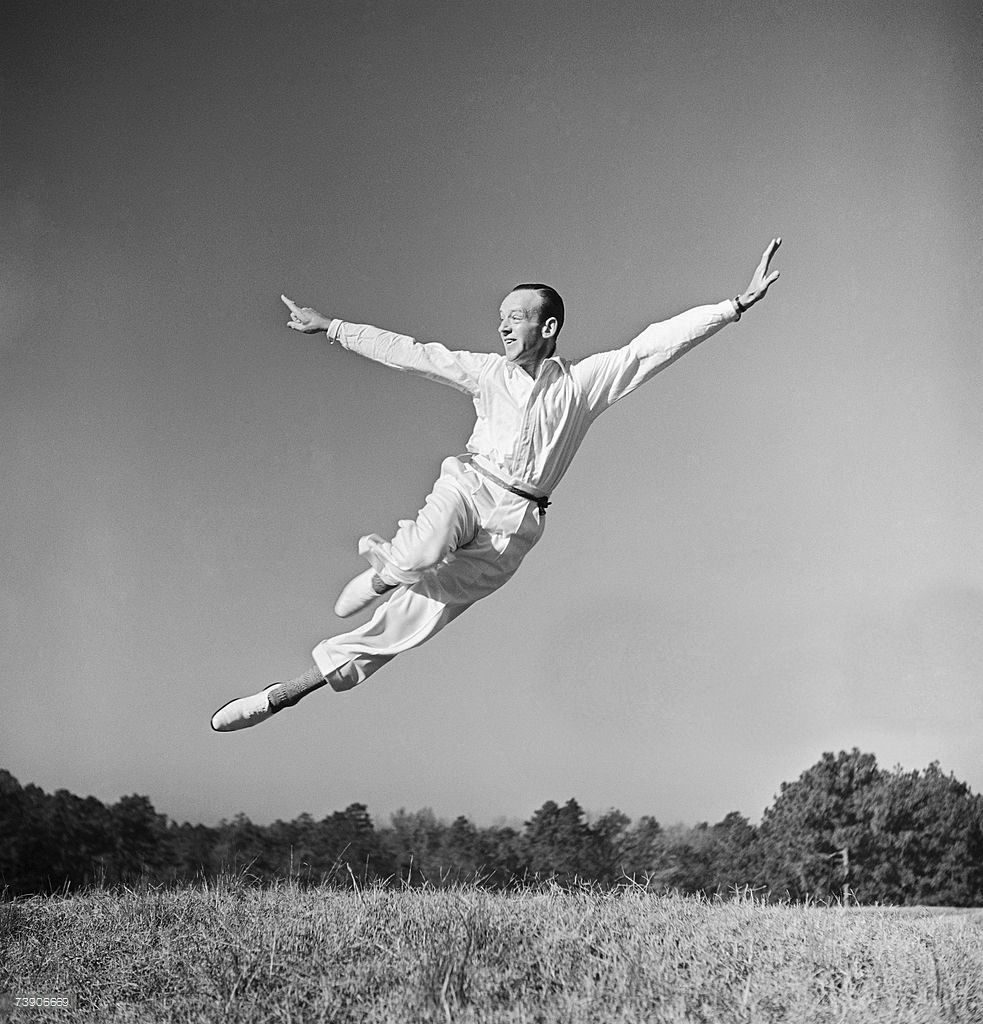Les meves paraules
1ca* m Gos.
2ca [ca, can, cal] cont A casa de. Vés a ca l’adroguer a comprar farina. Tenim hora a cal dentista. A Can Joan s’hi fan les millors paelles de la costa.
3ca interj Expressa desacord. —Et sembla que ho encomanem al Pere. —Ca, home, ho espatllaria tot! I ca! Ca, barret!
cabal m Quantitat d’un fluid que s’escola, en relació al temps. El cabal d’un riu.
cabanya [var.: cabana] f Refugi provisional, barraca. La cabanya del pastor.
cabàs [pl. -assos] m Recipient ample i flexible amb nanses per transportar material. Abocaven la terra a cabassos.
cabdal adj D’allò més. El començament de les coses té una importància cabdal.
cabdell m Forma que pren un fil embolicat sobre ell mateix. Un cabdell de llana.
cabell m 1 Cada un dels pèls del cap. Hi ha un cabell a la sopa. Té bastants cabells blancs. 2 Conjunt dels cabells. Té un cabell aspre.
cabellera f Mata de cabells. Tenia una cabellera llarga i sedosa.
cabina f 1 Petit compartiment tancat, de diferents usos. Una cabina de telèfons. La cabina d’un camió. 2 Compartiment dormitori d’una nau. El passatge inclou una cabina amb bany.
cable m Conjunt de fils trenats. Els cables de la llum, del telèfon. El cable d’un telecadira.
cabot* m Larva de granota: capgròs.
cabota f Part ampla d’un clau oposada a la punta.
cabra f 1 Mamífer de pèl generalment fosc, amb banyes. Un ramat de cabres. 2 Cranc de mar gros i pelut.
cabre [var.: caber] v intr i règ Poder ser contingut (en). Amb una mica d’esforç, hi cabrem tots.
cabrit, cabrida m i f Petit de la cabra.
cabuda f Capacitat. La caixa de la camioneta té poca cabuda.
caca [fam.] f Excrement. A terra hi havia una caca de gos. El menut diu que té caca.
caça f El fet de caçar; conjunt d’animals que poden ser caçats. Vivien de la caça i de la pesca. En aquell bosc hi ha molta caça.
caçador, -a 1 adj Que caça. El lleopard i l’àguila són animals caçadors. 2 m i f Persona que es dedica a la caça. Ja han arribat els caçadors.
caçadora f Jaqueta curta i cenyida a la cintura.
caçar v tr 1 Capturar animals salvatges. Han sortit a caçar conills. 2 [p. ext.] Han sortit a caçar caragols.
cacau m Arbre tropical que fa un fruit del mateix nom, amb el qual es fa la xocolata.
cacauet m Planta de climes secs que fa un fruit del mateix nom que es menja generalment torrat.
cacera f Partida organitzada de caça, acció de caçar. Diumenge aniran de cacera.
cactus m Planta de tronc carnós amb les fulles en forma d’espines.
cada det Indica distribució. Cada casa tenia un jardinet a l’entrada. Vénen cada dijous. Cada u és com és. Cada una de nosaltres ens comprometem a ajudar-te tant com puguem.
cadascú pron Cada persona, cada u. Cadascú ha de ser responsable d’ell mateix.
cadascun, -a det Cada un, cada una [indica distribució]. Va saludar a cadascuna de les companyes.
cadàver m Cos d’una persona morta. Els bombers rescataven els cadàvers de sota la runa.
cadell, cadella m i f Petit de la gossa i d’altres mamífers com la lleona, la lloba, l’óssa, etc.
cadena f 1 Lligam metàl.lic format per peces que van enllaçades. Ha deixat la moto lligada amb una cadena. Si glaça, haurem de posar les cadenes al cotxe. La cadena d’una bicicleta. 2 Nom d’altres coses, fets o processos que recorden una cadena. Una cadena de muntanyes. Una cadena musical. Treball en cadena.
cadenat m Tanca amb una barreta en forma de U que entra a pressió dins del pany. Ha fermat la moto amb cadena i cadenat.
cadernera f Ocell cantor, de colors variats.
cadira f 1 Seient, generalment amb quatre potes i amb respatller. 2 Nom donat a altres seients similars, amb alguna variant. Una cadira de tisora. Una cadira de rodes.
caduc, -a adj Que ha perdut la força, que està destinat a desaparèixer. Un vell caduc. Arbres de fulla caduca. Una associació caduca.
cafè m Arbre tropical amb les llavors del qual es fa una beguda, anomenada també cafè. Un cafè exprés. Un cafè amb llet.
cafetera f Aparell per fer el cafè; recipient per servir-lo. Una cafetera italiana.
cafeteria f Establiment on serveixen cafè i alguns menjars.
cagar v intr Fer de ventre.
caiguda f El fet de caure. Va fer una caiguda espectacular.
caiman m Rèptil americà semblant al cocodril.
caire m 1 Vora d’un desnivell. El caire de la taula. El caire d’un precipici. 2 Aspecte. Aquell tumor tenia un caire no gaire bo.
caixa f 1 Recipient, generalment per al transport. Una caixa de taronges. Una caixa de morts. 2 Receptacle tancat de diferents formes i usos. La caixa de canvis. La caixa negra d’un avió. La caixa d’un instrument musical. 3 Receptacle, establiment, relacionats amb el diner. La caixa forta. Passeu a pagar per caixa. Una caixa d’estalvis.
caixer, caixera m i f Persona encarregada de la caixa d’un establiment. Al supermercat hi havia fins a sis caixeres.
caixó m Recipient més petit que una caixa, generalment sense tapadora, de diferents usos. El caixó dels retalls, de les escombraries, de les joguines.
cala f Entrada de mar en una costa brava. La cala En Blanes és prop de Ciutadella.
calabruix* m Calamarsa.
calaix m Caixó d’un moble, que es pot estirar. Els calaixos d’un armari.
calaixera f Moble de calaixos: *còmoda.
calamar [var.: calamars] m Mollusc de cos allargat, amb vuit braços i dos tentacles. Calamars a la romana.
calamarsa f Precipitació de granets de glaç: *calabruix, *granís.
calamitat f 1 Desgràcia gran. Aquelles inundacions van ser una calamitat. 2 [hip.] Fuig d’aquí, calamitat!
calàpet* m Amfibi més gros que la granota: gripau.
calavera f Esquelet del cap d’una persona.
calb, -a [var. fam.: calbo] adj i m i f Que li ha caigut el cabell. S’ha quedat calb.
calç f Substància blanca que s’obté de la roca calcària. Calç viva. Han donat una capa de calç a l’eixida.
calça *1 f Cada una de les peces de vestir que cobreixen les cames: mitja. 2 calces [var.: calcetes] f pl Peça de roba interior femenina que cobreix les anques: *bragues. 3 Pantalons. Unes calces de vellut. *4 fer calça loc verb Teixir fil o llana amb unes agulles especials: fer mitja.
calçada f Part d’un carrer per on circulen els vehicles.
calçador m Estri que ajuda a fer entrar el calçat.
calcar v tr Copiar un model bo i resseguint-lo. Calcar un mapa.
calçar 1 v tr Posar un calçat. Calça el menut, que ell tot sol no en sap. 2 v tr i intr Dur un calçat. Calçava sabates de xarol. Quin número calces? 3 calçar-se v pron i tr Posar-se un calçat. No em puc calçar aquestes botes tan altes.
calcari, -ària 1 adj Dit de la roca que conté calci. 2 calcària f Roca calcària.
calçat [var.: *calcer] m Nom genèric de les peces que duem als peus per caminar. Una botiga de calçat. No sé quin calçat posar-me per anar a ballar.
calcetí* m Cada una de les peces de vestir que cobreixen els peus: mitjó.
calci m Element que apareix en la natura formant combinacions i és indispensable per formar i enfortir els ossos.
calçons* m pl 1 Pantalons. 2 calçons blancs Peça de roba interior masculina que cobreix les anques: calçotets.
calçotets m pl Peça de roba interior masculina que cobreix les anques: *calçons blancs. Duia calçotets llargs fins a mitja cuixa.
càlcul 1 m Operació matemàtica. Exercicis de càlcul mental. 2 càlculs m pl Previsions. Segons els meus càlculs, estan a punt d’arribar.
calculadora f Màquina per fer operacions de càlcul.
calcular v tr 1 Fer operacions de càlcul. Han calculat la capacitat del dipòsit. 2 Fer previsions. Calculaven que ja no vindria.
caldera f Recipient gran per escalfar aigua, de diferents aplicacions. La caldera de la calefacció. Les calderes d’un vaixell.
caldo m Substància líquida que queda després de bullir aliments de mena diversa, brou. Caldo de gallina, de peix. Caldo vegetal.
caldre [var.: caler] 1 v intr [conjugat només en 3a. persona] Ser necessari, imprescindible, convenir. Ja cal que us espavileu! No cal que l’aviseu. Si cal, ja hi vaig jo. 2 v aux Caldrà fer-ho ben aviat. No calia pas afanyar-se tant.
calefacció f Sistema per escalfar un edifici, un habitatge. A casa hi ha calefacció central.
calendari m Taula on hi ha impresa la distribució de l’any en mesos, setmanes i dies. Per Cap d’Any, totes les caixes i bancs regalen calendaris.
calent, -a adj Que ha agafat calor, que deixa anar calor. L’estofat és massa calent. La verdura encara està calenta. Està calent de febre.
calibre m Diàmetre interior d’un cilindre buit. Un canó de gros calibre.
càlid, -a adj Habitualment calorós. Un clima càlid.
caliu m 1 Brases i cendra que queden d’un foc. S’escalfaven al caliu de la llar. 2 al caliu loc adv Cuit al caliu. Pomes al caliu. 3 [fig.] Ambient cordial i d’entesa. En aquella família hi trobaràs caliu.
callar v intr No parlar; deixar de parlar. El van interrogar una estona llarga, però ell va callar. Quan es va sentir aquell terrabastall, tothom va callar.
callat, -ada adj Que parla poc, silenciós. El seu germà és molt xerraire, però ella és molt callada. Presenciaven callats el dolor d’aquella gent.
cal.ligrafia f Model d’escriptura. Escriu amb una cal.ligrafia força entenedora.
calma f Quietud, lentitud, tranquil.litat. La calma de la mar. Tot ho fan amb calma. Quina calma que es respira en aquesta casa!
calmar v tr Fer menys viu. Unes pastilles que calmen el dolor. Estaven molt empipats, però els va poder calmar.
calor f Energia que es manifesta amb un augment de la temperatura. Al juliol fa molta calor.
caloria f Unitat d’energia. Una dieta baixa en calories.
calorós, -osa adj Que fa sentir la calor. Un setembre calorós.
calúmnia f Acusació greu i falsa. Dir que havia estafat els socis va resultar una calúmnia.
cama f Cada una de les extremitats inferiors en les persones, especialment la part que va del genoll al turmell.
camal [var.: *cama f] m Cada una de les peces d’un vestit que cobreixen les cames. Els camals d’uns pantalons.
camaleó m Rèptil que pot canviar el color de la pell.
camàlic m Persona que transporta càrrega a coll.
camamilla [var.: *camamil.la] f Herba medicinal molt utilitzada en infusions.
cambrer, cambrera m i f Persona que serveix en un establiment de begudes o de menjars, o que està al càrrec de les habitacions en un hotel, un vaixell, etc.
camell, camella m i f 1 Mamífer que té una o dues gepes dalt del llom. 2 [fig.] Traficant de droga a la menuda.
càmera [var.: cambra] f Aparell de gravar imatges. Una càmera de televisió, de vídeo, de cine. Una càmera fotogràfica.
fer la cameta* loc verb Posar la cama davant d’algú per fer-lo caure: fer la traveta.
camí m 1 Via de comunicació, generalment estreta i sense pavimentar. El camí passava per la vora de l’estany. 2 El fet de seguir una ruta, ruta en general. Se’n va anar camí d’Igualada. A ca la tia m’agafa de camí. “Tots els camins duen a Roma.”
caminada f Acció de caminar, especialment d’una certa llargària. A l’estiu fa bones caminades.
caminar v intr Fer anar les cames per desplaçar-se. En Guillem va caminar aviat. Caminava a poc a poc. Els uns van a peu i els altres caminant. Han caminat tota la nit.
camió m Automòbil gran per al transport. El camió de la brossa. Un camió cisterna.
camioner, camionera m i f Persona que duu un camió.
camioneta f Camió de mida mitjana.
camisa [var.: *camia] f Peça de vestir amb mànigues, que cobreix el tronc. Una camisa de màniga curta, de màniga llarga. Una camisa de dormir
camiseta f 1 Peça de roba interior que cobreix el tòrax, samarreta. Una camiseta de llana. 2 Peça superior de l’equip de molts esportistes, samarreta. Lluïa la camiseta amb els colors de l’equip.
camp m 1 Oposat a ciutat. Viuen al camp. Els problemes del camp. 2 Terreny de cultiu. Un camp d’arròs. 3 Terreny de joc. Un camp d’esports. Un camp de futbol, de tenis.
campament m Instal.lacions a l’aire lliure. Campament d’alpinistes. Campament militar.
campana f Instrument de percussió en forma de vas, generalment metàl.lic. Les campanes de la torre.
campanar m Torre on hi ha les campanes. El campanar de l’església.
campaneta f Campana petita.
campanya f Conjunt d’accions de propaganda programades. La campanya electoral. Una campanya publicitària.
camperol, -a adj i m i f Pagès. Vida camperola. Els obrers i els camperols.
càmping m 1 Terreny amb instal.lacions per acampar-hi amb tenda. Sempre anem a un càmping vora mar. 2 Pràctica d’acampar. Recorreran Europa fent càmping.
campió, -ona adj i m i f Que ha guanyat un campionat. La canoa campiona. El campió va pujar al pòdium.
campionat m Conjunt de competicions reglamentades en què s’opta per uns títols. Els campionats mundials de futbol.
camuflar v tr Amagar o dissimular l’aspecte d’una cosa. Camuflava la mercaderia més poc vistosa a sota de l’altra.
canadelles* f pl Joc de setrills: setrilleres.
canal m 1 Conducció o via artificial d’aigua per a les comunicacions, l’abastiment. El canal d’Urgell. El canal de Panamà. 2 Braç de mar entremig de dues terres. El canal de la Mànega. 3 Banda de freqüència en una transmissió. Un canal de televisió. 4 [var.: canalera] f Desguàs de la part alta d’una construcció. La canal del terrat, de la teulada.
canalla f Conjunt de criatures: xicalla Un espectacle per a la canalla.
canari, canària m i f Ocell de color groc, bon cantor.
càncer m Malaltia greu en què es formen tumors.
cançó f Composició musical per ser cantada. Una cançó de bressol.
candela f Espelma curta i prima.
càndid, -a adj De bona fe. Tot s’ho creu, és així de càndid.
candidat, candidata m i f Persona que opta per un càrrec, un lloc de treball, un premi, etc. Cada partit ja ha elaborat la llista dels seus candidats.
canell m Articulació de l’avantbraç amb la mà: *monyica. La tenista té un bon joc de canell.
caneló [gen. en pl.] m Rotllets de pasta farcida de carn o de verdures, acompanyats de salsa i gratinats al forn.
cànem [var.: *cànyom] m Fibra treta d’una planta del mateix nom amb la qual es fan cordes o cordills.
cangur 1 m Mamífer d’Austràlia que camina fent salts servint-se d’unes potes posteriors molt potents i d’una llarga cua. 2 [fig.] m i f Persona que cuida infants en absència dels pares. A les set vindrà la cangur.
caníbal adj i m i f Que menja carn humana.
canó m 1 Arma de foc que tira projectils de gran abast. Uns canons antiaeris. 2 Tub d’una arma de foc. Una escopeta de dos canons.
canoa f Bot lleuger d’estructura allargada.
canòdrom m Instal.lacions esportives per a curses de gossos llebrers.
canonada f 1 Conducció en forma de tub. Les canonades de l’aigua, del gas. 2 Tret de canó. Se sentien canonades.
cansalada f Part grassa de color blanc de sota la pell del porc: *xulla. Cansalada fumada. Cansalada viada.
cansalader, cansaladera m i f Persona que té una cansaladeria i hi despatxa.
cansaladeria f Botiga on venen productes del porc.
cansament [var.: *cansera] m 1 Estat del qui està cansat. Del cansament que duia, s’adormia dret. 2 Tip. Quin cansament d’anuncis!
cansar 1 v tr Provocar cansament. Em cansa sentir-te sempre la mateixa cançó. 2 cansar-se v pron i règ Només de veure’ns treballar, ja es cansa. M’he cansat d’esperar, me’n vaig. Et canses per no res. 3 cansar-s’hi v pron Insistir. No us hi canseu, que no el podreu convèncer.
cansat, -ada adj 1 Que té l’energia minvada a causa d’un excés d’activitat. Al cap de deu hores seguides de treballar, estava cansat que no podia més. 2 Que provoca cansament. Un esport molt cansat. 3 adj règ Tip. Estic cansat de sentir-te, para d’una vegada!
cant m 1 El fet de cantar. Se sentia un cant llunyà. El cant dels ocells. 2 Tècnica de fer servir la veu per cantar. Ha estudiat cant al Conservatori. Cant coral.
cantaire [var.: cantor] m i f Persona que canta en una coral. S’han aplegat tots els cantaires del barri per fer un concert.
cantant m i f Persona que es dedica professionalment al cant. Un cantant d’òpera.
cantar v tr i intr Produir sons musicals amb la veu. Vaig sentir cantar John Lennon en persona. La soprano va cantar unes cançons noves.
cantarella f Manera peculiar de parlar. Per la cantarella, va conèixer que no era de ciutat.
cantautor, cantautora m i f Cantant que compon les pròpies cançons.
cantimplora f Recipient de coll estret i tap amb rosca per portar-hi aigua en una excursió.
càntir [var.: *cànter] m Recipient de terrissa per beure aigua: *botija.
cantó m 1 Angle d’una habitació, d’un moble, etc. Els cantons d’una taula. A un cantó del menjador hi havia una taula raconera. 2 Confluència de carrers o de camins, cantonada. La casa del cantó. Viuen a un cap de cantó. Els quatre cantons. 3 Banda. Viuen a l’altre cantó de poble. Ho diuen per tots els cantons.
cantonada [var.: cantó m] f Confluència de dos carrers; angle que hi formen les cases. Visc a la segona cantonada. L’edifici de la cantonada, que fa cantonada.
cantor, -a adj i m i f Que canta. Ocells cantors. Els cantors d’una coral.
canvi 1 El fet de canviar, de transformar-se. En cinc anys, quin canvi que ha fet el barri! 2 Diners petits, moneda. Si tothom em paga amb bitllets grossos, em deixareu sense canvi. Que té canvi de deu mil? 3 Divises per canviar. L’oficina de canvi de l’estació no tanca mai.
canviar 1 v intr i règ Transformar-se. Amb els anys, li ha canviat molt el caràcter. 2 v tr Bescanviar. Canviaven cromos. 3 Comprar divises. Vull canviar uns dòlars.
canya f Tija dura de certes plantes. Canya de sucre. Un cobert de canya.
1canyella [var.: canella] f Part de davant de la cama. Els cops a la canyella són molt dolorosos.
2canyella f Escorça seca de l’arbre anomenat canyeller que es fa servir com a condiment. Canyella en pols.
caos m Desordre i confusió totals. Després del terratrèmol, allò va ser un caos.
1cap m 1 Part superior del cos de les persones i del davant de molts altres animals. Té un cap molt gros. Li fa mal el cap. Va entrar la pilota d’un cop de cap. 2 [fig.] Capacitat intel.lectual, pensament. Té molt de cap per als negocis, per als estudis. No sé pas on tens el cap!
2cap m 1 Extrem, acabament. El cap de la Nau. El cap de taula. D’un cap a l’altre de la ciutat. El cap d’any. S’ha xafat el cap del dit gros. No va tornar fins al cap de molts anys. A què treu cap, aquesta bestiesa? Al cap i a la fi, a qui aprofita tot això? 2 m i f Persona que mana, governa, dirigeix, etc. Tots obeïen el cap. El cap d’Estat. Una cap de negociat. És el cap de colla.
3cap det 1 [en frases negatives] Ni un, ni una. Vaig anar a caçar bolets i no en vaig trobar cap. 2 [en frases condicionals i interrogatives] Algun. Si en trobes cap, m’avises. Que has vist cap peça de la màquina, per aquí damunt?
4cap (a) prep En direcció a. Els he vist que pujaven cap dalt. Que si cap aquí…, que si cap allà… Cap a quina banda vols que estirem?
capa f Peça ampla i llarga d’abric, amb vol i sense mànigues.
capaç adj Que té capacitat (de, per). No els veig prou capaços per tirar-ho endavant. Aquella, és ben capaç de no venir! Les tietes són capaces d’enredar-ho tot.
capacitat f 1 Qualitat de poder fer. Té molta capacitat per als negocis. 2 Propietat de contenir, cabuda. Quina capacitat té, aquesta sala?
capatàs [pl. -assos] m Cap d’una colla de treballadors.
capbussada [var.: cabussada f, cabussó m] f Acció de capbussar-se: *capfico. Es desafiaven a fer capbussades.
capbussar-se [var.: cabussar-se] v pron Tirar-se de cap dins l’aigua: *capficar-se. Es capbussaven fins a tocar fons.
capçada f Conjunt de les branques d’un arbre.
capçal m Part del llit on descansa el cap.
capçalera f 1 Barana superior d’un llit. Un metge de capçalera. 2 Titular d’un diari. Avui totes les capçaleres en van plenes, de la notícia. 3 Naixement d’un riu.
al capdamunt (de) loc adv i prep A la part més alta. Es va enfilar fins al capdamunt del mur. Ja són al capdamunt.
al capdavall (de) loc adv i prep Després de tot, al final. Quan arribaràs al capdavall del carrer, tomba a la dreta. Tant presumir d’objectius i al capdavall sempre ho exageren tot! Ja són al capdavall.
capdavanter, a adj i m i f El més destacat. Tecnologia capdavantera. És el capdavanter en la seva especialitat.
capell* m Peça que cobreix el cap: barret.
capella f Església petita o que forma part d’una altra. La capella de santa Àgata. Les capelles del voltant del claustre.
capellà m Sacerdot catòlic.
capficar-se *1 v pron Capbussar-se. 2 capficar-se(-s’hi) [fig.] Preocupar-se obsessivament. Es capfica per no res. No sé per què t’hi capfiques; ja veuràs com tot acabarà bé.
capfico* m Capbussada.
capgròs [pl. -ossos] m 1 Larva de granota: *cabot, *cullereta. Observaven els capgrossos de la bassa. 2 Personatge de les festes populars que sol acompanyar els gegants.
capil.lar adj Referent als cabells. Loció capil.lar.
capità, capitana m i f 1 Grau militar entre el de tinent i el de comandant. 2 Esportista que representa l’equip on juga.
1capital m El diner com a instrument de producció. Ha invertit tot el seu capital en la compra de terrenys. El capital d’una empresa.
2capital 1 adj De la màxima importància. És una qüestió capital. 2 f Ciutat cap, o que destaca en alguna activitat. La capital de l’estat. París és la capital de França. Una capital de comarca, de província. Una capital comercial. La capital de l’art, de la moda…
capitalisme m Sistema econòmic, social i polític, basat en la propietat privada dels mitjans de producció.
capitalista adj i m i f Que controla, que (hi) aporta el capital. Un soci capitalista.
capítol m Cada una de les parts d’un llibre. Una novel.la de trenta capítols.
capó m Coberta del motor d’un cotxe. Va aixecar el capó per comprovar el nivell de l’oli.
capoll m 1 Embolcall d’algunes larves d’insecte. Un capoll de seda. *2 Flor que encara no s’ha obert: poncella.
caporal, caporala m i f Grau militar, el més baix després de soldat ras.
capritx [var.: caprici] m Desig sobtat sense motiu clar. Té el capritx de tirar-se en paracaigudes.
capsa f Recipient amb tapadora, generalment per presentar una mercaderia. Una capsa de sabates, de bombons, de mistos, de pastilles. Una capsa de música.
càpsula f Recipient relativament petit de diverses característiques i aplicacions. Una càpsula espacial. Un medicament en càpsules. La càpsula d’un projectil.
captaire m i f Persona que demana caritat. Els carrers de la ciutat eren plens de captaires.
captar 1 v tr Rebre un senyal òptic, acústic, etc. Aquest aparell no capta bé les imatges. 2 [fig.] Comprendre. No he captat bé això que m’ha dit. 3 v intr Demanar caritat. Van trobar un pobre que captava.
captura f El fet de capturar. Van anar a la captura d’un exemplar de cabra hispànica.
capturar v tr Apoderar-se (de) després de perseguir(-lo). Han capturat uns tigres vius per al zoo.
caputxa f Peça per cobrir el cap, generalment com a complement d’un abric, una capa, un anorac, un impermeable, etc.
capvespre m 1 Part del dia quan comença a fer-se fosc. *2 Tarda.
car, -a 1 adj Que sobrepassa de molt un preu mitjà. Les sabates de pell són molt cares. 2 car adv Aquells venen molt car.
cara f 1 Part anterior del cap de molts animals. Té una cara ampla, rodona, allargada. 2 Aspecte. Fas mala cara. Aquest pastís fa bona cara. 3 Costat. La cara nord d’un edifici. Les cares d’una moneda, d’una medalla, d’un poliedre. Ens vam trobar de cara.
carabassa [var.: carbassa] 1 f Fruit comestible d’horta, carnós i arrodonit, de color groc ataronjat. 2 m El color carabassa.
carabassó [var.: carbassó] m Fruit comestible d’horta, carnós, allargat i verdós.
caràcter m Manera de ser. Un caràcter obert, tancat, alegre, melancòlic. Tenir bon caràcter, mal caràcter.
característic, -a adj Que li és propi. Té una manera de caminar característica.
característica f Tret, allò que defineix. Tots dos arbres tenien unes característiques semblants.
caracteritzar(-se) v tr, pron i règ Definir(-se) segons uns trets característics. Aquella música es caracteritzava pel seu ritme viu.
caragol [var.: cargol] m 1 Mollusc amb closca en espiral. Un caragol bover. Un caragol de mar. 2 Barreta metàl.lica que té una part roscada, per unir peces. Per collar aquests caragols, hi farà falta un tornavís més prim.
caragolar [var.: cargolar] v tr Donar forma de caragol, enrotllar. Caragolar un paper, un mapa.
caram [var.: carai, caratxos] interj Indica sorpresa. Caram!, tu per aquí?
caramel [var.: *caramel.lo] m Llaminadura feta amb sucre cremat i altres ingredients. Caramels de menta, de maduixa, de cafè amb llet.
caramull* m Munt.
carassa* [var.: *carotxa, *carussa] f Ganyota.
caravana f 1 Filera de vehicles. A la tornada, vam tenir caravana. 2 Remolc habitatge arrossegat per un cotxe, rulot.
carbó m Substància sòlida combustible de color negre. Carbó vegetal. Carbó mineral.
carboner, carbonera m i f Persona que fa carbó o que en ven.
carboni m Element que es troba en el carbó.
carburador m Part del motor d’explosió que fa la mescla.
carburant m Combustible dels motors de combustió interna.
carcassa f Estructura interna. La carcassa d’una nau.
card m Planta de fulles i tija amb espines, que sol fer unes flors vistoses.
cardinal adj Referit als punts de l’horitzó que permeten d’orientar-nos. Els quatre punts cardinals.
carena f Línia que divideix els vessants al capdamunt d’una serralada.
carestia f Condició d’escàs. Hi havia carestia de productes de consum.
careta f 1 [var.: carota] Peça imitant una cara que se sol dur per Carnaval. 2 Peça protectora de la cara en certs esports i oficis.
caricatura f Retrat d’algú amb els trets exagerats.
carícia f Mostra d’afecte que es fa passant la mà per alguna part del cos.
càries f Malaltia que destrueix les dents.
caritat f Allò que es dóna a algú que passa necessitat. Viuen de la caritat dels altres.
carn f 1 Els músculs del cos dels animals per oposició als ossos, la pell, etc. Un home eixut de carns. 2 La carn dels animals considerada com a aliment. Carn de vedella, de porc, de pollastre. Cada dijous mengen carn d’olla. Carn a la brasa.
carnaval [var.: carnestoltes] m Conjunt de festes que se celebren al febrer, en què la gent es disfressa.
carnet m Document personal que acredita alguna condició de la persona. El carnet de conduir. El carnet d’identitat.
carnisser, -a 1 adj Dit de les feres que s’alimenten de carn, carnívor. 2 m i f Persona que despatxa en una carnisseria.
carnisseria f Botiga on venen carn, especialment de vedella i de xai.
carnívor, -a adj Que menja carn, dit especialment de certs mamífers. El lleó és carnívor.
carnós, -osa adj De la consistència de la carn. Un fruit carnós.
carpeta f Receptacle format per dos cartons forts plegats sobre si per posar-hi papers, documents, etc. Guarda els rebuts en una carpeta.
càrrec 1 m Ocupació que comporta una responsabilitat. Han convocat una reunió de tots els empleats que tenen algun càrrec a l’empresa. 2 Culpa, acusació, greuge. El fiscal va presentar uns càrrecs molt greus contra ell. 3 (anar, ser, estar) a càrrec de loc verb Tenir-ne l’obligació, la responsabilitat (de). Cada grup de taules està a càrrec d’un cambrer. Les despeses van a càrrec de l’empresa. 4 fer-se càrrec (de) loc verb Comprendre. No he presenciat la seva actuació, però me’n faig càrrec. La canalla són així d’entremaliats, ja me’n faig càrrec. 5 Encarregar-se (de), ocupar-se (de). Qui es farà càrrec de la nena?
càrrega f 1 Allò amb què es carrega un vehicle, una arma, una bateria elèctrica, etc. El transportista ha fet un viatge amb poca càrrega. 2 Acció de carregar. “Prohibit aparcar, excepte en cas de càrrega i descàrrega.”
carregador m Part d’una arma de foc on va la càrrega.
carregament m Càrrega d’un mateix gènere que és transportada. La policia ha descobert un carregament de tabac.
carregar v tr 1 Col.locar gènere, equipatge, etc. en un vehicle per transportar-lo. Ja carreguen l’equipatge dalt de l’avió. 2 Collocar dins d’un estri, d’un aparell, etc. un element necessari. Carregar una arma, la ploma estilogràfica, la càmera, la bateria…
carregat, -ada adj règ 1 Que duu molta càrrega. “Un carro carregat de rocs.” 2 [fig.] Que en té massa. Un vell carregat d’anys.
carrer m Via de trànsit en una població. El fred va buidar els carrers.
carrera f 1 Estudis que condueixen a l’obtenció d’un títol superior. La carrera d’advocat, de metge. 2 Cursa. Un cavall de carreres. Carreres de cotxes.
carreró m Carrer estret i curt. Un carreró sense sortida.
carret m Rodet de fotografia. Per fer totes les fotografies que vols, necessitarem ben bé dos carrets.
carretera f Via important de comunicació entre poblacions. Una carretera comarcal. Un mapa de carreteres.
carretó [var.: carret] m Vehicle petit de diferents formes per transportar càrregues petites o mitjanes. El manobre empenyia un carretó ple de sacs de ciment.
carril m Banda d’un carrer, d’una carretera per a la circulació. Un carril de bicicletes. El carril de l’autobús. Una autopista de quatre carrils.
carro m Vehicle gran de rodes tirat per cavalls o mules.
carrossa f 1 Vehicle luxós de rodes que es feia servir per al transport de viatgers. Va arribar el príncep dalt la carrossa. 2 Plataforma vehicle guarnida per a certes festes. La carrossa del nostre carrer era la més guarnida.
carrosseria f Caixa metàl.lica d’un automòbil. Ha fet pintar de nou la carrosseria.
carruatge m Vehicle tirat per animals.
carta f 1 Escrit que enviem per correu. Em sembla que tenim carta de ta germana. 2 Cada una de les cartolines d’un joc de cartes. Li agrada molt jugar a cartes.
cartabó m Estri en forma de triangle isòsceles rectangle per traçar línies o angles.
cartejar-se v rec Escriure’s cartes entre si. Tota la família es cartejava sense parar.
cartell m Full amb il.lustracions i text que conté informació publicitària. Han enganxat els cartells que anuncien el concert.
cartellera f 1 Secció d’un diari on s’anuncien els espectacles. 2 Plafó per a informacions.
carter, cartera m i f Persona que distribueix la correspondència del servei de correus.
cartera f Receptacle pla de diferents mides, amb tapadora i sovint amb nansa, per guardar-hi documents, papers, llibres, carpetes, etc.
cartó [var.: cartró] m Material rígid en forma de fulls fet de pasta de paper. Una capsa de cartó.
cartolina f Cartó prim i fi. Cartolines de dibuix.
cartutx m Peça formada per la càrrega explosiva i el projectil d’una arma de foc.
carxofa [var.: escarxofa] f Hortalissa carnosa formada per tot de fulles apinyades. Carxofes a la brasa.
cas 1 m Situació, esdeveniment, fet concret. Un cas desgraciat. “Un cas com un cabàs.” 2 fer cas loc verb Donar importància. Es va ficar bosc endins sense fer cas dels avisos de perill. 3 en cas que loc conj Si. En cas que el vegeu, no li digueu pas el que ha passat. 4 si de cas, en aquest cas, en cap cas loc adv Avisa’m, si de cas. En aquest cas, ho faré jo. En cap cas no li confiaria els meus secrets.
casa f 1 Construcció per viure-hi. Una casa de set pisos. Una casa abandonada. Viuen en una casa de lloguer. 2 La llar. Enyorava casa seva. Els diumenges s’estan a casa.
casal m Centre on es fan activitats. El casal dels avis.
casament m Acte de casar-se. Volen celebrar el casament amb un banquet.
casar 1 v tr Celebrar un matrimoni. Els va casar l’alcaldessa. 2 casar-se v pron Contraure matrimoni. Es van casar al cap de set anys de viure junts.
casat, -ada adj i m i f Que viu en matrimoni. Un home casat. El nombre de casats minva.
casc m Peça protectora del cap. El casc d’un motorista, d’un jugador de rugbi.
cascada f Salt d’aigua. La cascada del parc.
cascavell m Petita esfera metàl.lica amb una boleta a dintre que la fa sonar. “Qui posarà el cascavell al gat?”
casella f Cada un dels compartiments regulars d’un espai. Les caselles d’un escaquer.
casera* f Receptacle artificial d’un eixam d’abelles: rusc.
caserna f Instal.lacions militars on s’està la tropa. Una caserna de la guàrdia civil.
caseta f Habitatge o cobert petit de diferents usos. La caseta del guarda. La caseta del gos.
casino m 1 Societat d’esbarjo. Cada tarda va al casino a fer tertúlia. 2 Establiment de joc. El casino de Montecarlo.
casolà, -ana adj De casa, fet a casa, amant de la casa. Menjars casolans. Fan una vida molt casolana.
caspa f Laminetes de pell seca que es desprenen del cap.
casserola f Recipient de cuina rodó, gran i fondo amb un mànec llarg.
casset 1 f Estoig amb cinta magnètica per gravar i reproduir sons. Té una casset amb les millors cançons dels Beatles. 2 m Magnetòfon de casset. El meu casset sona molt bé.
cassó [var.: *casset] m Recipient de cuina rodó, petit i fondo amb un mànec curt.
cassola f Recipient de cuina rodó, de diferents fondàries, amb nanses o sense i de diferents mides, fet de terra o de metall.
casta* f Mena, espècie. A l’aquari hi ha tota casta de peixos.
castanya f Fruit comestible del castanyer.
castanyer m Arbre alt, de fulla gran i caduca, que fa les castanyes.
castanyoles [var.: *castanyetes] f pl Instrument de percussió consistent en dues peces de fusta que van agafades a les mans per fer-les sonar.
castell m Fortalesa o residència dels antics nobles o reis.
castellà, -ana 1 adj i m i f De Castella, 2 [p. ext.] Que parla castellà. 3 castellà m La llengua castellana.
càstig [var.: *castic] m El fet de castigar. No li agrada servir-se dels càstigs, sinó del raonament.
castigar v tr Imposar una sanció, una pena. El van castigar a no veure el partit.
castor m Mamífer nedador que viu prop de l’aigua.
castrat, -ada adj Dit de l’animal o de la planta que han estat privats dels òrgans reproductors.
casual adj Que s’esdevé per casualitat. Un descobriment casual.
casualitat 1 f Cas que es produeix per una coincidència, atzar. Va ser una casualitat trobar-lo. 2 per casualitat loc adv D’una manera casual. La van encertar per casualitat.
català, -ana 1 adj i m i f Referent a Catalunya o a la llengua catalana. 2 català m La llengua catalana.
catàleg m Relació ordenada d’edicions, d’obres d’art, de productes, etc. El catàleg d’una editorial.
catarro m Malaltia infecciosa que provoca forts accessos de tos.
catàstrofe f Desastre de grans dimensions. Les inundacions van provocar una catàstrofe en tota la regió.
catedral f Església cristiana on hi ha la seu d’un bisbe.
catedràtic, catedràtica m i f Docent d’ensenyament mitjà o universitari que ha superat les proves màximes dins de la seva categoria.
categoria f Agrupació d’acord amb un ordre d’importància. Júnior i sènior són diferents categories de l’esport segons l’edat.
catifa f Tapís que s’estén a terra en una habitació, una escala, etc., estora. La catifa del menjador.
catòlic, -a adj i m i f Referent a l’Església catòlica. Doctrina catòlica. Són catòlics practicants.
catorze 1 det En nombre de catorze. Una novel.la de catorze capítols. 2 m El nombre 14.
catxerulo* m Joguina feta de tela o de paper tensats damunt d’una carcassa, amb una cua, que s’enlaira amb el vent: estel.
cau m 1 Forat o amagatall de certs animals de bosc. El conill va sortir del cau. 2 [fig.] Amagatall. A dalt a les golfes hi tinc el meu cau.
caure v intr 1 Anar avall atret per la llei de la gravetat. Ha caigut la barana del balcó vell. Va ensopegar amb el portal i va caure tan llarg com era. Ha caigut per les escales i s’ha trencat tots dos braços. 2 [fig.] El nou secretari em cau bé.
causa 1 f Raó que provoca un fet. La mala sort ha estat la causa de la desgràcia. S’ha interromput l’emissió per causes tècniques. 2 a causa de loc prep Van quedar aïllats a causa de la forta nevada.
causar v tr Provocar un fet. L’accident va ser causat per la imprudència dels dos conductors.
cava f Xampany. Brindaven amb cava.
cavalcar v tr Anar dalt de cavall. Cavalcava un preciós cavall àrab.
cavall m Mamífer corredor, molt apreciat per la seva velocitat.
cavalla* f Peix de cos allargat que es menja fresc i en conserva: verat.
cavaller m 1 Antigament, home armat que disposava de cavall. 2 Home educat. És tot un cavaller.
cavallet 1 m Suport d’una tela de pintor, d’una taula provisional. 2 cavallets m pl Atracció de fira formada per una plataforma que gira amb diferents elements on enfilar-s’hi.
cavar v tr Remoure la terra amb una eina; fer-hi un clot. Abans de plantar els alls, hauries de cavar una mica el tros. Els obrers cavaven una rasa per a les conduccions elèctriques.
caverna f Cova.
caviar m Menja a base d’ous d’un peix anomenat esturió.
cavitat f Espai buit en un cos, una superfície. Les cavitats nasals. Les cavitats d’una roca.
ceba f Planta d’horta cultivada pel seu bulb, anomenat també ceba. Una sopa de ceba. Conill amb cebes. Botifarró de ceba.
cec, cega [var. fam.: cego] adj i m i f Persona privada del sentit de la vista. És cec de naixement.
cedir 1 v intr No resistir a una pressió. La branca era tan carregada de fruita, que va cedir. Davant de tanta insistència, va acabar cedint. 2 v tr Donar sense reclamar els seus drets. Li va cedir part de l’herència.
cedre m Arbre molt alt de fulla perenne i de capçada irregular.
cel m L’espai que hi ha damunt nostre com una volta. L’avió era un puntet allà en el cel.
celebració f Fet de celebrar.
celebrar v tr 1 Manifestar acord, alegria, per un fet que jutgem adequat, beneficiós. Celebrem que estigueu d’acord amb la nostra decisió. Han celebrat el naixement del fill amb una festa. 2 Dur a terme un ritual. Celebrar un funeral. Celebrar eleccions legislatives.
cèlebre adj Famós, d’anomenada. Marie Curie es va fer cèlebre pels seus treballs científics.
celeste adj Referent al cel, a l’espai. Els cossos celestes.
cella f Cada un dels arcs de pèls que hi ha a la part de dalt de les òrbites dels ulls.
cel.la f Habitació de presó, de monestir, etc. El van dur a la cel.la de càstig.
celler m 1 Local subterrani on s’elabora i es guarda el vi. *2 Lloc on es guarda els queviures: rebost.
cel.lofana f Paper transparent.
cèl.lula f Unitat microscòpica dels éssers vius.
celobert m Pati tancat i obert per dalt entre edificis contigus o dins d’un mateix edifici: *desllunat, *mompeller. Se sentia enraonar la gent dels pisos pel celobert.
cementiri [var.: *cementeri] m Lloc on s’enterra els morts. Cementiri municipal.
cendra f Residus amb aspecte de pols grisa que queden després de cremar completament materials com ara fusta o carbó.
cendrer m Recipient per llençar-hi la cendra dels cigarrets mentre es fuma.
cens m Llista oficial de les persones que reuneixen unes determinades condicions: ser habitants d’un lloc, tenir el dret de votar, etc. El cens electoral.
cent 1 det En nombre de cent. Han passat cent anys des de la invenció del cinema. 2 m El nombre 100. 3 per cent loc adj Indica una proporció sobre cent. Li han fet un descompte del 8 per cent
centena f Conjunt de cent unitats. Al número 323 hi ha tres centenes.
centenar m Cent (d’una cosa). Ha anat arreplegant botons fins a arribar al centenar.
centèsim, -a det S’aplica a una part d’un tot que ha estat dividit en cent parts. La centèsima part d’un metre és un centímetre.
centígrad adj Dit dels graus de temperatura. El termòmetre assenyala trenta graus centígrads.
cèntim 1 m Moneda fraccionària. 2 [fig.] Diners. Són una gent molt econòmica, que sempre han mirat molt el cèntim. 3 [fam.] cèntims m pl Diners. No tenen prou cèntims per comprar la casa on viuen.
centímetre m Unitat de longitud que equival a la centèsima part del metre.
central 1 adj Que és al centre; principal. La part central de la capella. Les oficines centrals. 2 f Conjunt d’instal.lacions on es concentren connexions i serveis. Una central telefònica.
centrar v tr 1 Situar al centre. Procura centrar la imatge. 2 Xutar la pilota cap al centre. El lateral va centrar la pilota al davanter.
centre m 1 Punt del mig d’un espai. El centre de la circumferència. 2 El nucli d’una zona. El centre de la ciutat. 3 Entitat o establiment on es concentren activitats o serveis. Centre cívic, comercial, educatiu.
centreamericà, -ana adj i m i f De Centreamèrica.
cenyit, -ida adj Estret, ajustat. Duia uns pantalons molt cenyits.
cep m Planta que fa el raïm, vinya.
cera f Substància grogosa segregada per les abelles.
ceràmica f Objecte de terra cuita. Un càntir de ceràmica.
cercar v tr Provar de trobar: buscar.
cercle m Figura plana tancada dins una circumferència.
cèrcol m Anella gran com les que es fan servir en gimnàstica rítmica.
cereal m Nom genèric de les plantes cultivades que fan espiga.
cerebral adj 1 Referent al cervell. Un tumor cerebral. 2 [fig.] Fred, que calcula molt les coses. Un polític molt cerebral.
cerimònia f Acte ritual, sovint solemne. La cerimònia de clausura del Festival de Cinema.
cert, -a 1 adj Que ha passat de debò, que s’ajusta a la veritat. Una història certa. 2 det Algun, alguna. Això només passa en certes ocasions. Tenen una certa semblança.
certament adv Per descomptat, tanmateix. Certament, no m’ho acabava de creure.
certesa f Seguretat que una cosa és certa. Té la certesa que no vindrà.
certificat m Document oficial que dóna garantia d’un fet. Certificat d’estudis. Certificat mèdic.
cervell m Part principal de l’encèfal.
cervesa f Beguda alcohòlica feta amb ordi.
cervo, cerva [var.: cérvol, cérvola] m i f Mamífer amb banyes ramificades, el mascle.
cessar v intr Aturar(-se) una activitat, un moviment. La tempesta va cessar de cop.
cessió f Fet de cedir, de donar. Ha fet cessió dels seus béns.
cicatriu f Senyal deixat al cos per una ferida. Una antiga cicatriu li travessava la galta dreta.
cicle m Període de temps que tanca un seguit de fets o de fenòmens. El cicle anual de les estacions.
ciclisme m Esport practicat amb bicicleta.
ciclista 1 adj Referent al ciclisme. La Volta Ciclista a Catalunya. 2 m i f Persona que va en bicicleta o que practica el ciclisme.
cicló m Vent molt violent que es forma als tròpics.
ciència f [sovint en pl.] Conjunt de coneixements al voltant d’un objecte d’observació i d’estudi. Els progressos de la ciència. Les ciències naturals i socials.
científic, -a 1 adj Referent a la ciència. Estudis científics. 2 m i f Persona que es dedica a la ciència. Una científica d’anomenada.
cigala f 1 Insecte que es caracteritza pel so continu i monòton dels mascles a l’hora de la calor. 2 [fam.] Penis.
cigar m Cilindre de fulles de tabac caragolades per ser fumat.
cigarret [var.: cigarreta f, cigarro m] m Petit cilindre de paper fi ple de tabac per ser fumat.
cigne m Ocell nedador de coll llarg i esvelt.
cigonya f Ocell migratori de potes i coll llarg, i de bec llarg i punxegut.
cigró [var.: *ciuró] m Llegum arrodonit i grogós, amb una espècie de bec petit. Li van servir un plat de cigrons amb espinacs i ou dur.
cilindre m Cos amb dues bases circulars iguals i paral.leles.
cilíndric, -a adj Referent al cilindre. Un cos cilíndric.
cim m Punt més elevat d’una muntanya. Ja hem fet el cim!
ciment m Material de construcció compost de pedra calcària i argila.
cinc 1 det En nombre de cinc. Els cinc dits d’un peu. 2 m El nombre 5. 3 f pl La cinquena hora després de les 12.
cine [var.: cinema] m 1 Art de la cinematografia. Els artistes de cine. Els productors, els directors de cine. 2 Sala on es projecten pel.lícules cinematogràfiques. Els grans cines d’abans, ara són petites sales.
cinematografia f Art de representar imatges en moviment en una pantalla.
cinematogràfic, -a adj Referent al cinema. Estudis cinematogràfics.
cingle m Desnivell important en una muntanya que forma una paret vertical. Els cingles de Bertí.
cínic, -a adj i m i f Que menysprea públicament els criteris morals dels altres.
cinisme m Condició de cínic. Encara va tenir el cinisme de presentar-se davant les víctimes de les seves malifetes.
cinquanta 1 det En nombre de cinquanta. Cinquanta anys fan mig segle. 2 m El nombre 50.
cinquè, -ena 1 det i pron El que fa cinc. Viuen al cinquè pis. Posa’t el cinquè. 2 cinquè m Nombre fraccionari. Tres cinquens (3/5).
cinta f 1 Banda estreta de roba. Es recollia el cabell amb una cinta. 2 [p. ext.] Banda de diversos materials, amplades i funcions. Cinta aïllant. Cinta transportadora. Cinta adhesiva.
cintura f Part del cos d’una persona allà on el tòrax s’estreny. Tenia una cintureta de vespa.
cinturó m Tira de cuiro o de roba que va al voltant de la cintura per subjectar o estrènyer la roba. El cantant de rock duia un cinturó ample de pell amb adorns de plata.
circ m Espectacle que reuneix diverses atraccions, especialment d’acrobàcia. Ha arribat el circ de Moscou.
circuit m Camí, recorregut, tancat en ell mateix. Anirem al circuit de Montmeló a veure les carreres de cotxes. Un circuit elèctric.
circulació f 1 El fet de circular. Han posat en circulació uns nous bitllets de cinc mil pessetes. La circulació de la sang. 2 Trànsit. Els problemes de circulació del centre de la ciutat.
1circular 1 adj Que té forma de cercle. Una plataforma circular. 2 f Escrit que s’envia a diferents persones amb una mateixa informació. Hem rebut una circular del Departament d’Ensenyament.
2circular v intr i règ Transitar, fer un recorregut. Els cotxes circulaven a bona velocitat. La sang circula per les venes i les artèries.
circulatori, -òria adj Referent a la circulació. L’aparell circulatori. El caos circulatori de les grans ciutats.
circumferència f Figura geomètrica formada per una línia tancada, amb tots els punts a la mateixa distància del centre.
circumstància [sovint en pl.] f Fet que n’acompanya un altre. Ha acabat així per circumstàncies de la vida.
cirera f Fruit comestible del cirerer, en forma de boleta vermella.
cirerer m Arbre fruiter de fulla caduca que fa les cireres.
ciri m Espelma gran.
cirurgia f Branca de la medicina especialitzada en les operacions.
cirurgià, cirurgiana m i f Especialista en cirurgia.
cisell m Eina en forma de barra plana amb tall a l’extrem per treballar els metalls i altres materials durs.
cistell [var.: cistella f] m Recipient amb nansa fet de materials teixits. Un cistell de fruita.
cistella f Cèrcol amb xarxa foradada, propi del joc de bàsquet. Ha fet cistella des del centre de la pista.
cita f El fet de convenir una trobada amb algú. Té una cita amb una amiga de la infància.
citar v tr 1 Demanar que algú comparegui. El jutge els ha citat demà a les nou. 2 Esmentar. Li agrada citar els clàssics.
ciutadà, -ana 1 adj Referent a la ciutat. Vida ciutadana. 2 m i f Persona que viu a ciutat. 3 [p. ext.] Que té els drets reconeguts com a natural d’un país. Es va adreçar als ciutadans i a les ciutadanes.
ciutadania f Condició de ciutadà d’un país. Té la ciutadania francesa.
ciutat f Població important. La ciutat d’Alacant.
civada f Cereal que fa una espiga molt ramificada: *avena. Flocs de civada.
cívic, -a adj Referent al civisme, a la societat. Un comportament cívic. Un centre cívic.
civil adj Referent al conjunt dels ciutadans. La societat civil.
civilització f Conjunt de coneixements i de tècniques que caracteritzen una col.lectivitat humana. La civilització egípcia.
civilitzat, -ada adj Educat, reflexiu, disposat al diàleg. Es van separar d’una manera civilitzada.
clan m Grup de persones tancat, especialment amb lligams familiars. Tots els parents formaven un clan que es protegien i s’ajudaven els uns als altres.
clandestí, -ina adj Que existeix o es fa de manera oculta, sense permís. Una societat clandestina.
clapa [var.: clap m] f 1 Taca, tros diferent en un conjunt. La paret era plena de clapes de pintura que havia saltat. El cel estava núvol amb algunes clapes.
clar, -a 1 adj Transparent, lluminós; mancat de densitat. Un cel clar. Una sopa clara. 2 [fig.] Diu les coses clares. El seu pensament és ben clar. 3 clar adv Parla més clar, que no t’entenc. 4 és clar loc adv Naturalment. És clar que li agrada. Volia fer-ho ell però, és clar, no el vaig deixar.
clara f Matèria transparent de l’ou, que envolta el rovell.
clarament adv D’una manera clara. Se’l veia clarament contrari a arribar a un acord.
claredat [fig.] f Qualitat de clar. Ens ho ha dit amb tota claredat.
claror f Qualitat de clar, de lluminós. Si corres la cortina, entrarà més claror.
classe f 1 Espècie, mena: *casta. Al zoològic hi ha tota classe d’animals. 2 Aula, nivell educatiu. A quina classe vas? 3 Grup social de característiques definides. Només es fan amb gent de la seva classe.
clàssic, -a 1 adj De l’època dels clàssics. Música clàssica. 2 Característic. Hem tingut la clàssica conversa de cada migdia. 3 m i f Persona l’obra de la qual és considerada un model. Els clàssics de la literatura.
classificació f 1 Acció i efecte de classificar. 2 [esp.] Ordre resultant d’una competició esportiva. Són els segons de la classificació.
classificar 1 v tr Ordenar segons uns criteris. Hem classificat una sèrie de monedes segons la data. 2 classificar-se v pron Situar-se amb avantatge en una competició esportiva. L’equip es va classificar per als quarts de final.
clatell [var.: *clotell] m Part de darrere del coll: *bescoll.
1clau m 1 Tija metàl.lica amb cabota i acabada en punta que es fa entrar a cops de martell en una superfície, amb diferents finalitats. Necessitarem claus més llargs per poder clavar la tapa de la caixa. *2 [p. ext.] Ullal. 3 clau de ganxo Clau en forma de L. El quadro s’aguantava a la paret amb un clau de ganxo.
2clau f 1 Estri metàl.lic de diferents formes i llargàries que s’introdueix en un pany i es fa girar per obrir-lo o tancar-lo. Has deixat la clau al pany. 2 [fig.] Allò que permet de solucionar un problema. L’inspector va trobar la clau de l’enigma. Els exercicis s’han de corregir amb la clau. 3 clau anglesa Eina amb un bec graduable per fer girar els perns.
claudàtor m Qualsevol dels dos signes [ ] utilitzats per a certs tipus d’aclariments en un escrit.
clauer [var.: portaclaus] m Estri per portar les claus.
claustre m 1 Pati tancat i amb pòrtics d’una església, un monestir, etc. El claustre de la catedral. 2 Conjunt del professorat d’un centre. 3 Òrgan de govern d’una universitat compost de personal docent i no docent elegit.
clàusula f Cada un dels apartats d’un document, com ara un contracte.
clausura f Acabament. Han començat els actes de clausura del congrés.
clavar 1 v tr Fer entrar un clau en una superfície; fixar amb claus. Clavant un clau, s’ha picat els dits amb el martell. 2 [fam.] Pegar, donar. Li ha clavat un cop de puny. 3 clavat exp Indica que allò que diem és exacte. Clavat!, és així mateix com tu dius.
claveguera f Conducció subterrània per on s’escolen les aigües de la pluja i les aigües brutes d’una població.
clavegueram m Xarxa de clavegueres.
clavell m Flor molt olorosa que pot ser de diferents colors. Duia un clavell vermell al trau.
clavícula f Os llarg que va articulat amb l’omòplat i amb l’estern.
clavilla f Peça amb un piu, que té diverses utilitats. Les clavilles d’un endoll, d’un instrument de corda.
clàxon m Botzina elèctrica d’un automòbil.
clenxa f Ratlla que es fa en un pentinat. Es pentina amb una clenxa al mig.
clero [var.: clerecia, clergat] m Conjunt dels religiosos i religioses.
clic 1 m Onomatopeia del so d’un mecanisme. El pany va fer un clic inesperat. 2 fer clic loc verb Pitjar el botó del ratolí d’un ordinador.
client, clienta m i f Persona o entitat que compra habitualment en un comerç o utilitza les prestacions d’un establiment de serveis o d’un professional. Els clients d’un bar, d’una discoteca, d’un supermercat. Els clients d’un advocat.
clientela f Conjunt dels clients. D’ençà que ha canviat d’amos, el súper ha guanyat clientela.
clima m Conjunt de les característiques atmosfèriques d’un lloc. Clima mediterrani, tropical.
climàtic, -a adj Referent al clima. És molt sensible als canvis climàtics.
climatitzat, -ada adj Dotat d’aire condicionat. Un local climatitzat.
clínica f Establiment hospitalari, generalment privat, de dimensions més reduïdes que un hospital.
clip m Peça, generalment de filferro, doblegat de manera que fa molla i serveix per subjectar. Agafa totes aquestes fitxes amb un clip.
clivell* [var.: clivella f] m Obertura que es fa en una superfície: esquerda. La terra era plena de clivells a causa de la sequera.
clofolla f Closca d’alguns fruits. Clofolles d’avellana.
cloïssa f Petxina de closca llisa. Cloïsses al vapor.
clor m Element químic molt utilitzat per desinfectar l’aigua.
closca f Embolcall dur de l’ou, de certs fruits i de certs animals, especialment invertebrats. La closca d’una tortuga, d’un caragol, d’un cranc, d’una gamba. La closca d’una avellana
clot m Enfonsament que hi ha en una superfície. Els clots dels arbres eren plens de l’aigua de la pluja. Tenia un clotet a la barba.
clòtxina* f Mol.lusc marí amb una closca de dues valves allargades i negres: musclo.
cloure v tr Tancar. Les paraules del president van cloure l’acte.
clovella* f Closca dura d’alguns fruits, com les avellanes o les ametlles.
club m Associació, especialment esportiva. Un club de futbol.
coacció f Pressió damunt d’una persona per obligar-la a fer alguna cosa. Els jutges van tenir coaccions per part d’alguns membres del govern.
cobert m 1 Construcció senzilla per tenir-hi coses a cobert. Al pati hi ha un cobert per a les eines. 2 Estri per menjar (culleres, forquilles i ganivets). Poseu els coberts a taula. 3 Servei per a cada persona que seu a taula. Poseu un altre cobert a taula, que tenim un nou convidat.
coberta f 1 Plataforma superior d’un vaixell. Prenien el sol a coberta. 2 Full primer d’un llibre, on sol haver-hi el títol.
cobra f Serp verinosa, pròpia de l’Àsia i de l’Àfrica.
cobrador, cobradora m i f Persona que s’encarrega de cobrar. Abans, als autobusos, hi havia cobrador a part de conductor.
cobrament m El fet de cobrar. Han passat a fer el cobrament dels rebuts endarrerits.
cobrar v tr Rebre diners en concepte d’una pagament, d’un deute. Ha cobrat la paga de l’estiu.
cobrellit [var.: *cobertor] m Coberta de damunt d’un llit, que serveix per guarnir.
cobrir v tr Estendre(-s´hi, -ho) per damunt fins a tapar(-ho) completament. La neu cobria les teulades.
coca f Pastís pla i de poc gruix que va guarnit amb ingredients dolços o bé salats. Coca de Sant Joan. Coca de tonyina, de pinyons. Coca de forner.
coça f Cop que certs animals donen amb les potes de darrere. La mula va començar a tirar coces.
cocaïna f Droga usada en anestèsies, que crea addicció.
coco m Fruit comestible de carn blanca i closca dura produït per una palmera anomenada cocoter.
cocodril m Rèptil que habita prop dels corrents d’aigua. Els cocodrils del Nil.
codi m 1 Sistema de signes per comunicar-se. Codi lingüístic, ortogràfic. 2 Conjunt de normes. Codi de circulació.
codony m Fruit de gust aspre, molt utilitzat per fer-ne confitura.
codonyat m Confitura de codony.
coent adj Que cou al paladar. Pebre coent.
coet m Projectil que és enlairat, bé com a element de focs artificials, com a arma o per explorar l’espai.
cognom m Nom de família: *llinatge.
cogombre m Planta d’horta que fa un fruit verd i allargat del mateix nom.
coherència f Sentit, lògica, en allò que es diu o s’escriu. Fa uns discursos sense coherència.
coincidència f Fet de coincidir, casualitat. Va ser una coincidència trobar-lo allà.
coincidir v intr i règ 1 Trobar-se en un mateix lloc (amb algú). Vaig coincidir amb ell al tren. 2 [fig.] Concordar. Els nostres punts de vista coincideixen.
coix, -a adj i m i f Que camina malament per algun defecte a les extremitats inferiors o a les potes. Una dona coixa. Un gat coix.
coixejar v intr Anar coix. Li feia mal la cama i coixejava.
coixí m Peça de roba farcida d’algun material que la fa flonja. Els coixins d’una butaca. El coixí del llit.
coixinera f Funda d’un coixí.
col f Planta d’horta que fa unes fulles grosses replegades sobre elles mateixes.
cola f Substància adhesiva.
colador m Estri per colar.
colar 1 v tr Passar un líquid per un estri a fi de retenir els elements sòlids que pot contenir. Una vegada fet el caldo, s’ha de colar. 2 colar-se v pron Passar davant sense esperar tanda. Fa mitja hora que fem cua per entrar al cine i ara aquell se’ns ha colat.
colgar 1 v tr Cobrir, enterrar. L’esllavissada va colgar alguns cotxes que hi passaven. *2 colgar-se v pron Ficar-se al llit. Les onze, per mi, ja és hora de colgar-se.
còlic m Diarrea.
coliflor [var.: *colflor, *colflori] f Planta d’horta de la qual s’aprofita la flor com a verdura.
coll m 1 Part estreta del cos de les persones i de molts animals, que uneix el cap amb el tronc. Té el coll curt. 2 Part d’una peça de roba propera al coll. El coll d’una camisa, d’una jaqueta. 3 [var.: collada] Pas entre muntanyes.
colla f [concorda en sing. o pl. amb el verb i amb el substitut corresponent] Grup de persones, especialment que solen anar juntes. Els caps de setmana es troba amb la colla. Una colla sardanista, castellera. Una colla de segadors. Són una colla de ximples. Una colla que els hi has d’estar sempre a damunt.
col.laboració f El fet de col.laborar. Per tirar endavant l’empresa, demanen la col.laboració de tothom.
col.laborador, -a adj i m i f Que col.labora. El públic es va mostrar col.laborador. Escriu com a col.laborador d’un diari.
col.laborar v règ Contribuir amb el propi esforç a una activitat comuna. Han col.laborat generosament a la reconstrucció de la biblioteca de Sarajevo.
col.lapse m 1 Afecció sobtada causada per una baixada de la tensió arterial. 2 [fig.] L’avaria dels semàfors va provocar un collapse circulatori.
1collar m 1 Peça que subjecta el coll d’una bèstia. El gos no duia collar. 2 Collaret. Un collar de diamants.
2collar v tr Estrènyer. Aquests caragols estan fluixos, els heu de collar més.
collaret [var.: collar] m Conjunt de peces de joieria enfilades que es posen al voltant del coll. Un collaret de perles.
col.lecció f Conjunt de coses amb trets en comú que han estat aplegades. Una col.lecció de segells, de monedes antigues, de pintura impressionista…
col.lectiu, -iva 1 adj Referent a un conjunt. Interessos col.lectius. 2 col.lectiu m Conjunt de persones amb trets o interessos comuns. Va parlar en nom del col.lectiu d’afectats per les obres del metro.
col.lega m i f Company, companya de professió. Abans de fer l’operació, el cirurgià ho va consultar amb diferents col.legues.
col.legi m 1 Escola. Al migdia, els escolars surten de col.legi. 2 Associació de professionals. Col.legi d’advocats.
collir v tr 1 Fer la collita. Ja era el temps de collir el préssec. 2 Arreplegar fruits, herbes, flors, etc. Va collir unes margarides per fer-ne un ram. 3 Plegar de terra. Colliu-me el paquet de tabac, si us plau, que no em puc ajupir.
collita f El fet de collir un producte agrícola; conjunt dels productes collits. La collita del raïm s’anomena verema, i la del blat, sega.
colló 1 m Testicle. Va rebre una puntada de peu als collons. 2 collons m pl [fig] Coratge; barra. No tindrà prou collons per dir-l’hi. Quins collons que tens d’arribar a aquestes hores! 3 exp Collons, quin avorriment! 4 tocar els collons loc verb Emprenyar. Tanta insistència ja em toca els collons.
col.locació f Lloc de treball. Han anat a l’oficina de col.locació.
col.locar v tr i règ Posar en un lloc. On vols que col.loquem el sofà?
col.loqui m Conversa, especialment entre un conferenciant i el públic. Anuncien una xerrada sobre la reforma educativa, amb col.loqui.
colom, coloma m i f Ocell de cos arrodonit, molt freqüent actualment a les ciutats.
1colònia f Aigua de colònia. M’agrada la colònia fresca.
2colònia 1 f Establiment comercial, territori dependent d’una potència. Les antigues colònies franceses de l’Àfrica. 2 Grup de persones d’un mateix país que viuen en un altre país. La colònia alemanya de Barcelona. 3 colònies f pl Estada que solen fer els escolars en un indret amb finalitats educatives o d’esplai. Una casa de colònies.
color m 1 Impressió visual. El color vermell. 2 Material de diferent composició i presentació per pintar, dibuixar o tenyir. Una capsa de llapis de colors.
colorant m Substància que s’utilitza per donar color. El safrà en pèl, el pebre vermell i el tomàquet són els millors colorants dels menjars.
colorit m Combinació de colors. Un espectacle de gran colorit.
colossal adj Grandiós. Un edifici colossal.
columna f 1 Suport d’una certa alçada, generalment de secció circular. Les columnes del Partenó. 2 Conjunt d’elements alineats en una direcció. Una columna de soldats. Una columna de fum. La columna vertebral.
colze m Part posterior de l’articulació del braç i l’avantbraç. S’obria pas a cops de colze.
colzera f Protecció dels colzes. Ha posat colzeres de cuiro al jersei.
com 1 adv Indica manera com a nexe de comparació, quantitat. “Vermell com una magrana.” Com vols el cafè? S’ho pren com si li hi anés la vida. Com més l’avisareu, menys cas en farà. 2 com, com que conj Indica causa. Com no has avisat, no hem preparat res. Com que sé que t’agrada dinar d’hora, ja hem parat taula. 3 com a loc prep En qualitat de. Ens va parlar com a president de l’associació.
coma f Signe de puntuació, generalment intern de frase. Les intercalacions explicatives han d’anar entre comes.
comanda f Encàrrec que es fa a un comerç. Els dependents preparaven les comandes que els havien fet per telèfon.
comandament m Acció de dirigir, càrrec de direcció. Qui duia el comandament de les tropes?
comandant, comandanta m i f Grau militar entre el de capità i el de tinent coronel.
comando m Grup d’especialistes per a una acció bèl.lica.
comarca f Territori format per diversos municipis que constitueix una unitat geogràfica, econòmica o política. La comarca de la Safor.
comarcal adj Referent a la comarca. Els consells comarcals.
combat m 1 Lluita entre forces armades. Els dos exèrcits van entrar en combat. 2 Enfrontament en un esport de lluita. Un combat de boxa, de judo, de karate.
combatent m i f Persona que participa en un combat armat.
combatre v tr Lluitar (contra). Estava disposat a combatre els seus adversaris polítics fins al final.
combinació f L’efecte de combinar. La nova alineació de l´equip va resultar una bona combinació de defensa i d’atac.
combinar v tr Aplegar de manera equilibrada. L’heroi de la novel.la sabia combinar la força i l’astúcia.
combustible 1 adj Que produeix combustió. El carbó és una matèria combustible. 2 m Matèria que quan està en combustió produeix energia. La gasolina és un dels combustibles més gastats avui dia.
combustió f El fet que una substància cremi i desprengui calor. Aquella substància va fer una combustió espontània.
comèdia 1 f Gènere dramàtic. La Comèdia de l’Art. 2 fer comèdia loc verb Fingir. Si plora no n’heu de fer cas, que fa comèdia.
començament [var.: començ] m Acte de començar, inici. Al començament, la pel.lícula és una mica lenta.
començar 1 v intr Fer l’arrencada d’una acció. Comença la sessió. 2 començar a v aux Ja han començat a sopar.
comentar v tr Fer observacions (sobre). Ja m’havien comentat que tenia mal caràcter.
comentari m Observació. Després d’haver llegit l’original, me’n va fer uns quants comentaris.
comentarista m i f Especialista en una matèria sobre la qual parla o escriu, generalment als mitjans de comunicació.
comerç m Activitat de comprar i vendre, establiment que s’hi dedica. El comerç entre Europa i Àfrica va en augment. Tenen un comerç d’espècies.
comercial adj Referent al comerç. Relacions comercials.
comerciant, comercianta m i f Persona que es dedica al comerç.
comerciar v règ Tenir relacions comercials. Només comerciaven amb els països veïns.
comestible 1 adj Que es pot menjar. Uns bolets comestibles. 2 comestibles m pl Queviures. Una tenda de comestibles.
cometa m Cos celeste que sol dur cua.
cometre v tr Fer, especialment una acció criticable. Cometre un crim, un error.
comiat m Acció i efecte d’acomiadar(-se). Van fer un festa de comiat abans d’anar-se’n cap a Amèrica.
còmic, -a 1 adj Que fa gràcia, que fa riure. Va adoptar una postura còmica. 2 m i f Autor o artista que es dedica a la comèdia. 3 còmic m Historieta il.lustrada.
comissari, comissària m i f 1 Càrrec dins del cos de policia. 2 Delegat temporal. L’han nomenada comissària de l’exposició.
comissaria f Oficina d’un comissari. El van portar a comissaria per interrogar-lo.
comissió f Grup de persones que tenen, temporalment, una tasca encarregada. La comissió organitzadora del festival.
comitè m Grup de persones delegades de manera fixa per fer una tasca. Comitè d’empresa.
commemorar v tr Fer una celebració en record d’algun fet. Van commemorar el vintè aniversari de la independència.
commoció f Reacció de trasbals davant un fet. Aquella mort va causar una autèntica commoció.
commoure v tr Quedar sentimentalment afectat. El va commoure la tendresa amb què es mirava els fills.
còmoda* f Moble de calaixos: calaixera. Guarda les camises a la còmoda.
còmode, -a adj Que s’hi està bé. Una cadira còmoda. Una situació còmoda.
comodí m Persona o cosa que pot cobrir diverses funcions. Com que he estat l’última d’entrar a l’empresa, em fan servir de comodí.
comoditat f Qualitat de còmode. Tenir tantes botigues prop de casa era una comoditat.
compacte, -a 1 adj Atapeït. Un públic compacte esperava els cantants. 2 compacte m Disc compacte. M’han regalat un compacte dels Dire Straits.
compadir v tr Fer pena algú, plànyer. Ja el podeu ben compadir si ha fet això.
company, companya [var.: companyó] m i f Persona que comparteix amb una altra una mateixa situació. Companys d’escola, de feina, de joc, de viatge.
companyia f 1 Presència d’algú que acompanya. Me l’he trobat en companyia d’uns desconeguts. Es van quedar una estona més per fer-nos companyia. 2 Empresa, associació dedicada als serveis o al lleure. Companyia aèria, de teatre, de navegació, d’assegurances.
companyonia f Lligam afectiu entre companys. Es tractaven amb autèntica companyonia.
comparable adj Que pot ser comparat (a). Aquestes dues actituds no són comparables.
comparació [var.: comparança] f El fet de comparar. Diu que les comparacions són odioses.
comparar v tr i règ Establir una relació de semblança o bé de diferència. Comparava la vida d’ara amb la d’abans.
comparèixer v règ Presentar-se (a). No va comparèixer a la cita fins a les sis ben tocades.
compartiment m Cada un dels espais d’un conjunt reservat a una finalitat. Els compartiments d’un vagó llit. Un calaix amb compartiments. El compartiment d’equipatge d’un avió.
compartir v tr Tenir en comú. Comparteixen els mateixos gustos.
compàs [pl. -assos] m 1 Estri per traçar línies corbes. Un estoig de compassos. 2 Unitat de mesura utilitzada en música. Al tercer moviment, ja va perdre el compàs.
compassió f Sentiment de pena, de solidaritat davant la desgràcia dels altres. Feia compassió, tot aquell sofriment.
compatible adj Que s’avé amb un altre. Tenen caràcters bastant compatibles. Un ordinador compatible.
compatriota m i f Persona del mateix país que una altra. Va parlar dels seus compatriotes que encara estaven a l’exili.
compensar v tr Equilibrar uns efectes negatius. El sou que guanyava el compensava de sobres de tanta dedicació.
competència f 1 Lluita per ser més que els altres. Els industrials del ram havien de plantar cara a la competència dels estrangers. 2 Responsabilitat. Això no és de la teva competència. 3 Qualitat de competent.
competent adj 1 Que sap fer bé les coses. Una persona competent en la seva feina. 2 Que li pertoca una tasca determinada. Això ho decidirà l’autoritat competent.
competició f Conjunt de proves o de matxs d’un esport on es lluita per un títol. Tothom estava pendent de les competicions del diumenge.
competir v règ 1 Entrar en competència. Aquell sistema de producció no podia competir amb les noves tecnologies. 2 Fer una competició.
competitiu, -iva adj Apte per competir; que comporta competició. Uns preus competitius. Estan en contra de l’esport competitiu.
complaure 1 v tr Acontentar. Van fer els impossibles per complaure a tothom. 2 complaure´s v pron i règ Tenir la satisfaccció (de). Es complauen a convidar-vos a la festa d’aniversari.
complement m Tot allò que completa una cosa. Un vestit i els seus complements.
complementar 1 v tr Fer de complement. Els adverbis poden complementar frases, verbs, adjectius i altres adverbis. 2 v rec Són dos caràcters que es complementen.
complet, -a adj Que té tots els elements necessaris, sencer. Un joc de cafè complet.
completament adv Del tot. És completament boig.
completar v tr Fer complet. Vol completar la col.lecció de segells dels jocs olímpics.
complex, -a 1 adj Que es compon de diferents elements, matisos, etc., no simple. Un situació complexa. Uns problemes complexos. 2 complex m Conjunt d’elements, de parts amb un mateix fi. Un complex industrial. 3 Conjunt d’impulsos que afecten el comportament. Complex de superioritat.
complicació f Trava, entrebanc. No tenir els papers en regla pot ser una bona complicació.
complicar v tr Fer complicat. Aquella negativa a col.laborar-hi va complicar les coses.
complicat, -ada adj No senzill, no fàcil. Un problema complicat.
còmplice m i f Persona que collabora en un delicte. L’han detinguda com a còmplice del crim.
complicitat f El fet de ser còmplice. Va fer el robatori amb la complicitat d’uns empleats.
compliment m 1 El fet de complir una cosa. Has de vetllar pel compliment dels acords. 2 [sovint en pl.] Expressió d’educació en el tracte. El van rebre amb grans compliments.
complir v tr i règ Executar un acord, una obligació. Complir una promesa. Complir amb els deures.
complot m 1 Pacte secret contra la seguretat d’algú. 2 [p. ext.] Conspiració. Tots aquells entrebancs no eren pas casuals, obeïen a un complot.
compondre v tr 1 Formar un tot. Les vèrtebres componen la columna vertebral. Compondre un número. 2 Escriure un obra, especialment musical. Mozart va compondre la simfonia Júpiter en sis setmanes.
component adj i m i f Que (en) forma part. Els van presentar totes les components de l’equip.
comportament m Manera de comportar-se, conducta. Un comportament sospitós.
comportar 1 v tr Ser la causa (de). La mort del pare va comportar la fi de moltes coses. 2 comportar-se v pron Obrar. No s’ha comportat bé amb els amics. Estigues quiet i comporta’t!
composició f 1 Obra. Una composició musical, poètica. 2 Mecanisme de l’idioma que permet la formació de paraules per unió d’altres.
compositor, compositora m i f Persona que compon obres musicals.
compost, -a 1 adj No simple. Fulla composta. Nombre compost. Temps compost. 2 compost m Paraula formada per composició. ‘Salvavides’ és un compost.
compra f Acció de comprar; la cosa comprada. Ha anat a fer la compra. Deixa la compra de la plaça a la cuina. Tornaré tard, perquè he de fer unes compres.
comprador, compradora m i f Persona que compra. Posa un anunci i de seguida trobaràs compradors.
comprar v tr Adquirir per un preu. “Qui em compra maduixes?”
comprendre v tr 1 Captar el significat d’una cosa, entendre. No comprenc com ho ha pogut fer, això! 2 Incloure. La visita d’aquest matí al museu comprèn totes les sales.
comprensible adj Que pot ser comprès. La seva desconfiança és comprensible.
comprensió f 1 Capacitat de comprendre. Té molta comprensió lectora. 2 Tolerància. No té gens de comprensió per la manera de fer del jovent.
comprensiu, -iva adj Que mostra comprensió (per). Un pare comprensiu amb els problemes dels fills.
compresa f Peça absorbent de diverses aplicacions, especialment la utilitzada durant la regla.
comprimir v tr Reduir un volum mitjançant pressió. Es comprimia el ventre amb totes dues mans.
comprimit m Medicament en forma de pastilla. Uns comprimits per a la tos.
comprometre(´s) v tr, pron i règ Portar, posar(-se), en un compromís. Aquell escàndol va comprometre la seva carrera. Es compromet a pagar els deutes en el terme d’un any.
compromís m 1 Pacte. Van negociar per arribar a un compromís a gust de tothom. 2 Situació que compromet. Amb aquelles exigències, em va posar en un compromís.
comprovar v tr Veure si una cosa està bé o és correcta. Comprova el nivell de l’oli.
comptable m i f Professional que porta els comptes d’una empresa.
comptador m Mecanisme que registra automàticament quantitats i resultats de diferent naturalesa. El comptador del gas, de la llum.
comptagotes m Estri, accessori que permet de deixar caure un líquid de gota en gota. L’ampolleta del medicament duu comptagotes.
comptaquilòmetres m Dispositiu d’un vehicle que indica els quilòmetres recorreguts.
comptar 1 v tr Determinar un nombre (de). Torna a comptar els assistents. 2 v règ Confiar (en). M’han dit que compten amb tu per a l’excursió de diumenge. 3 al comptat loc adv Pagant al moment de la compra. Com ho pagarà, al comptat o a terminis?
compte 1 m Acció o resultat de comptar; import, operació de crèdit. Ja ha començat el compte enrere. No em surten els comptes. Hem de passar comptes. Porta’m el compte, sisplau. Obrir un compte al banc. 2 exp S’utilitza per avisar d’un perill. Compte, aneu amb compte, no passeu encara! 3 a compte loc adv En concepte de diners que s’avancen. Quan van retirar la mercaderia hi van deixar la meitat de l’import a compte. 4 tenir em compte loc verb Tenir present. Has de tenir en compte molts altres aspectes de la qüestió. 5 en comptes de [var: per comptes de, en compte de] loc prep En lloc de. Aquest estiu anirem a la muntanya en comptes de la platja.
comte, comtessa m i f Títol de la noblesa. Els comtes de Besalú.
comú, -una adj Compartit. Les dues cases tenien una eixida comuna.
comunicació 1 f Acció, fet, mitjà de comunicar(-se). Volen establir comunicació amb altres biblioteques per Internet. Entre les dues famílies hi ha bona comunicació. S’ha tallat la comunicació. Els mitjans de comunicació. Una porta de comunicació amb el pàrquing. 2 comunicacions f pl Sistema de comunicació viari, telefònic, etc. Una comarca amb bones comunicacions.
comunicar 1 v tr Transmetre, fer saber. Acabaven de comunicar la notícia per ràdio. 2 v règ Haver-hi un pas entre dos espais. L’escala comunica amb el terrat. 3 v intr Estar ocupada una línia telefònica. A casa en Josep Maria comuniquen.
comunicat m Escrit breu en forma de declaració que s’adreça als mitjans de comunicació. El locutor va llegir un comunicat dels segrestadors.
comunisme m Ideologia social i política que propugna una societat sense classes.
comunista adj i m i f Referent al comunisme. Un partit comunista. El seu germà és comunista.
comunitari, -ària adj 1 Referent a una comunitat. El barri té pocs serveis comunitaris. 2 [esp.] Referit als països de la Unió Europea. Els països comunitaris.
comunitat f Agrupació de persones, d’éssers vius que comparteixen determinades característiques. Una comunitat de veïns. Les comunitats autònomes. Comunitat vegetal.
con m Cos amb un cercle com a única base i un eix. A la tornada d’un pont, posen cons en alguns carrils de les autopistes.
conca f 1 Depressió recorreguda per un curs d’aigua. La conca del Llobregat. 2 Extensió de jaciments miners. Una conca minera. 3 Cavitats dels ulls. Les conques dels ulls.
còncau, -ava adj Que fa una curvatura cap endins. Un mirall còncau.
concebre v tr 1 Procrear. Han concebut el tercer fill. 2 [fig.] Ha concebut una idea genial.
concedir v tr Donar per raó d’uns mèrits. Li han concedit un premi literari.
concentració f El fet de concentrar(-se). Hi va haver una concentració davant el palau del governador.
concentrar v tr Reunir. Han concentrat tots els esforços en l’últim partit.
concepte 1 m Idea expressada verbalment. No sap distingir conceptes de procediments. 2 en concepte de loc prep Com a. Ho va anotar en concepte de despeses generals.
concert m Sessió en què s’interpreten obres musicals. Divendres al vespre anirem a concert.
concessió f 1 Acció de concedir. Diumenge hi haurà la concessió dels premis. 2 Excepció. Amb la data d’entrega de treballs, fa massa concessions als alumnes.
conciliar v tr Posar d’acord. No sé com podrem conciliar dues propostes tan diferents.
concloure v tr Arribar a terme, a una conclusió. Demà conclouen els treballs del congrés. De les observacions fetes, en va concloure que estava en el bon camí.
conclusió f Deducció a la qual s’arriba al final d’un seguit d’arguments, de treballs, etc. Han editat les conclusions de les Jornades Cíviques.
concordança f Relació entre dues coses que es corresponen d’alguna manera. La concordança entre subjecte i verb. La concordança de sons en una rima.
concórrer v règ Coincidir, participar (en). Al concurs de cant, hi van concórrer molts participants.
concreció f Acció de concretar. Has de parlar amb més concreció.
concret, -a adj Específic. Els va posar com a exemple un cas concret que ell havia viscut.
concretar v tr Determinar(-ho) d’una manera concreta. Encara havien de concretar alguns termes del tractat.
concurrència f Conjunt de gent que s’aplega en un lloc, especialment públic. En aquella hora, a l’exposició hi havia poca concurrència.
concurs m 1 Prova de competició, generalment no esportiva. Un concurs de fotografia, de gossos d’atura, d’ocells cantaires… Un concurs de la televisió. 2 Ajuda, contribució. Ho van poder acabar amb el concurs de tots els veïns.
concursant adj i m i f Que participa en un concurs. Els equips concursants. S’hi han inscrit molt pocs concursants.
condemna f Pena aplicada per un tribunal. Havia de complir la condemna en un penal.
condemnar v tr Determinar una condemna per a algú. El tribunal el va condemnar a deu anys de presó.
condemnat, condemnada m i f Persona que sofreix una condemna. Hi havia una cel.la per als condemnats a mort.
condensar v tr Fer més dens. Si condenses tant la informació, costarà d’entendre-ho.
condició 1 f Norma que obliga. Les bases del concurs expliquen les condicions per participar-hi. 2 Estat. Fruïa d’una condició de superioritat respecte als altres. 3 a condició (de/que) loc prep o conj Sempre que. Ho explicaré a condició que no ho digueu a ningú. 4 condicions f pl Circumstàncies que (hi) influeixen. La casa no està en condicions per viure-hi. S’ha de tenir en compte les condicions de vida de la població.
condicionat, -ada adj Que reuneix unes determinades condicions. Aire condicionat.
condiment m Producte per amanir el menjar i donar-li més gust. Les espècies i la sal són condiments.
condó m Preservatiu.
condol m Manifestació de sentiment compartit davant una desgràcia. Li va donar el condol per la mort de la mare.
conducció [gen. en pl.] f Sistema de canonades per conduir un fluid. Les conduccions del gas.
conducta f Manera de comportar-se, comportament. Normes de conducta.
conducte m Vas, canonada que condueix un fluid. Tots els conductes de l’aigua s’havien fet malbé.
conductor, -a adj i m i f Que condueix. El ferro és bon conductor de l’electricitat. La conductora de l’autobús.
conduir 1 v tr i règ Portar (fins a). Va conduir els turistes fins a l’hostal. 2 v intr Dur un vehicle. Està aprenent de conduir.
conegut, -uda adj i m i f Que se’n té o s’hi té coneixença. Un paisatge conegut. En el viatge hi vaig trobar uns coneguts.
coneixement 1 m Facultat de conèixer, de tenir consciència (de). És massa petit encara per tenir coneixement. Del cop, va quedar sense coneixement. 2 coneixements m pl Referències, idea (sobre). Té molts coneixements de física.
coneixença f 1 Idea (sobre). Té una lleugera coneixença dels costums del país. 2 Relació amb algú. Van fer coneixença durant l’estiu. 3 Persona coneguda. M’he arribat fins al poble per saludar unes coneixences.
conèixer v tr 1 Arribar a una idea, a un domini (de, sobre). Coneix bé el seu ofici. 2 Establir una relació (amb). He conegut unes persones molt simpàtiques.
confecció f 1 Acció i efecte de confeccionar. Han estat uns quants dies en la confecció del mapa. 2 Producció de roba de vestir que no és feta a mida. Treballa en un taller de confecció.
confeccionar v tr Fer, combinant un seguit d’elements. Han confeccionat uns gràfics de la població.
conferència f Discurs davant de públic sobre un tema cultural. Al centre cívic organitzen una tanda de conferències sobre ecologisme.
confessar v tr Reconèixer ser(-ne) responsable; declarar un fet, generalment secret. Va confessar que era culpable.
confessió f Acció de confessar. El detingut va signar una confessió completa.
confiança f Seguretat (en). Li tenim confiança. Una persona de confiança.
confiar v règ Tenir confiança (en). Confiava en ell, perquè sabia que no el trairia.
confiat, -ada adj Que no pensa malament de ningú. Són molt confiats, no tanquen mai la porta.
confidència f El fet de confiar un secret. Li va fer una confidència amb la condició que no ho explicaria a ningú.
confirmació f El fet de confirmar. Esperaven la confirmació de la comanda.
confirmar v tr Donar seguretat d’un fet. Va confirmar el nombre de morts de l’atemptat.
confit m Boleta de sucre endurit, amb un fruit a dins.
confitat, -ada adj Dit d’un aliment que ha estat posat en conserva. Olives confitades. Fruita confitada.
confiteria f Pastisseria.
confitura f Melmelada de fruita.
conflicte m Situació o actitud obertament hostil. Estava a punt d’esclatar un conflicte entre els dos pobles.
confondre v tr Prendre una cosa per una altra. La boira m’ha fet confondre unes plantes amb persones.
conformar-se v pron i règ Mostrar-se conforme (amb). Es conformen amb ben poca cosa.
conforme adj règ Que (hi) està d’acord. No estic conforme amb l’augment.
conformitat f Permís. No vol donar la seva conformitat per al viatge.
confort m Situació de benestar, de comoditat. Viuen amb tot confort.
confortable adj Que proporciona confort. Una casa confortable.
confús, -usa adj Poc clar. El missatge era confús.
confusió f 1 El fet de confondre(´s). Hi ha hagut una confusió d’adreces i s’han enviat uns paquets equivocats. 2 Situació de barreja. Van aprofitar aquella confusió de gent per desaparèixer.
congelador m Aparell per congelar.
congelar v tr Convertir en gel. Congelar la carn, el peix.
congelat, -ada 1 adj Que ha estat congelat. Lluç congelat. 2 congelats m pl Productes congelats. Una botiga de congelats.
congestió f 1 Acumulació de sang en un òrgan. Congestió pulmonar. 2 [hip.] Una congestió de trànsit.
congrés [pl. -essos] m Aplec, institució política, per debatre qüestions i arribar a conclusions. El Congrés Internacional d’Arquitectura. El Congrés dels Diputats.
cònic, -a adj En forma de con.
conill, conilla m i f Mamífer d’orelles i potes posteriors llargues. Conill de bosc. Conill a la caçadora, a la manresana.
cònjuge m i f El marit o la muller respecte de l’altre.
conjunció f Forma gramatical que fa la funció de lligam de coordinació o de subordinació
conjunt m Grup, colla, col.lecció. Un conjunt de rock. Un conjunt de bons actors. Un conjunt de jaqueta i faldilla.
conjuntura f Situació concreta en què coincideixen uns trets determinats. La conjuntura política no els era gaire favorable.
conjura f Pacte secret contra l’Estat. Una conjura militar.
connectar v tr Establir connexió. Connectar l’ordinador.
connexió f 1 Lligam lògic. Quina connexió devia haver-hi entre els dos crims? 2 Mecanisme per posar en contacte un aparell amb la xarxa elèctrica. Has de fer la connexió entre l’ordinador i la impressora.
conquista [var.: conquesta] f Acció i efecte de conquistar. Els imperis s’engrandien amb les conquistes militars.
conquistar [var.: conquerir] v tr Apoderar-se (de). Els europeus van conquistar Amèrica.
conrear [var.: *conrar] v tr Cultivar la terra.
conreu [var.: *conró f] m Cultiu. Terres de conreu.
consagrar v tr i règ Dedicar(-se) adj Ha consagrat la meitat de la vida a l’educació dels fills.
consciència f Coneixença de si mateix i de l’entorn. Actuava amb plena consciència.
conscient adj Que té consciència (de). És conscient dels seus actes.
consegüent 1 adj Que s’esdevé com a conseqüència d’algun fet. Va esclatar el globus amb el consegüent espant del menut. 2 per consegüent loc adv Per tant. Arribes ara? Per consegüent et tocarà de fer allò que no han triat els altres.
consell m Orientació. Li va dir que no necessitava per res els seus consells.
conseller, consellera m i f Persona de qui es demana consell. Tens un mal conseller.
conselleria f Departament d’un govern autònom. La Conselleria de Treball.
consens m Acord comú. Abans de les votacions, van arribar a un consens.
consentir v tr Tolerar. Li consentien tots els capritxos.
conseqüència f Allò que es deriva lògicament (de). Aquesta història tindrà males conseqüències. Cal actuar en conseqüència.
conseqüent adj règ Que actua en conseqüència. És conseqüent amb les seves idees.
conserge m i f Persona responsable de la porteria d’un edifici. El conserge d’una escola, d’un institut.
conserva f Aliment tractat i tancat en un recipient. Conserva de fruita.
conservació f El fet de conservar. Vetllen per la conservació de la cultura popular.
conservador, -a adj i m i f Oposat als canvis socials. És d’idees conservadores. El partit conservador. Són uns conservadors.
conservar v tr Mantenir, cuidar. Encara conserven els mobles de l’àvia.
considerable adj Important, gros. La ferida és considerable.
consideració f Mirament. Em va empènyer sense cap consideració.
considerar v tr 1 Tenir en estima. El consideren molt, entre la gent de l’ofici. 2 Opinar. Ell considera que ens vam equivocar.
consigna f Instrucció donada. Van seguir la consigna de vaga general.
consistència f Qualitat de consistent. Un terreny de poca consistència.
consistent 1 adj Que aguanta ferm, que és dens Uns suports consistents. Arguments consistents. 2 consistent en loc prep Basat en. Un sol plat consistent en llegum i una salsa.
consistir v règ Basar-se (en). En què consisteix, tot plegat?
consistori m Ajuntament. Els acords del consistori.
consogre 1 m El pare del gendre o de la nora. 2 consogra f La mare del gendre o de la nora.
consol m Allò que consola. Enmig de tanta desgràcia, no trobava consol.
cònsol m i f Diplomàtic que representa el seu país en una població important. El cònsol de França a Barcelona desconeixia el país.
consolar v tr Fer més lleu una pena. Les paraules amables no el consolaven de tanta desgràcia.
consolat m Oficines de cònsol.
consolidar v tr Fer més consistent. L’arquitecte va fer consolidar els fonaments.
consonant f 1 So no vocal ni semivocal. 2 Representació gràfica d’una consonant.
conspiració f Acord secret per anar contra un govern.
constància f Qualitat de constant. Amb constància, arribaràs lluny.
constant adj Persistent. Una pluja constant.
constar v intr 1 Donar fe d’existència, de veritat. Aquelles declaracions del testimoni no constaven a les actes. A mi em consta que no és així. 2 v règ Compondre’s de. La novel.la consta de trenta capítols.
constatar v tr Comprovar. Va constatar que l’enganyaven.
constipar-se v pron Refredar-se.
constipat m Refredat.
constitució f 1 Manera d’estar constituït, format, especialment un cos. Era un jove de constitució forta. 2 Llei fonamental d’un Estat democràtic.
constituir v tr Formar, representar, ser. Quatre eines constituïen tot el seu patrimoni.
construcció f 1 Acció i efecte de construir; la cosa construïda. La construcció del gratacel va durar cinc anys. Una construcció sòlida. 2 Ram de la producció. Un obrer de la construcció.
constructor, -a adj i m i f Que construeix. Una empresa constructora. Una constructora.
construir v tr Edificar. Al solar dels antics magatzems, hi construiran un centre comercial.
consulta f Acció i efecte de consultar. Li fan moltes consultes sobre les relacions de la parella. L’advocat només té consulta dos dies la setmana.
consultar v tr Demanar, recaptar opinió (sobre). A cada treball que fa, consulta un munt de bibliografia.
consultori m Lloc on es fan consultes, especialment mèdiques.
consum m El fet de consumir. El consum d’energia. Societat de consum. Articles de consum.
consumició f Allò que es pren en un establiment. Se’n van anar del bar sense pagar la consumició.
consumidor, -a adj i m i f Que consumeix, especialment articles de consum. Associacions de consumidors.
consumir v tr Gastar. Consumeixen molta energia elèctrica.
contacte m El fet de tocar(-se), de relacionar-se. L’astronau ha entrat en contacte amb l’atmosfera terrestre. Ja us en podeu anar, estarem en contacte per telèfon.
contagi m El fet de contagiar(-se). Les malalties infeccioses s’agafen per contagi.
contagiar v tr Passar una malaltia a un altre. Va contagiar la grip a tots els germans.
contaminació f Presència d’impureses en un medi. La contaminació atmosfèrica.
contaminar v intr Causar contaminació. Els fums dels cotxes contaminen molt.
contaminat, -ada adj Que ha sofert contaminació. Aigües contaminades.
contar v tr Explicar. Ens contava unes rondalles precioses.
conte m Narració curta, rondalla. Antologia de contes infantils.
contemplacions f pl Atencions excessives. Li tens massa contemplacions.
contemplar v tr 1 Mirar amb atenció, amb plaer. Contemplava els quadres de l’exposició. 2 Aviciar. Els pares el contemplen massa.
contemporani, -ània adj i m i f 1 Dels temps actuals. Una exposició d’art contemporani. 2 De la mateixa època. El meu avi va ser contemporani de Macià.
contenidor m Recipient de gran capacitat per a mercaderies, brossa, etc.
contenir 1 v tr Tenir(-hi) a dins. Què conté, aquesta botella? 2 contenir-se v pron Aguantar-se. Es va contenir per no bufetejar-lo.
content, -a adj Que es troba en un estat de satisfacció. Estic content de com va el curs.
contestació f 1 [var.: contesta] Resposta. Estan esperant la contestació. 2 Desacord manifest. Davant la contestació popular, van haver de canviar d’estratègia.
contestar v tr 1 Respondre, tornar contesta. No sabia què contestar. 2 v intr Mostrar desacord. Quan us manen una cosa, no vull que contesteu
context m Situació, ambient que envolta un fet, un pensament, un discurs, etc. Si em treus aquesta frase de context, ho interpretaràs just al revés.
contigu, -a adj Que està de costat amb un altre. Vivien en cases contigües.
continent m Gran extensió de terra que forma part del món. Els cinc continents.
continental adj Referent al continent. La plataforma continental.
contingut m 1 Allò que hi ha dins d’un recipient. Va buidar tot el contingut de l’ampolla de whisky. 2 Conjunt d’elements significatius. El desenvolupament de les actituds és un contingut educatiu.
continu, -ínua adj Seguit, sense interrupció. Sessió contínua. Avaluació contínua.
continuació f Acció i efecte de continuar. Demà veurem la continuació de la sèrie.
continuar v tr i aux Seguir. Continua l’espera. Has de continuar escrivint.
continuïtat f 1 Condició de continu. La seva obra no tindrà continuïtat. 2 solució de continuïtat Interrupció.
contorn 1 m Traç que ressegueix una figura. El contorn dels braços. 2 contorns [var.: encontorns] m pl Zona propera o que està al voltant d’un lloc determinat. El coneixien en tots aquells contorns.
contra 1 prep Indica oposició. Tots anaven contra ell. 2 Indica oposició i contacte. Va anar contra l’arbre. Posa-la contra la finestra. 3 per contra loc adv Però. Tots el van felicitar i ell, per contra, el va escridassar.
contraatac m Passar a l’atac davant d’un altre atac. Els davanters van passar al contraatac.
contraban m Comerç il.legal. Compra tabac de contraban.
contrabandista m i f Persona que es dedica al contraban.
contracció f Resultat de contreure o de contreure’s. Va tenir una contracció muscular.
contracte m Compromís escrit entre dues parts. Un contracte de lloguer, de treball.
contradicció f El fet de contradir-se. Qualsevol ideologia és plena de contradiccions.
contradictori, -òria adj Que implica contradicció. Declaracions contradictòries.
contradir 1 v tr Dur la contrària. Quan jo parlo, no vull que em contradiguis. 2 contradir-se v pron Oposar-se a una pròpia idea. La vostra actuació es contradiu amb la vostra manera de pensar.
contrarestar v tr Fer menys forts els efectes (de). Els dics contrarestaven la força de les onades.
contrari, -ària adj i m i f Oposat, adversari. Jugaven en equips contraris. Els defenses marcaven molt bé els contraris.
contrast m Efecte de contrastar. Una foto amb poc contrast.
contrastar 1 v tr Comparar. Van contrastar opinions. 2 v règ Destacar. Una figura tan fosca contrastava amb la claror del fons.
contratemps m Circumstància adversa, entrebanc. He tingut un contratemps i no he pogut complir amb la feina.
contreure(‘s) [var.: contraure] v tr i pron Reduir el volum. El fred contrau els metalls.
contribució f El fet de contribuir (a). Van demanar la contribució de tothom a la causa.
contribuir v règ 1 Aportar(-hi) una part, col.laborar(-hi). Tot el poble va contribuir a aclarir el misteri. 2 [fig.] El mal temps va contribuir a deslluir la festa.
control m El fet de controlar. El control de les fronteres.
controlador, controladora m i f Persona que fa un control. Els controladors aeris.
controlar v tr Verificar un mecanisme, un procés. L’encarregada controlava el funcionament de les màquines.
controvèrsia f Discussió en què s’enfronten punts de vista diferents. Van tenir una controvèrsia sobre l’educació dels fills.
convèncer v tr i règ Fer venir algú a la teva amb arguments. El va convèncer que deia la veritat.
convenció 1 f Norma que ha estat pactada. El codi ortogràfic d’una llengua es regeix per una convenció. 2 Reunió de professionals. Els dentistes han celebrat una convenció. 3 convencions f pl Normes socials. En aquella universitat es mouen per convencions.
convenient [gen. en la locució verbal ‘ser convenient’] adj Adequat, escaient, oportú. No és convenient que t’exposis als corrents d’aire.
convenir 1 v intr i aux Ser convenient, caldre. Demà convé matinar. “Quan convé, seguem cadenes!” 2 v tr Acordar. Van convenir de trobar-se una vegada l’any.
convent m Casa de religioses o de religiosos catòlics. El convent de les dominiques.
conversació [var.: conversa] f Acció de conversar. Tenen poca conversació. Teníem una conversa molt interessant sobre la droga.
conversar v intr Parlar dues o més persones, enraonar. Els agrada molt conversar.
convertir v tr i règ Fer tornar. L’augment de la població ha convertit el barri en un formiguer.
convex, -a adj Que fa una curvatura cap enfora. Un mirall convex.
convicció f Idea que es té com a molt segura. Una dona de fortes conviccions.
convidar v tr i règ Demanar de participar en una celebració, en un acte. Ens han convidat a un casament.
convidat, -ada adj i m i f Que l’han convidat. Els familiars convidats. Ja comencen a arribar els convidats.
conviure v intr Viure en companyia. Fa dos anys que comparteixen pis i encara no han après a conviure.
convivència f El fet de conviure, especialment en harmonia. Les festes fomenten la convivència entre els veïns.
convocar v tr Anunciar públicament la celebració d’una reunió, d’unes proves, d’unes eleccions; la concessió d’un premi, etc. El president ha dissolt el Parlament i ha convocat eleccions.
convocatòria f El fet de convocar. La reunió va començar en segona convocatòria. Els partits polítics demanen la convocatòria anticipada d’eleccions.
convulsió f Contracció violenta dels músculs. Va caure a terra enmig de fortes convulsions.
cony 1 m Genitals femenins. 2 exp Ai, cony; què t’has pensat? Quin cony de festa!
conya 1 f Fet divertit. Això va fer?; quina conya! 2 de conya loc adj Molt bo. Va ser una festa de conya. De broma. T’ho dic de conya. 3 fer conya loc verb Fer broma. Pareu ja de fer conya i aneu per feina!
conyac m Licor criat en bótes de roure.
cooperació f El fet de cooperar. Confiaven en la nostra cooperació per tirar endavant el negoci.
cooperar v règ Ajudar, col.laborar.
cooperativa f Empresa que pertany als usuaris dels seus mateixos serveis. Una cooperativa agrícola.
coordinador, coordinadora m i f Persona que coordina. La coordinadora del Parvulari.
coordinar v tr Fer que les coses funcionin amb coherència.
cop [var.: *colp] 1 m Topada d’un cos contra un altre. Va rebre un cop al cap. No para de donar cops a terra amb els peus. 2 Moviment fet amb un estri, un vehicle. Donaré un cop de planxa al vestit. Un cop d’estisores, de brotxa. Un cop de cotxe. Un cop de telèfon. 3 Vegada. T’ho he dit molts cops. 4 de cop loc adv De sobte. Es van sentir unes veus de cop.
copa f 1 Vas de peu alt per beure. Una copa de xampany. 2 Capçada.
còpia 1 f Reproducció exacta; imitació. Els participants al concurs literari hi han d’aportar original i tres còpies. Fes-ne una còpia de seguretat en un disquet. Era una còpia d’un Goya. 2 a còpia de loc prep Insistint-hi. A còpia de repetir-ho, li acabarà sortint bé.
copiar v tr Reproduir un text, un document; imitar. He copiat la carta en un altre full. Copia l’estil dels novel.listes clàssics.
1cor m Òrgan del cos que regula la circulació de la sang.
2cor m Conjunt de cantants. La part del cor i la dels solistes les assenyala la partitura.
1coral [var.: corall] m Animal marí, d’aspecte semblant a una planta, del qual s’aprofita l’esquelet en joieria.
2coral f Conjunt de cantaires. Canta en una coral del barri.
coratge m Valor, fermesa. No va tenir prou coratge per plantar-li cara.
corb m Ocell de plomes i bec negres.
corb, -a 1 [var.: corbat] adj Que va canviant contínuament de direcció. Una superfície corba. 2 adj i m i f Que té les cames tortes: *garrell.
corba f Línia corba.
corbata f Peça de vestir complementària que es duu al coll i generalment penja davant del pit.
corc m Insecte que viu dins la fusta o en els grans.
corda f 1 Trena de diferent gruix feta amb fils. El van lligar amb una corda. 2 Fil, membrana de diferent mena. Les cordes d’una guitarra. Les cordes vocals.
cordar v tr Tancar un calçat, una peça de roba. Cordar les sabates, els pantalons, l’anorac, la faldilla, la jaqueta.
corder, cordera* m i f Petit de l’ovella: xai.
cordial adj Obertament amistós. Una rebuda cordial. Una salutació cordial.
cordill [var.: *cordell] m Trena feta amb dos o quatre caps de fil. Necessitarem un cordill gruixut per lligar el paquet.
cordó m Cordeta tubular. Els cordons de les sabates.
corfa* f Closca, escorça, crosta. La corfa d’una avellana, d’una gamba, d’una branca. La corfa d’una ferida.
córner m Cop lliure en un partit de futbol des d’un angle proper a la porteria.
corol.la f Part central i interna d’una flor.
corona f 1 Signe del poder de reis i nobles que es duia al cap. 2 Objecte rodó per guarnir. Una corona de morts.
coronel, coronela m i f Grau militar, entre el de tinent coronel i el de general de brigada.
còrpora f El cos sense les extremitats. Una dona amb molta còrpora.
corporal adj Referent al cos. La salut corporal.
corpulent, -a adj De cos gros. Totes les filles són prou corpulentes.
corpuscle m Tros molt petit de matèria.
corral m Espai tancat per al bestiar. Un corral de gallines, de bens.
correcció f 1 Acció i efecte de corregir. Un text amb massa correccions. 2 Educació. Es comporta amb tota correcció.
correcte, -a adj Seguint unes normes. Una actitud correcta. Unes paraules correctes.
corredor, -a adj i m i f Que corre. L’estruç és un ocell corredor. Els corredors d’una cursa de velocitat.
corredor m Passadís. Un corredor on donaven les portes dels dormitoris.
corregir v tr Esmenar errors o defectes. Has de corregir la pronúncia de les vocals.
correguda f Acció de córrer. Fem una correguda fins a la plaça. Una correguda de bous.
corrent 1 adj Habitual. Uns fets corrents. 2 m Massa fluida d’aigua, de vent. Se l’enduia el corrent riu avall. Un corrent d’aire. 3 Moviment d’electricitat. Corrent altern. Corrent continu.
córrer 1 v intr Anar a una certa velocitat. El tren corria per la plana. 2 córrer-hi v pron Acudir. Quan es van sentir els crits, la gent hi va córrer.
correspondència f 1 El fet de cartejar-se. Tenen correspondència amb una escola de l’Argentina. 2 Conjunt de les cartes. Se li acumula la correspondència sense tenir temps d’obrir-la. 3 Comunicació entre línies de transport. “Propera estació: Diagonal, correspondència amb línia 5.”
correspondre 1 v règ Pertocar. A qui correspon, aquesta part? 2 Intercanviar de manera recíproca. N’estava enamorada, però ell no hi corresponia. 3 correspondre’s v pron i règ Tenir(-hi) relació. Els fets no es corresponien amb les previsions.
corresponent det Cadascun el seu. Cada concursant anava amb la corresponent parella.
corretja f Tira de cuiro. La corretja del rellotge. Una corretja de transmissió.
correu 1 m La correspondència, el vehicle que la duu. Ha arribat el correu. Tirar una carta al correu. 2 correus m pl Servei públic que s’encarrega de la correspondència. Treballa a correus.
corriol m Camí estret. Aquest corriol us portarà fins al cim.
corriola f Roda per la qual es passa una corda per aixecar pesos. La corriola del pou.
corró m Peça o estri cilíndric de diferents usos. El corró de pastar farina. Un corró de pintar. El corró d’una impressora.
corrompre(‘s) v tr i pron 1 Fer(-se) malbé, podrir(-se). La calor va corrompre l’aigua estancada. 2 [fig.] Dur a obrar de manera il.legal, immoral. El poder n’ha corromput molts al llarg de la història.
corrupció f Acció i efecte de corrompre(´s). Va haver-hi un cas molt sonat de corrupció política.
cort 1 f Conjunt de familiars i persones properes a un rei. La cort de Lluís XVI. 2 Corral. La cort dels porcs. 3 corts f pl Òrgan legislatiu. Corts Generals.
cortès, -esa adj Polit en les maneres. El va atendre d’una manera cortesa.
cortesia f Qualitat de cortès. Va tenir la cortesia de deixar-los passar.
cortina f Peça de roba que penja davant d’una obertura en una habitació. Les cortines de la sala.
cos [pl. cossos] m 1 Figura de tres dimensions. Un cos geomètric. Els cossos celestes. 2 Conjunt de les parts que formen un organisme animal. El cos d’una persona.
cosa 1 f Tot allò que existeix com a entitat física o intel.lectual. Totes les coses d’aquest món. Això són coses que tu penses. Qualsevol cosa que li dónes, ja el veus content. 2 alguna cosa loc pron Digueu-me alguna cosa.
cosí 1 m Fill d’un oncle o d’una tia. 2 cosina f Filla d’un oncle o d’una tia.
cosir v tr 1 Unir amb fil, especialment dues peces de roba. Has de cosir les mànigues del vestit. 2 [p. ext.] Cus tots aquests papers amb una grapa.
cosmètic m Producte de bellesa.
cosquerelles* f pl Convulsió provocada per un refrec molt suau a la pell: pessigolles.
cossiol* m Recipient amb terra per a plantes: test. Un cossiol amb geranis.
cost m Import d’una obra, d’un servei, etc. Hem de calcular el cost de la reparació. El cost de la vida.
costa f 1 Vorera de mar. La línia de la costa. 2 [var.: coster m, costera f] Terreny que fa pendent, pujada. Les costes de Garraf.
costar v intr i règ Exigir (una cosa) diners, esforços, etc. per obtenir-la. L’ordinador nou m’ha costat bé de preu. M’ha costat molt poder-ho aconseguir.
costat 1 m Part lateral del cos d’un animal. Li fa mal el costat esquerre. 2 Part lateral d’un cos. Els costats d’una nau. Posa-ho al costat dret de l’arbre. Seien, un a cada costat del tron. 3 Cada una de les línies que limita una superfície. Els costats d’un polígon. 4 al costat de loc prep Vora. Eren al costat de la porta. 5 fer costat a loc verb Donar suport. Si s’hi presenta, li farem costat tots els veïns.
costella f 1 Cada un dels ossos llargs i corbats del tòrax. 2 Costella d’un animal en tant que aliment: *xulla. Farem costelles de be a la brasa.
costós, -osa adj Que costa diners, que comporta dificultat. Unes obres molt costoses.
costum 1 m Manera habitual de fer, de comportar-se. Els costums varien d’una generació a l’altra. 2 de costum loc adj Habitual. Farem la ronda de costum.
costura f Seguit de fils que uneixen dues peces de roba. Se li ha desfet la costura de la butxaca.
cotització f Preu assignat. Estava al corrent de la cotització a borsa.
cotó 1 m Fibra produïda per la planta anomenada cotoner. Portava un vestit de cotó. 2 cotó fluix, *cotó en pèl Cotó per a cures. Mulla una mica de cotó en pèl amb alcohol i li desinfectes la ferida.
cotxe m 1 Automòbil, especialment turisme. S’han comprat un cotxe nou. 2 Automòbil en general; carruatge. Un cotxe de línia. Un cotxe de cavalls.
cotxera [gen. en pl.] f Nau on es tanquen els tramvies, els autobusos, els metros, etc.
cotxet m Cadireta o cabasset amb rodes per a una criatura.
1coure v tr 1 Sotmetre un aliment a l’acció del foc. Necessitarem brases per coure la carn. 2 Fer una sensació com de cremada. Quan et desinfecten una ferida amb alcohol, cou.
2coure m Metall vermellós bon conductor de la calor i de l’electricitat.
cova f Cavitat natural dins de la roca.
covar v tr Donar calor un ocell als ous per facilitar el naixement dels pollets.
covard, -a adj i m i f Mancat de coratge. Una actitud covarda. Els covards no arriben mai enlloc.
covardia f Condició, acció, de covard. Ha estat una covardia no defensar-lo.
cove m Panera fonda. El cove de la roba bruta.
cranc [var.: *carranc] m Crustaci de deu potes. Cranc de mar. Cranc de riu.
crani m Conjunt d’ossos del cap que contenen l’encèfal.
cràter m Boca d’un volcà, en forma d’embut.
creació f Acció i efecte de crear. Va presentar uns models de creació pròpia.
crear v tr Produir a partir de la imaginació. Va crear uns personatges de còmic que es van fer famosos.
crèdit m 1 Actitud de creure’s una cosa. Van donar crèdit a aquella versió dels fets. 2 El fet de proporcionar diners a algú que ofereix garanties. El banc li ha obert un crèdit. Tot ho compren a crèdit.
creença f Fe religiosa. És respectuós amb totes les creences.
cregut, -uda adj Molt pagat de si mateix, orgullós.
creient 1 adj Obedient. És una alumna poc creient. 2 m i f Persona que creu en una religió. Els creients anaven cap al temple.
creïlla* f Patata.
creixença [var: creixement] f Acció de créixer. A la primavera es veu la creixença de les plantes.
creixent 1 adj Que creix. La Lluna es troba en el quart creixent. *2 m Ingredient per fer pujar la pasta: llevat.
créixer v intr 1 Fer-se més gran un organisme. La noia ha crescut molt. 2 Augmentar. La població ja no creix com abans. El riu creix per moments.
crema f Substància més o menys espessa, natural o preparada, de diversos usos. La crema de la llet. Un plat de crema cremada. Crema d’espàrrecs, de porros, de xampinyons. Crema antisolar.
cremada f Efecte causat damunt la pell pel foc, pel sol o per un material roent. Es va fer una cremada al braç amb les graelles.
cremallera f Tanca d’una peça de roba, d’una bossa, etc. que té dues fileres de dents. La cremallera de l’anorac.
cremar 1 v intr Trobar-se en estat de combustió. Miraven com cremava el bosc sense poder-hi fer res. El llum de l’estudi ha cremat tot el matí. 2 v tr Fer consumir pel foc. Va cremar un munt de mobles vells. 3 cremar-se v pron Ser consumit pel foc; rebre els efectes del foc. A l’estiu es cremen moltes hectàrees de matoll. S’ha cremat amb la planxa.
cremat m Beguda feta amb rom cremat i altres ingredients.
cresta f 1 Tou carnós del cap d’algun ocells. La cresta d’un gall. 2 [fig.] La cresta d’una serralada. 3 Pasta farcida de diversos ingredients, en forma de mitja lluna. Crestes d’espinacs.
cretí, -ina adj i m i f Estúpid.
creu f Objecte o signe format per dues rectes superposades, amb diverses variants. Creu grega, llatina. Creu gammada. Creu roja.
creuar v tr Passar a l’altre costat. Va creuar l’Atlàntic en un iot.
creuer m Viatge turístic per mar. Un creuer per les illes gregues.
creure 1 v règ Tenir per cert, per fiable. Creure en el progrés de la humanitat. 2 v intr Obeir. Aquestes criatures no volen creure. 3 creure´s v pron Considerar(-s’hi). Es creu que és molt savi. 4 ja ho crec exp I tant. -T´ha agradat el regal? -Ja ho crec!
cria f 1 Acció i efecte de criar. Es dediquen a la cria de conills. 2 El petit d’un animal. Les cries d’una conilla.
criar v tr Pujar un menut. Ha criat quatre fills.
criat, criada m i f Persona que es lloga per fer feines de la casa.
criatura f Infant.
crida f Acció de cridar, d’avisar. El govern va fer fer unes crides per aconseguir de calmar els ànims.
cridar 1 v intr Fer crits. Cridava com un desesperat. 2 v tr Avisar. Crideu-los per sopar.
crim m Delicte greu.
criminal 1 adj Que constitueix un crim. Un acte criminal. 2 m i f Culpable d’un crim. Van tancar aquells criminals a la presó.
crisantem m Planta que fa unes flors de colors variats i amb molts pètals: *estrany.
crisi f Situació difícil que pot provocar un canvi. La indústria tèxtil travessa una crisi.
crispeta f Gra de blat de moro esclatat, roseta.
cristall m Vidre pesant i brillant. Unes copes de cristall de Bohèmia.
cristalleria f Joc de vasos de cristall.
cristal.lí, -ina adj Transparent. Les aigües cristal.lines de l’estany.
cristià, -ana adj i m i f Referent al cristianisme. Església cristiana. Hi ha cristians protestants i cristians catòlics.
cristianisme m Religió fundada per Jesucrist.
crit m 1 So fort pronunciat per una persona. Se sentien els crits dels ferits. 2 Veu d’un animal. L’udol és el crit característic del llop.
criteri m Coneixement de causa per jutjar o fer una cosa. Fa les coses sense cap criteri.
crític, -a 1 adj Que exerceix una crítica. Es va mostrar crític amb aquella actuació. 2 Que es troba en una situació de crisi. L’avió va passar per uns moments molt crítics amb aquella tempesta. 3 m i f Professional que jutja obres i manifestacions culturals. Un crític d’art, de cinema, de teatre.
crítica f 1 Acció de criticar, de jutjar. Una crítica literària. 2 [p. ext., pejoratiu] Va haver de suportar les crítiques dels amics pel seu comportament estrany.
criticable adj Susceptible de ser criticat. La seva conducta és ben criticable.
criticar v tr Jutjar una conducta, una obra. Critiquen la seva actitud.
croissant m Pasta en forma de mitja lluna.
cromo m Il.lustració de mida petita per jugar-hi o per col.leccionar-la. Un àlbum de cromos.
crònica f Escrit que narra uns fets. Una crònica teatral.
cronista m i f Persona que escriu cròniques. Un cronista esportiu.
cronològic, -a adj Referit al pas del temps. Van posar els fets per ordre cronològic.
cronòmetre m Instrument per mesurar el temps amb molta precisió.
croqueta f Bola allargada feta de farina i ingredients diversos picats.
cros m Cursa camps a través, de diverses modalitats.
crossa f Bastó amb suport a la part de dalt per ajudar a caminar. Havia d’anar amb crosses a causa d’una torçada al peu esquerre.
crosta f 1 Sang seca que es fa en una ferida. 2 Part dura i exterior del pa.
crostó m Punta d’una barra de pa.
cru, -a adj No cuit. Es menja les carxofes crues quan són molt tendres.
cruel adj Que es complau en els sofriments dels altres. Un dictador cruel.
crueltat f Acte cruel. Burlar-se’n públicament va ser una crueltat.
cruïlla f Encreuament de camins, de carrers. El van acompanyar en cotxe fins a la cruïlla.
crustaci m Animal generalment aquàtic que està recobert d’una closca dura, com el cranc.
cua [var.: *coa] f 1 Part posterior del cos de molts vertebrats, de diferent naturalesa en els mamífers que en els ocells o en els peixos, i que forma un apèndix. La cua d’un gos, d’un lluç, d’una àguila. 2 Part d’una cosa o bé forma, posició, que recorden una cua. Fer cua al cine. Anava a la cua de la formació. La cua d’un avió, d’un vestit llarg.
cub m Poliedre regular de sis cares que són quadrats.
cubeta f Recipient rectangular i baix.
cúbic, -a adj En forma de cub. Una construcció cúbica.
cuc m Animal invertebrat de cos allargat i sense potes; larva d’alguns insectes. Cuc de terra. Cuc de seda.
cuca f 1 Bestiola, insecte. Per dins l’herba del prat hi havia tota mena de cuques. 2 cuca de llum Insecte la femella del qual té aspecte de cuc i emet llum per l’abdomen.
cucavela* f Volta sobre un mateix posant les mans en terra: tombarella. Van actuar els acròbates fent cucaveles.
cuidador, cuidadora m i f Persona que cuida d’algú altre. Els cuidadors del parc zoològic.
cuidar 1 v tr Tenir cura. Només va quedar ell per cuidar tots els familiars malalts. 2 cuidar-se v pron i règ Encarregar-se de, preocupar-se (de). Qui es cuida d’avisar-lo? No n’has de fer res, de les meves coses; cuida’t de tu.
cuina f 1 Part d’una casa on es fa el menjar. La cuina era massa lluny del menjador. 2 Aparell per cuinar. Una cuina elèctrica, de gas.
cuinar v intr Fer el menjar. Els caps de setmana, cuina el pare.
cuiner, cuinera m i f Persona que fa el menjar.
cuirassa f Armadura, blindatge de protecció. La cuirassa d’una armadura medieval. La cuirassa d’una tortuga. La cuirassa d’un carro de combat.
cuirassat m Vaixell de guerra gran ben armat.
cuiro [var.: cuir] m Pell de bou o similar preparada per a diferents usos. Una jaqueta de cuiro.
cuit, -a adj Que ha estat sotmès a l’acció del foc. M’agrada la carn poc cuita.
cuixa f Part de l’extremitat inferior entre el genoll i l’anca.
cuixot* m Pernil.
cul m 1 Conjunt de les anques o natges. Li feia mal el cul de tant seure. 2 [p. ext.] El fons d’un recipient. El cul d’una ampolla.
culata f Part posterior d’una arma de foc.
cullera f Estri per menjar, amb un extrem còncau.
cullereta f 1 Cullera petita. Les culleretes del cafè. *2 Larva d’amfibi: capgròs. A l’estany hi ha culleretes.
cullerot m Estri amb mànec llarg i cassoleta per servir aliments líquids.
culpa f Càrrec que es fa a algú, a algun fet, com a causa d’un mal. Tu vas tenir la culpa del seu fracàs. Les collites s’han fet malbé per culpa de la pedra.
culpabilitat f Condició de culpable. Va trobar prou indicis de culpabilitat en l’acusat.
culpable adj i m i f Que ha provocat un mal. És culpable d’assassinat. Han detingut els culpables.
culte [var.: *cult] m Conjunt de les cerimònies en una religió.
culte, -a [var.: *cult] adj Que té cultura. Una societat culta.
cultiu m 1 El treball de la terra per obtenir-ne fruit. Terres de cultiu. 2 [fig.] El cultiu de les arts.
cultivador, -a m i f Que cultiva. Els cultivadors de la ciència.
cultivar v tr 1 Treballar la terra per obtenir-ne fruit. Cultiven llegum. 2 [fig.] Cultiven les bones amistats.
cultura f Conjunt de coneixements i d’estructures socials, econòmiques i polítiques atribuïbles a una col.lectivitat. La cultura grega.
cultural adj Referent a la cultura. El programa cultural d’un partit polític.
cuneta f Rasa que hi ha a cada costat d’una carretera.
cunyat 1 m Marit d’una germana, o germà de cònjuge. 2 cunyada f Muller d’un germà, o germana de cònjuge.
cupó m Val d’un sorteig. Els cupons de l’ONCE.
cúpula f Coberta semiesfèrica d’un edifici. La cúpula de la catedral de Florència.
cura f 1 Acció de curar. Li han fet una cura d’urgència. Material per a cures. Unitat de cures intensives. 2 Atenció, mirament. Ha dibuixat tots els detalls amb molta cura.
curació f El fet de curar-se. Gràcies al nou tractament va aconseguir una total curació.
curar 1 v tr Tractar un mal, una malaltia. Li van curar la ferida amb desinfectant. 2 Fer recuperar d’una malaltia. El van curar de l’anèmia amb un tractament adequat. 3 curar-se v pron Posar-se bo, recuperar-se d’una malaltia. Ja s’ha curat del tot.
curatiu, -iva adj Que pot curar. Elements de propietats curatives.
curiós, -osa adj i m i f Que té, que desvetlla curiositat. Una persona curiosa. Un fet curiós. Hi havia una colla de curiosos que s’ho miraven.
curiositat 1 f Interès per conèixer. Va entrar al castell moguda per la curiositat. 2 curiositats f pl Conjunt de coses curioses, poc corrents. El museu etnogràfic era ple de curiositats.
curs m 1 Camí que se segueix, en el sentit de l’espai i del temps. El curs d’un riu. El curs escolar. El curs dels esdeveniments. L’any en curs. 2 Període d’estudis, grup d’estudiants. El curs 1999-2000. El tercer curs de carrera. L’alumnat de segon curs.
cursa f Competició esportiva en què es corre, correguda, carrera. Un cursa de velocitat, d’obstacles, de cavalls, d’automòbils.
cursar v tr Fer uns estudis. Cursa medicina a l’Autònoma.
curset m Curs de poca durada. Un curset intensiu d’informàtica.
curt, -a adj De poca llargada, de poca duració. Un camí curt. Una cançó curta.
curvatura f Forma corba.
cussa* f Gossa.
10



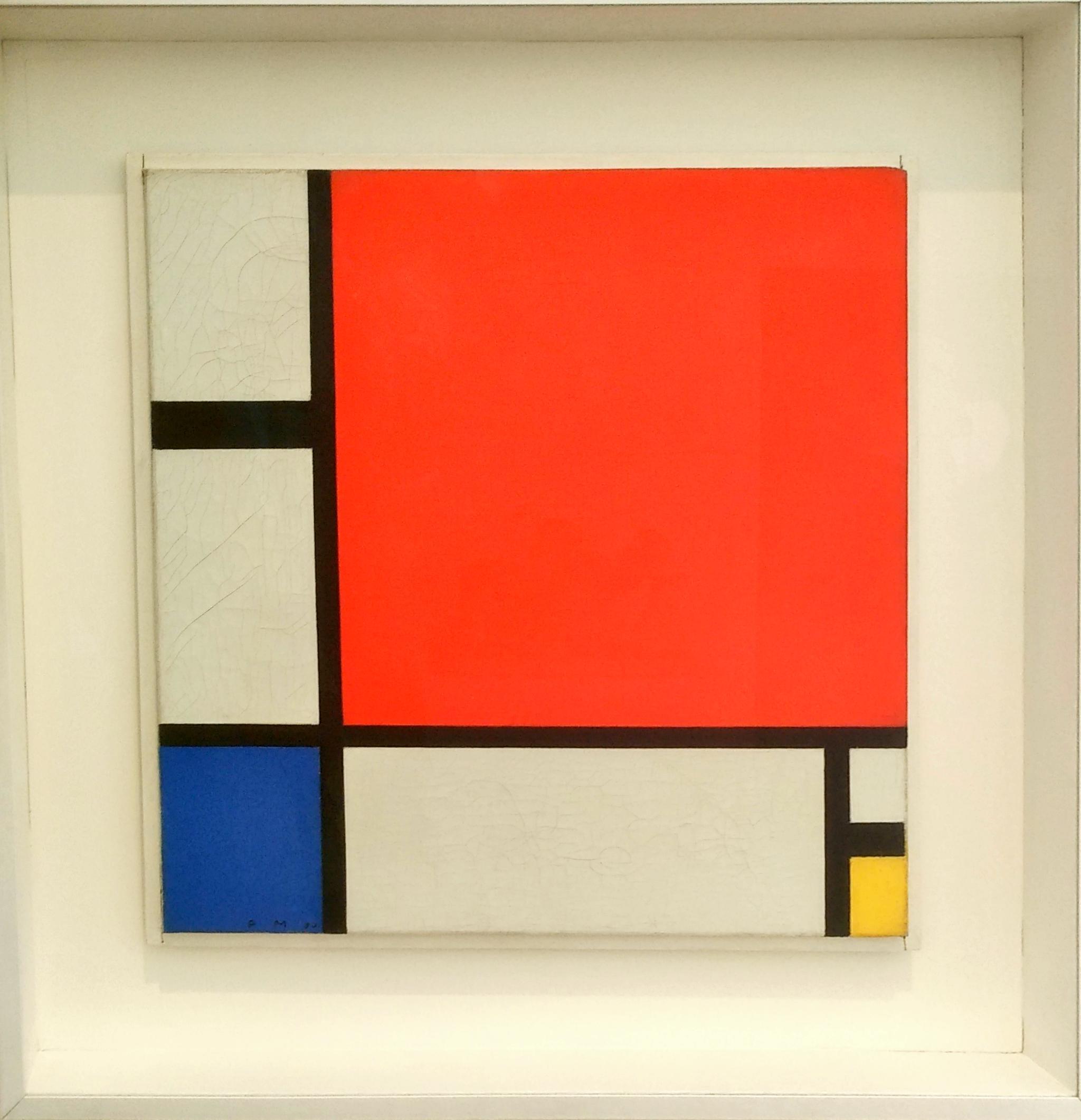
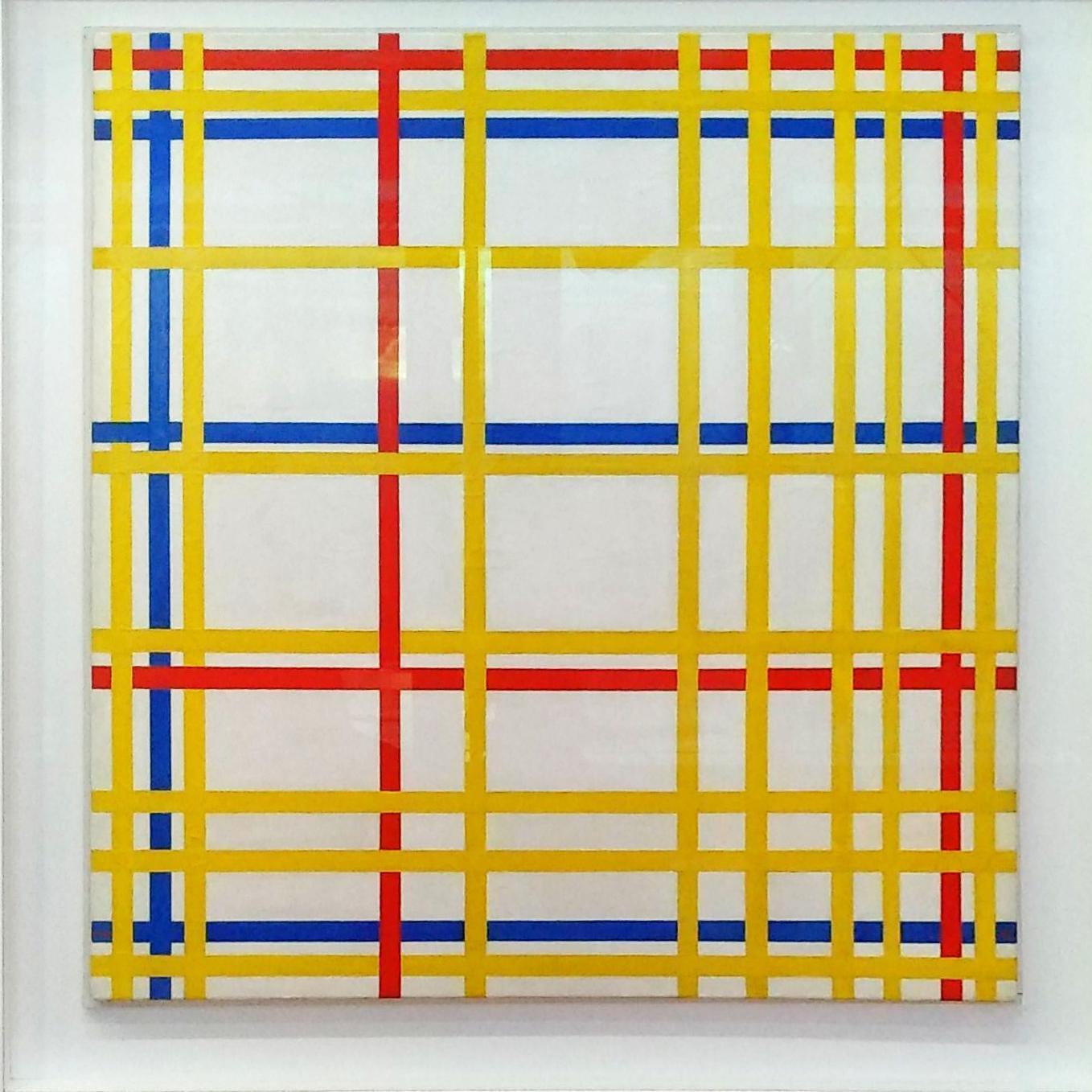

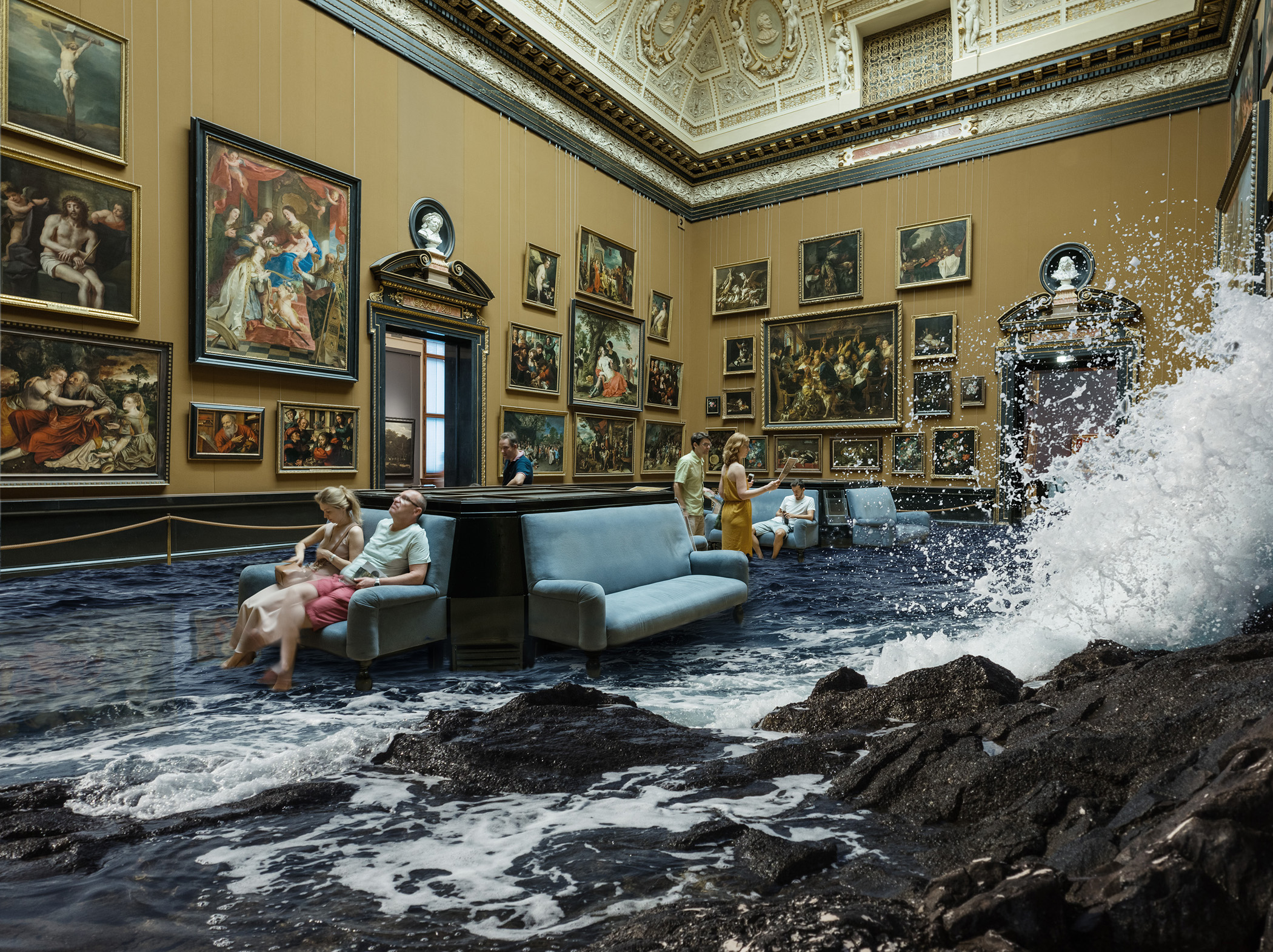
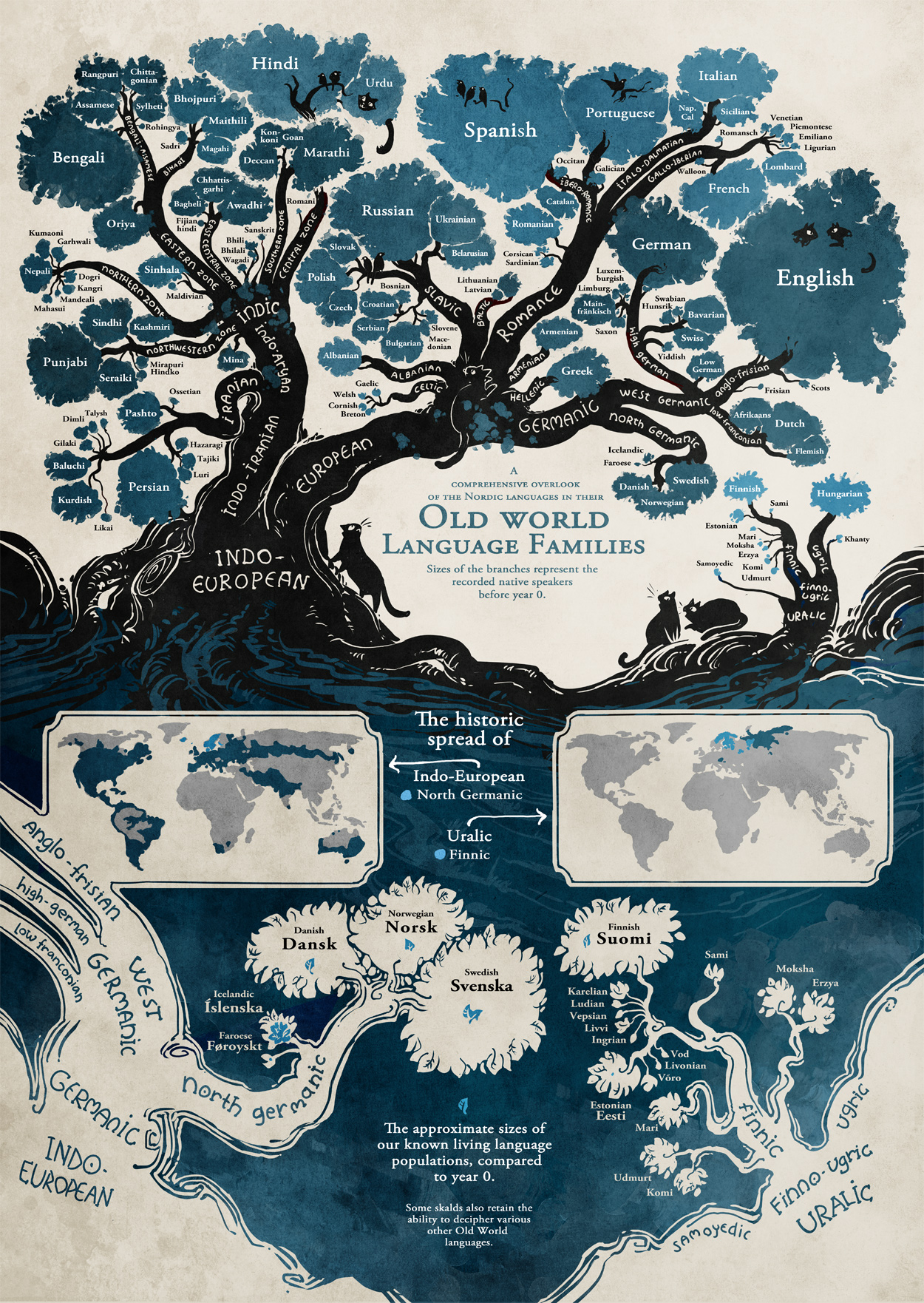



.jpg)
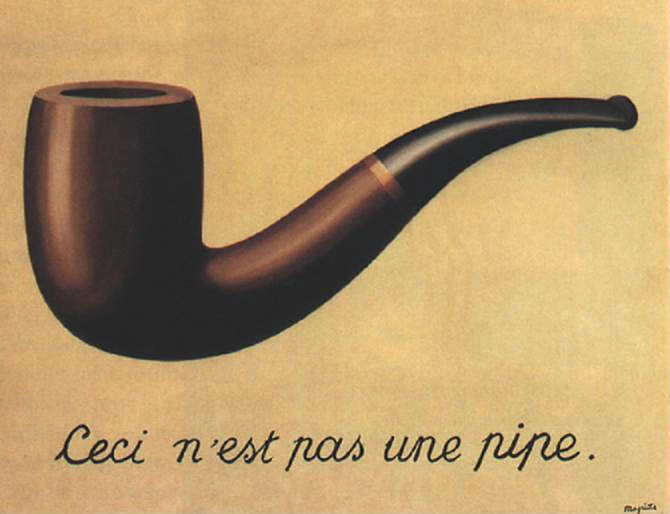
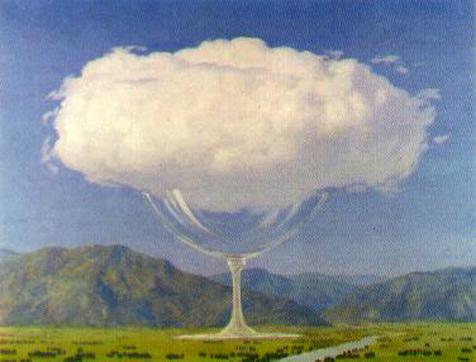
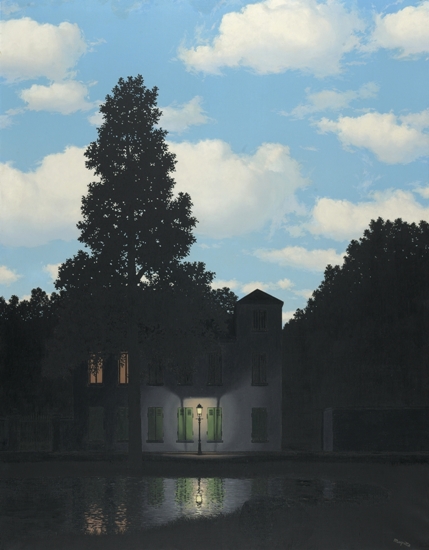


 pila
pila


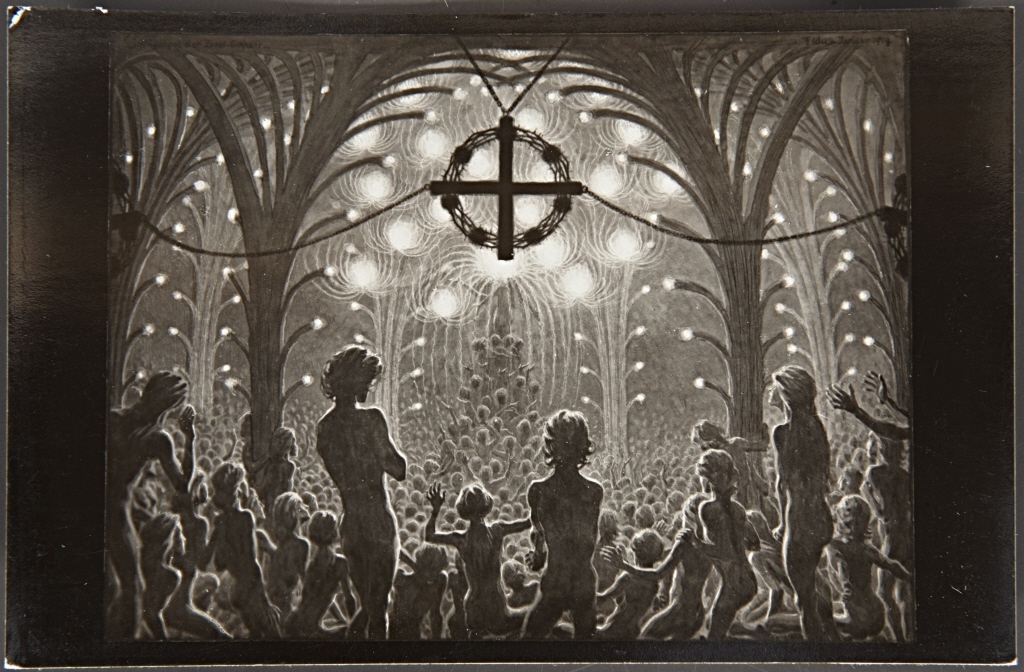
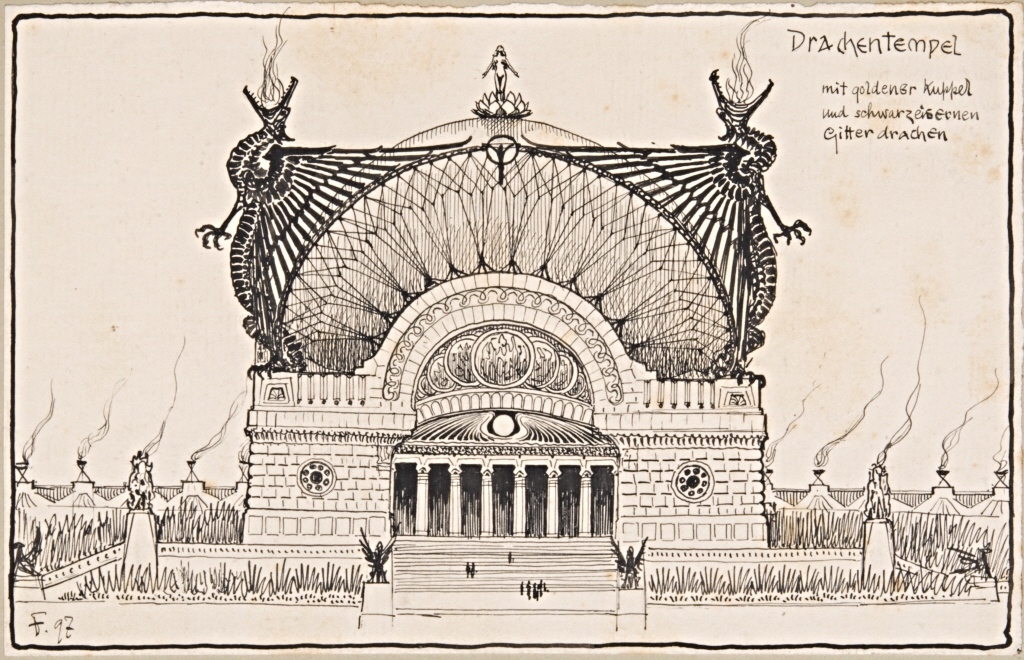
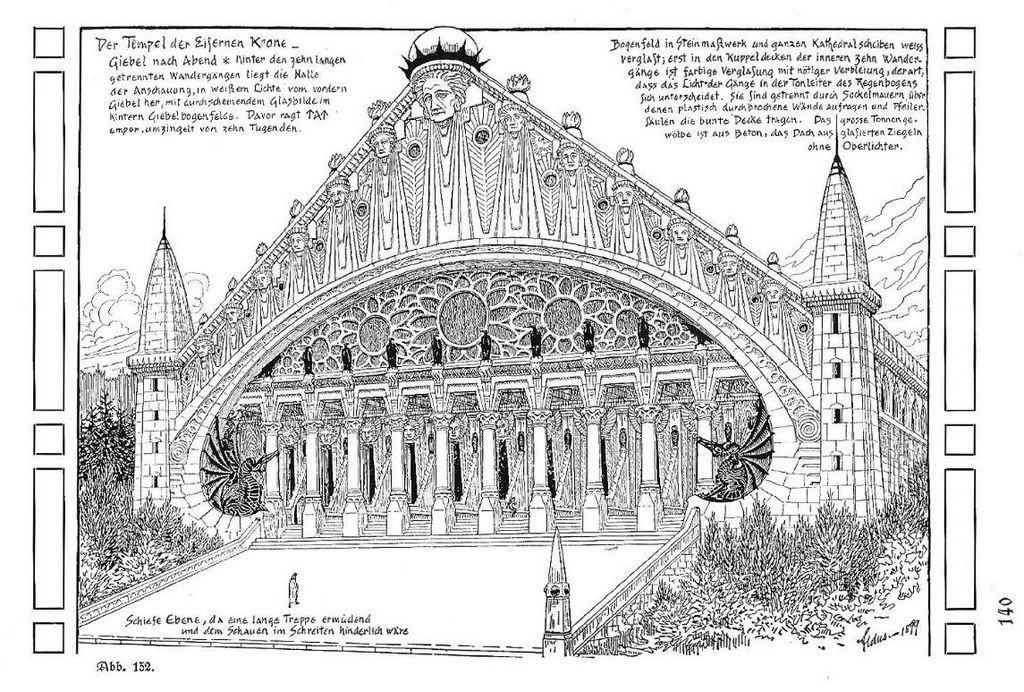
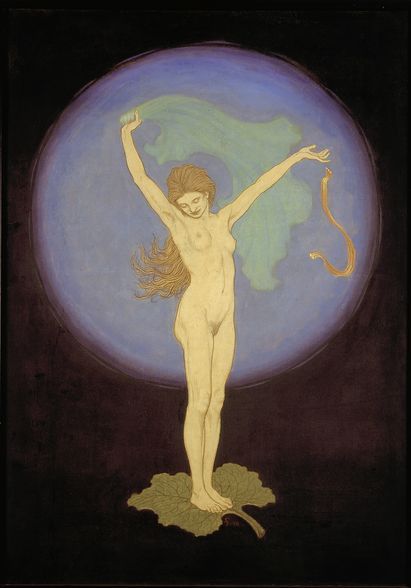
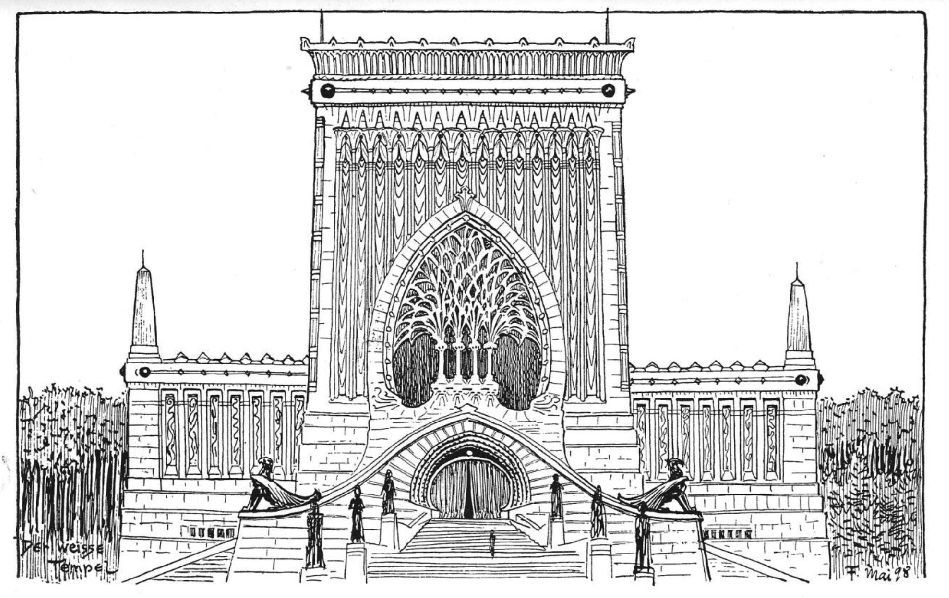
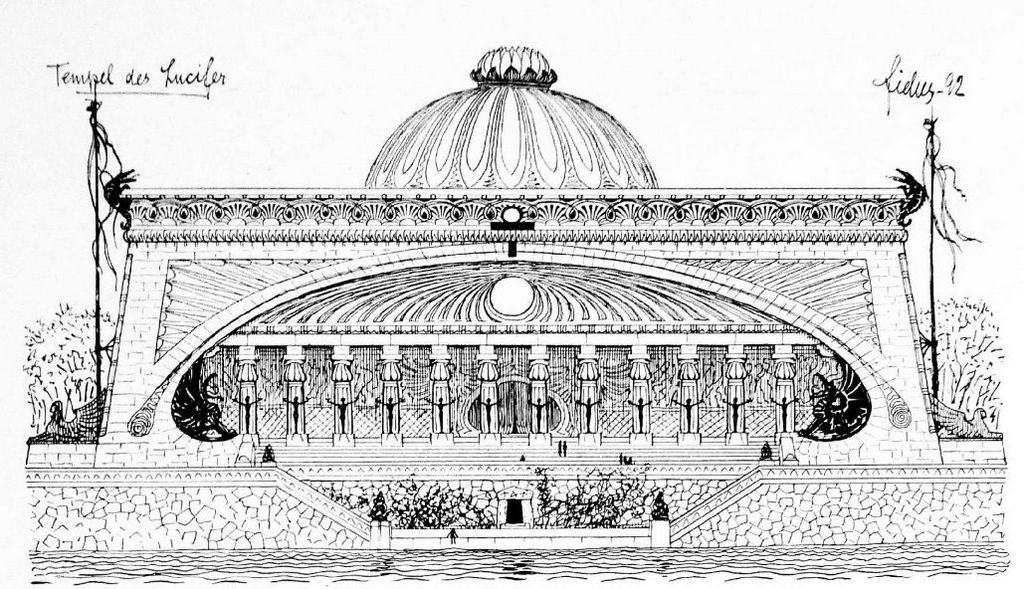
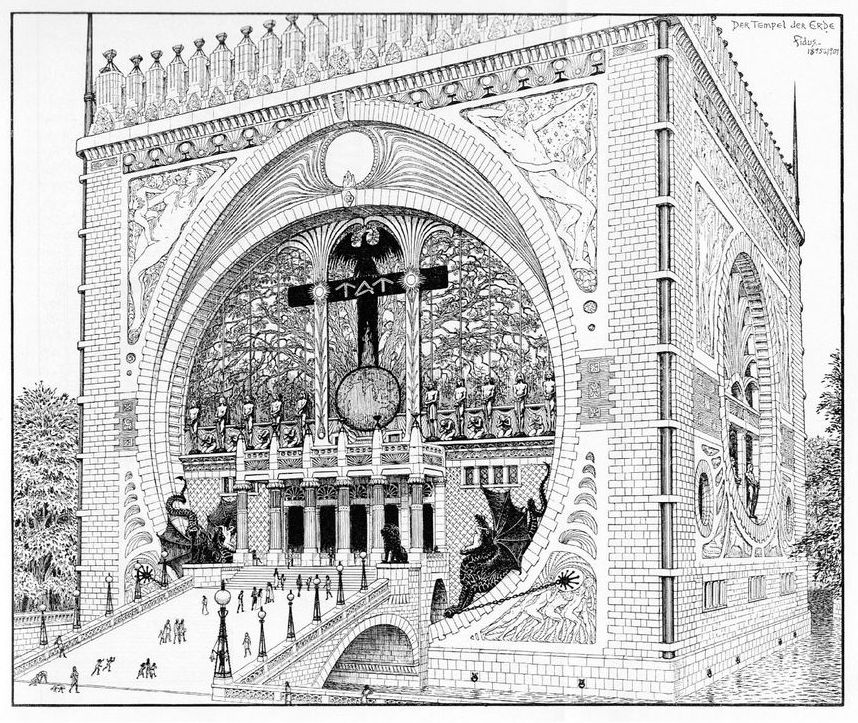
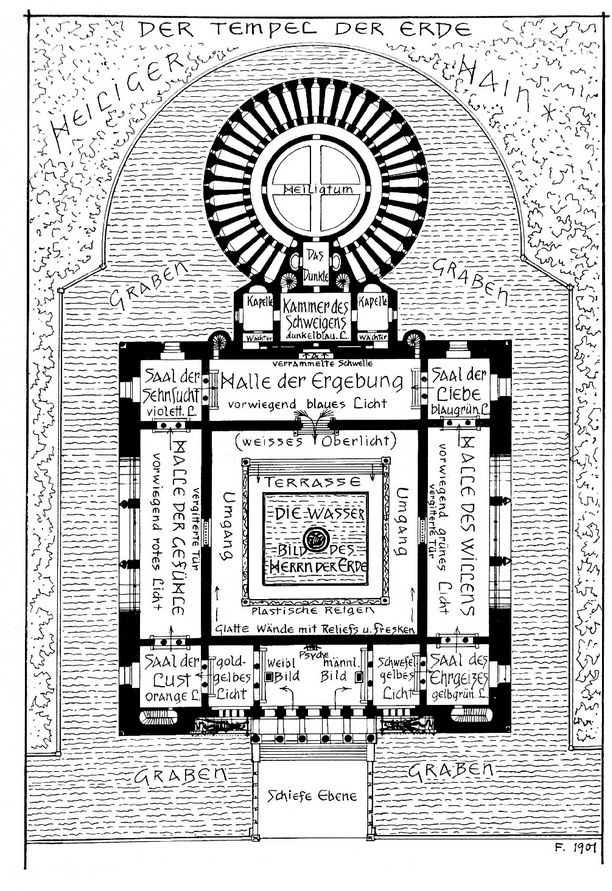
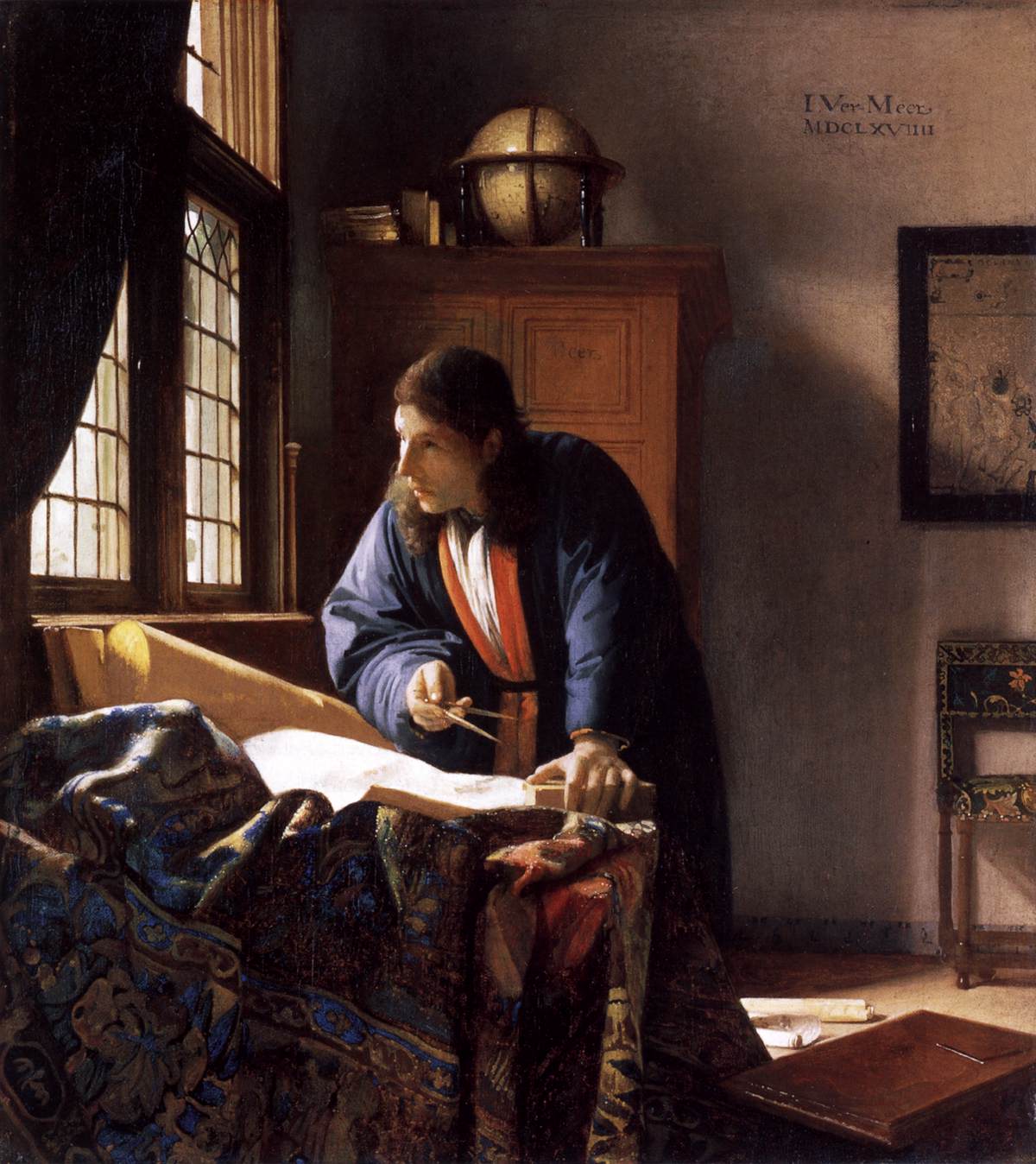
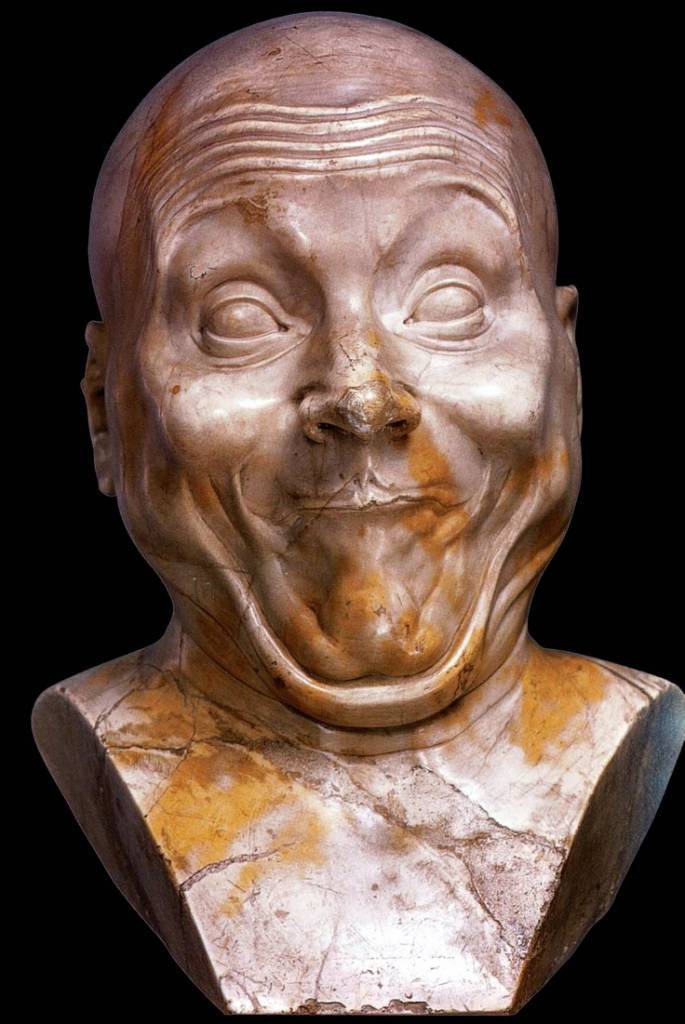
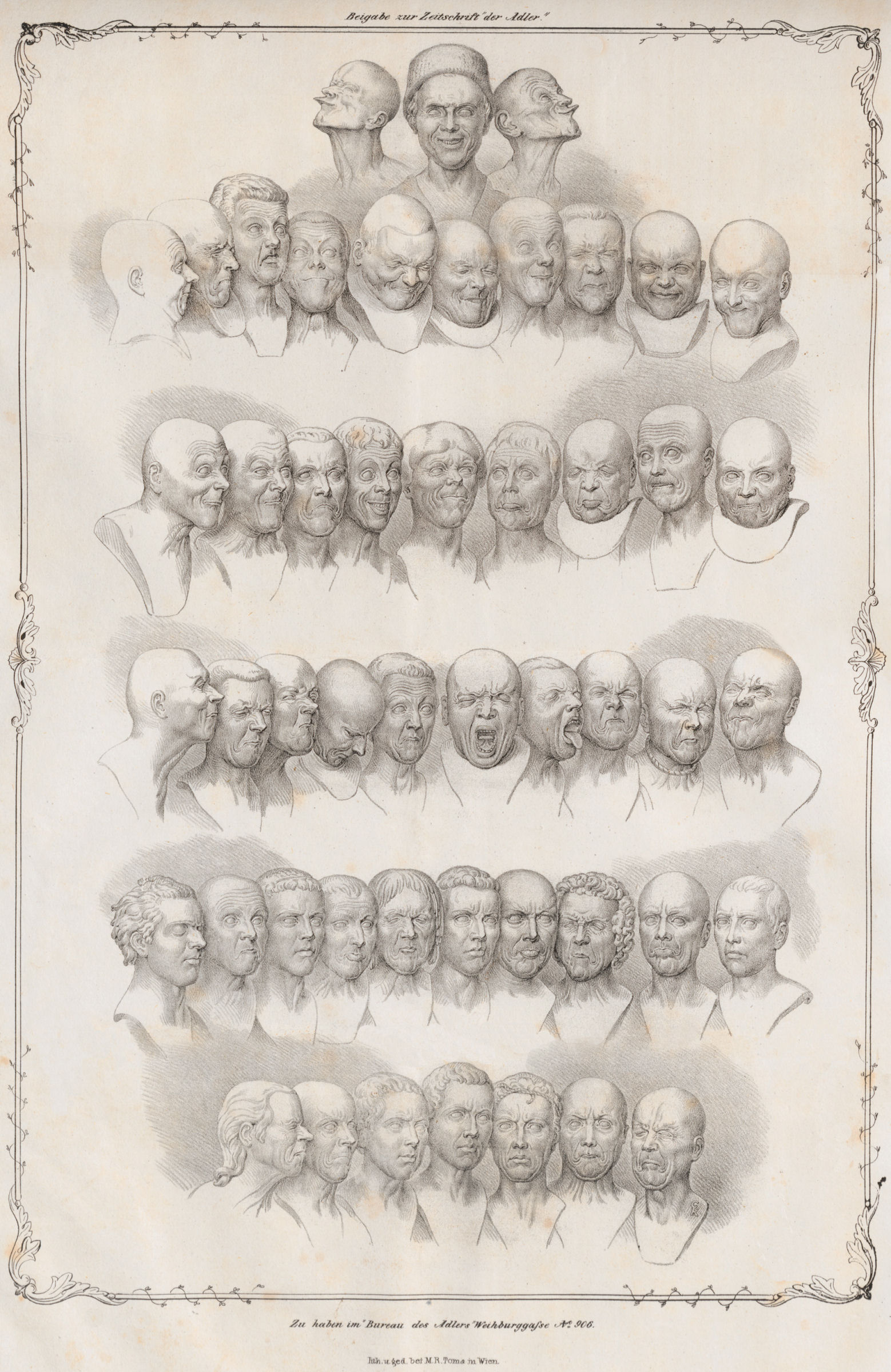
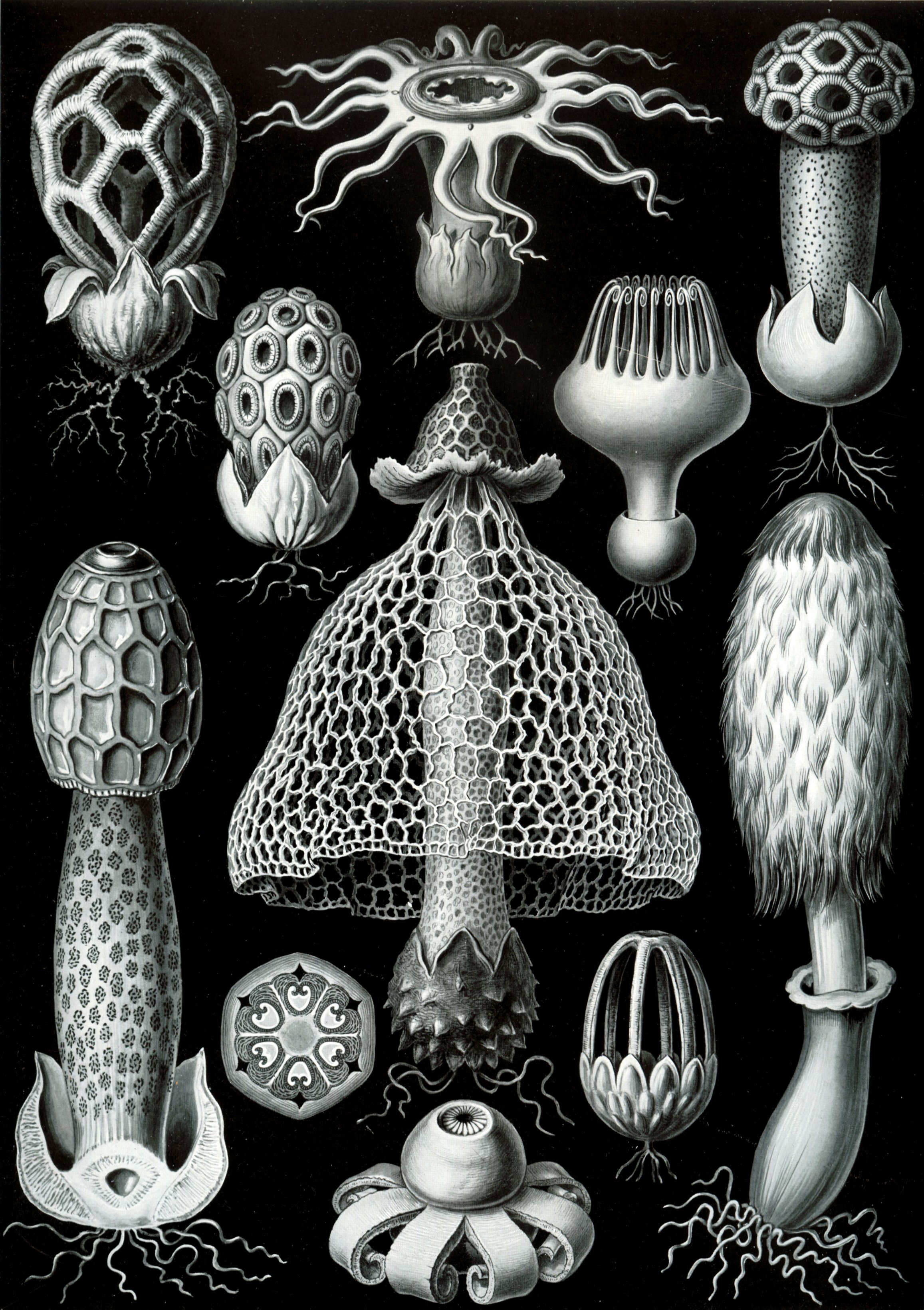

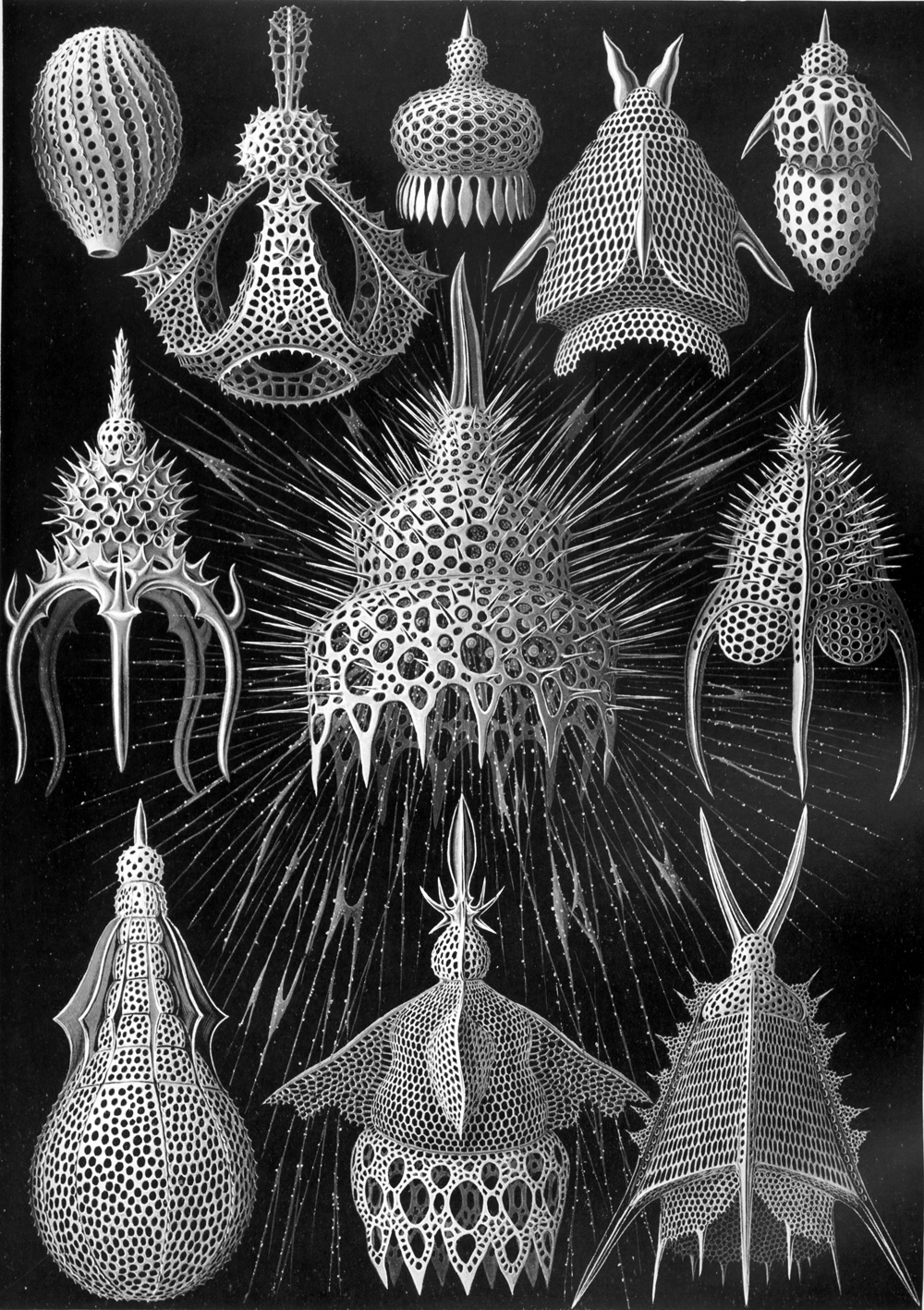
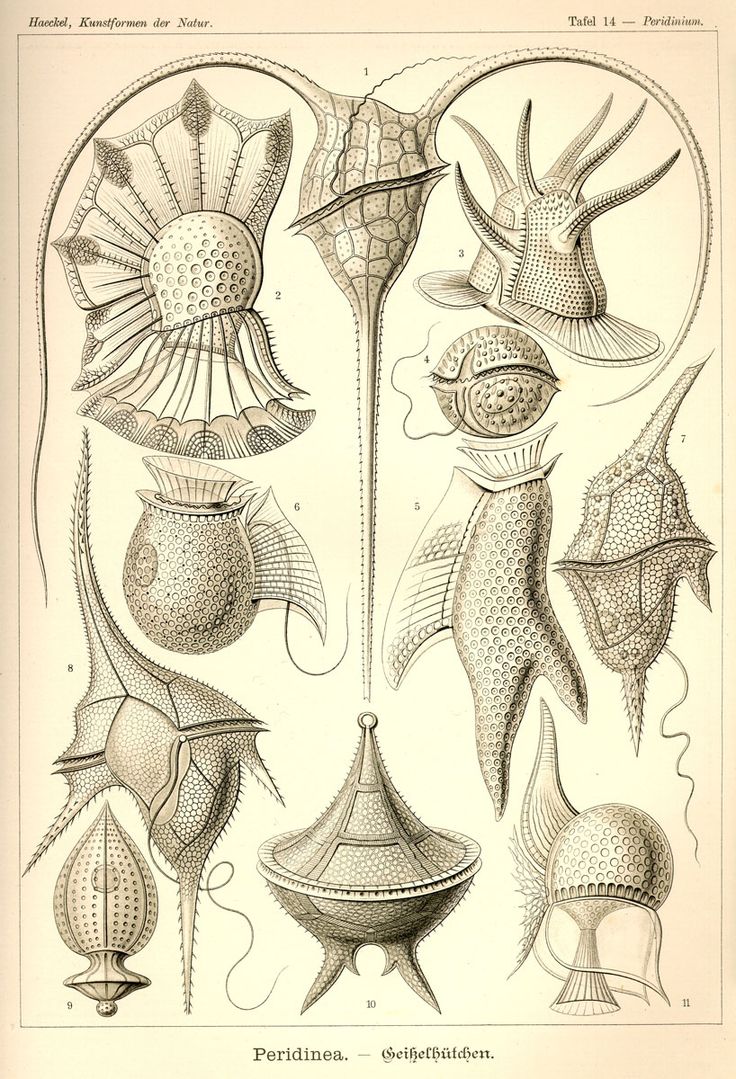
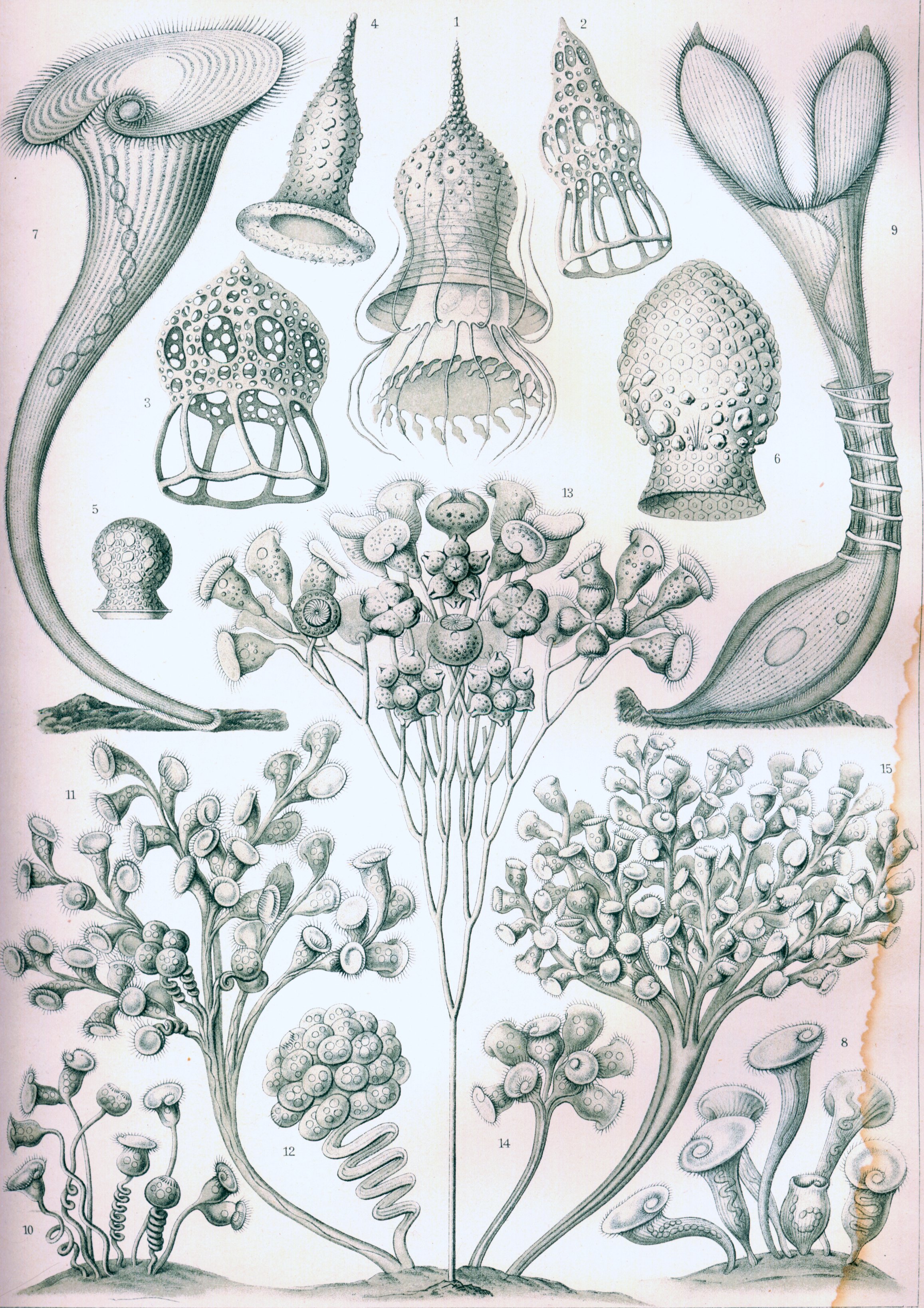
 (KFN 4 Diatomees)
(KFN 4 Diatomees)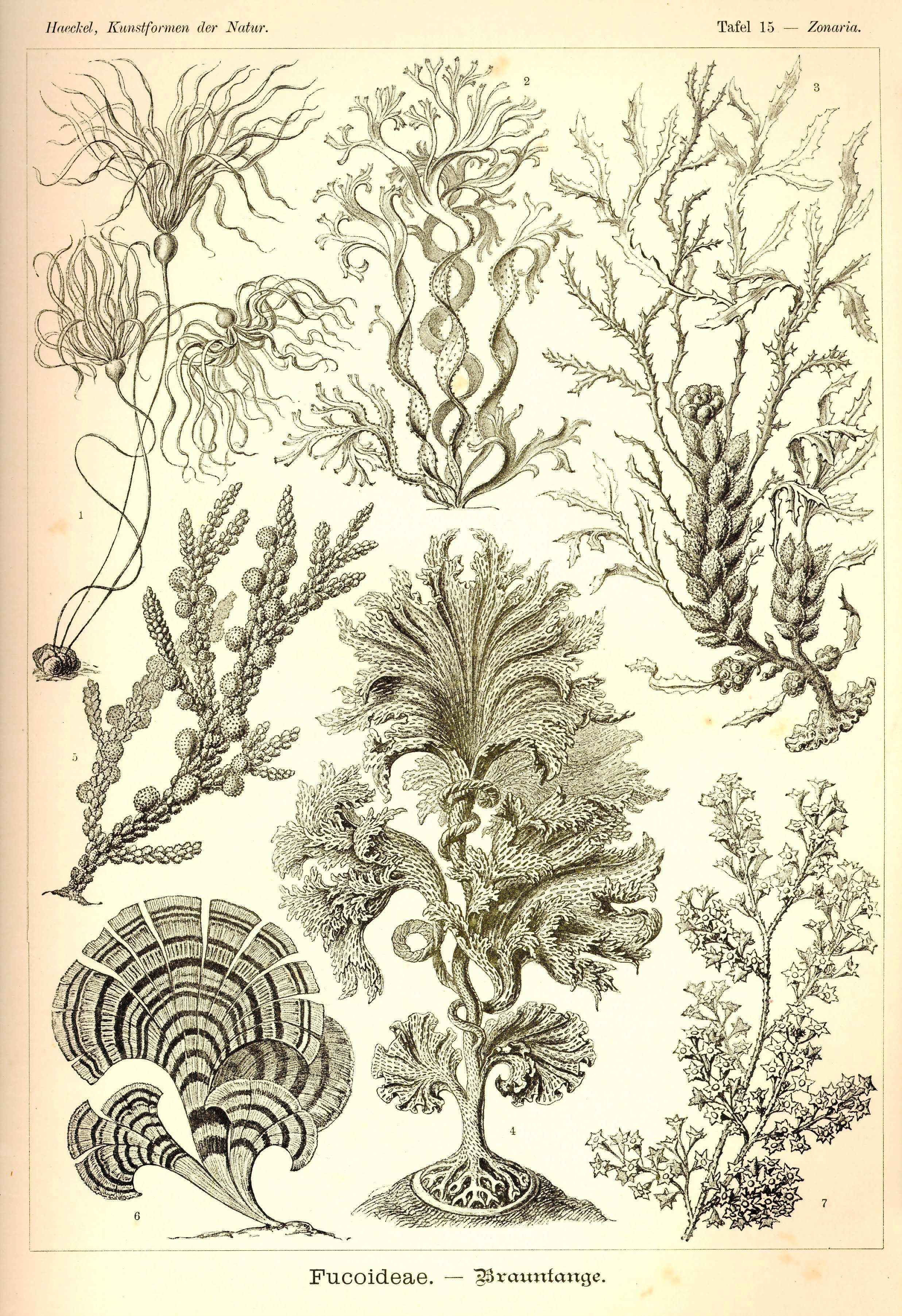
 (KFN 65)
(KFN 65)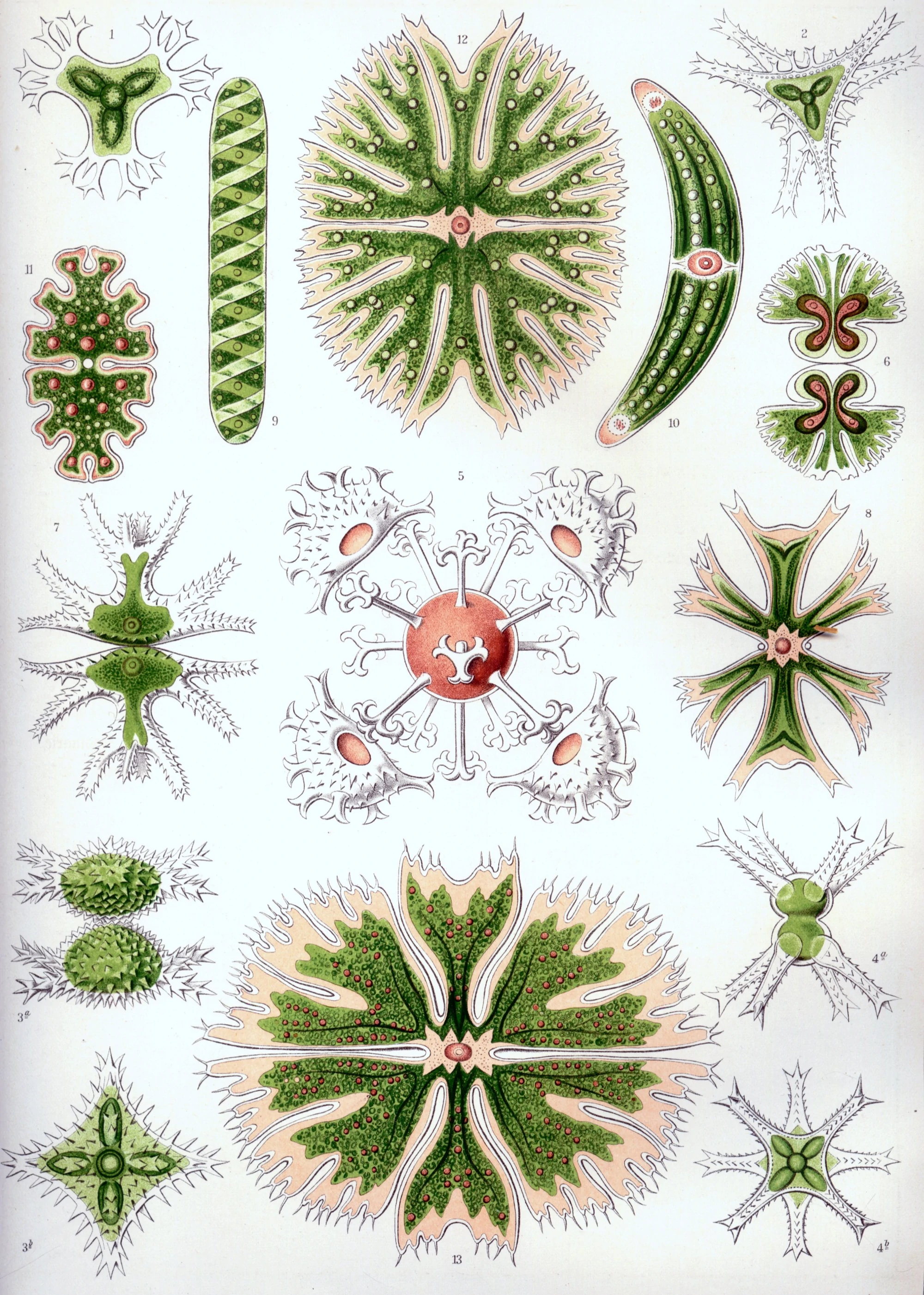

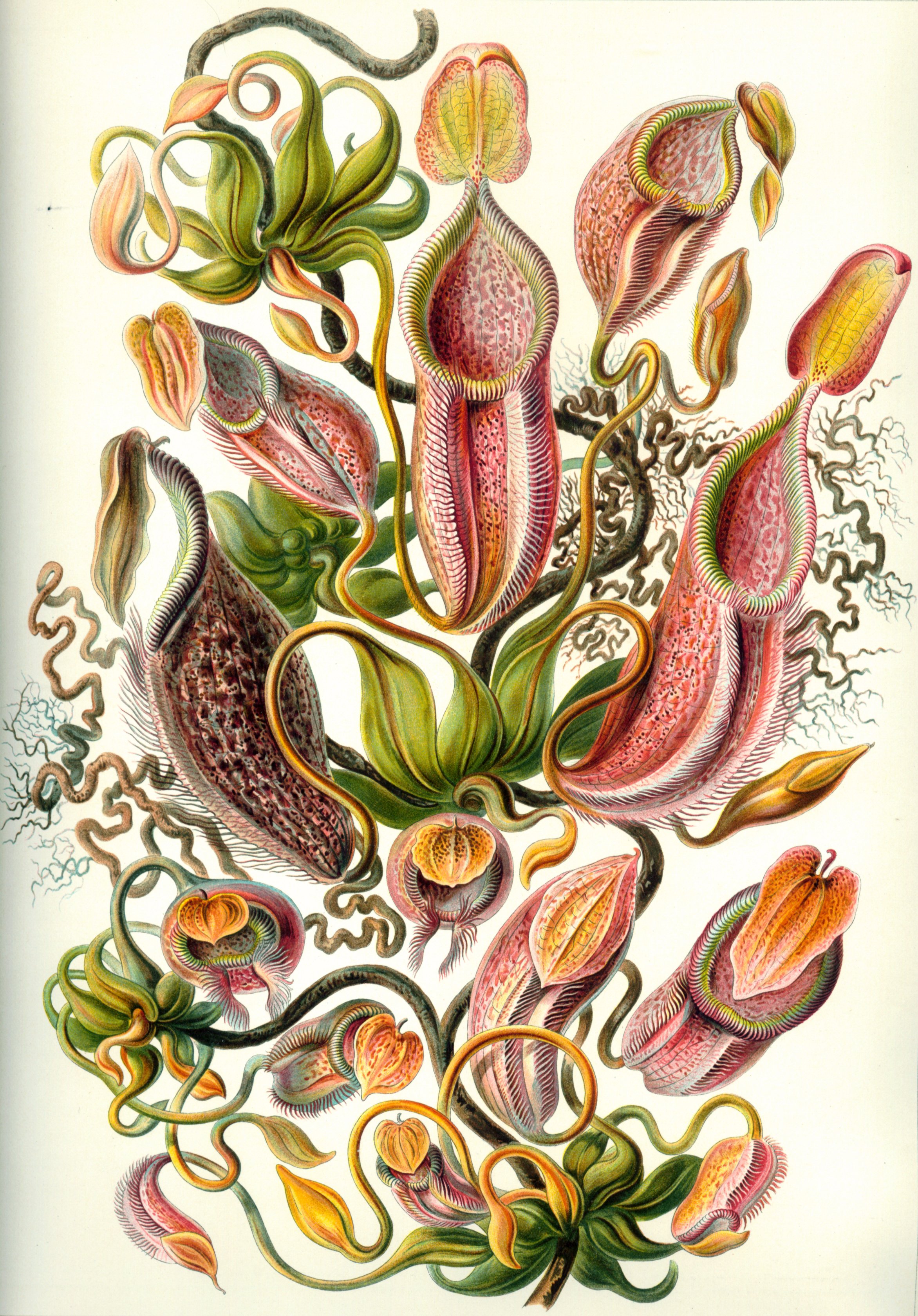
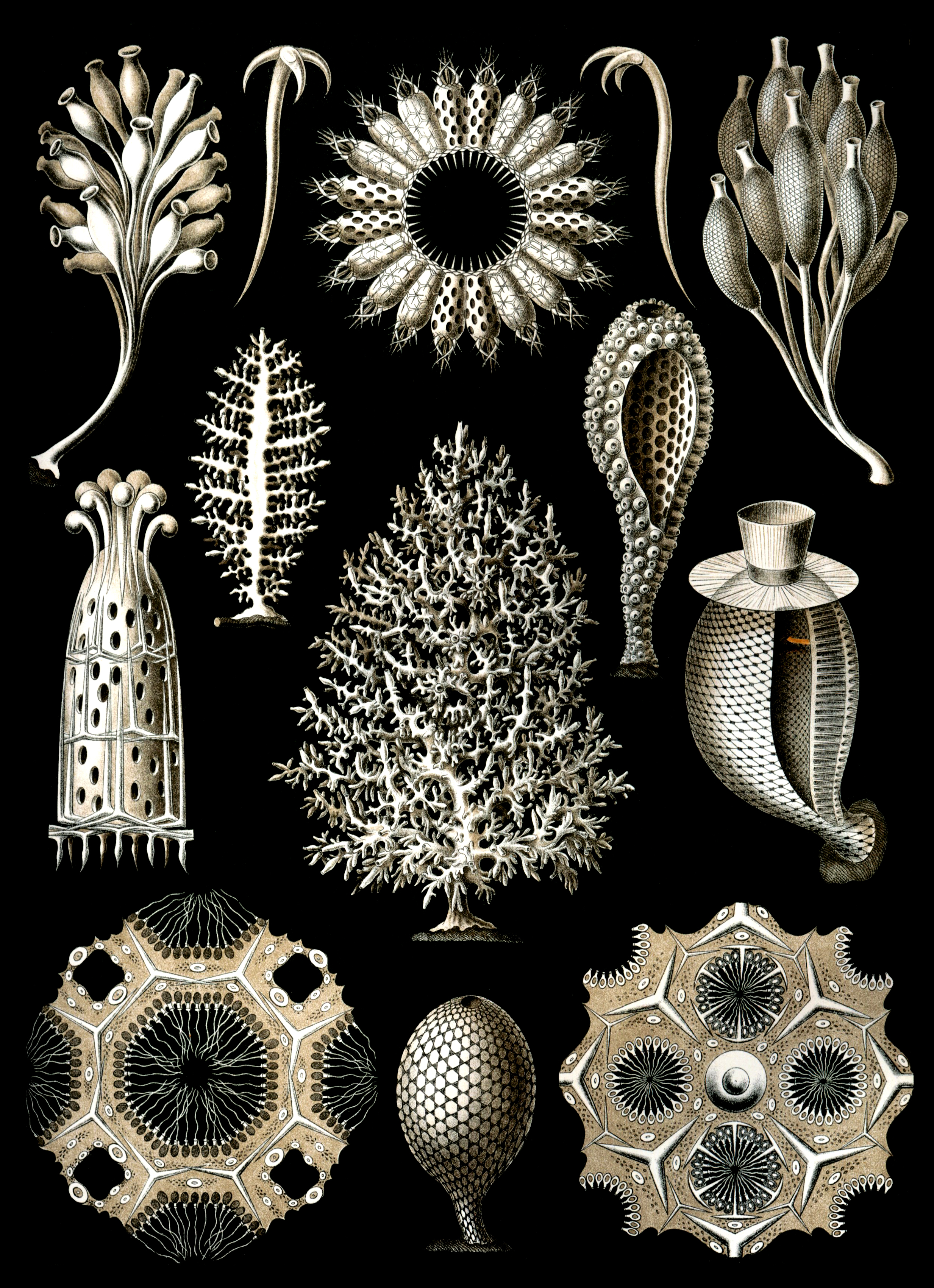
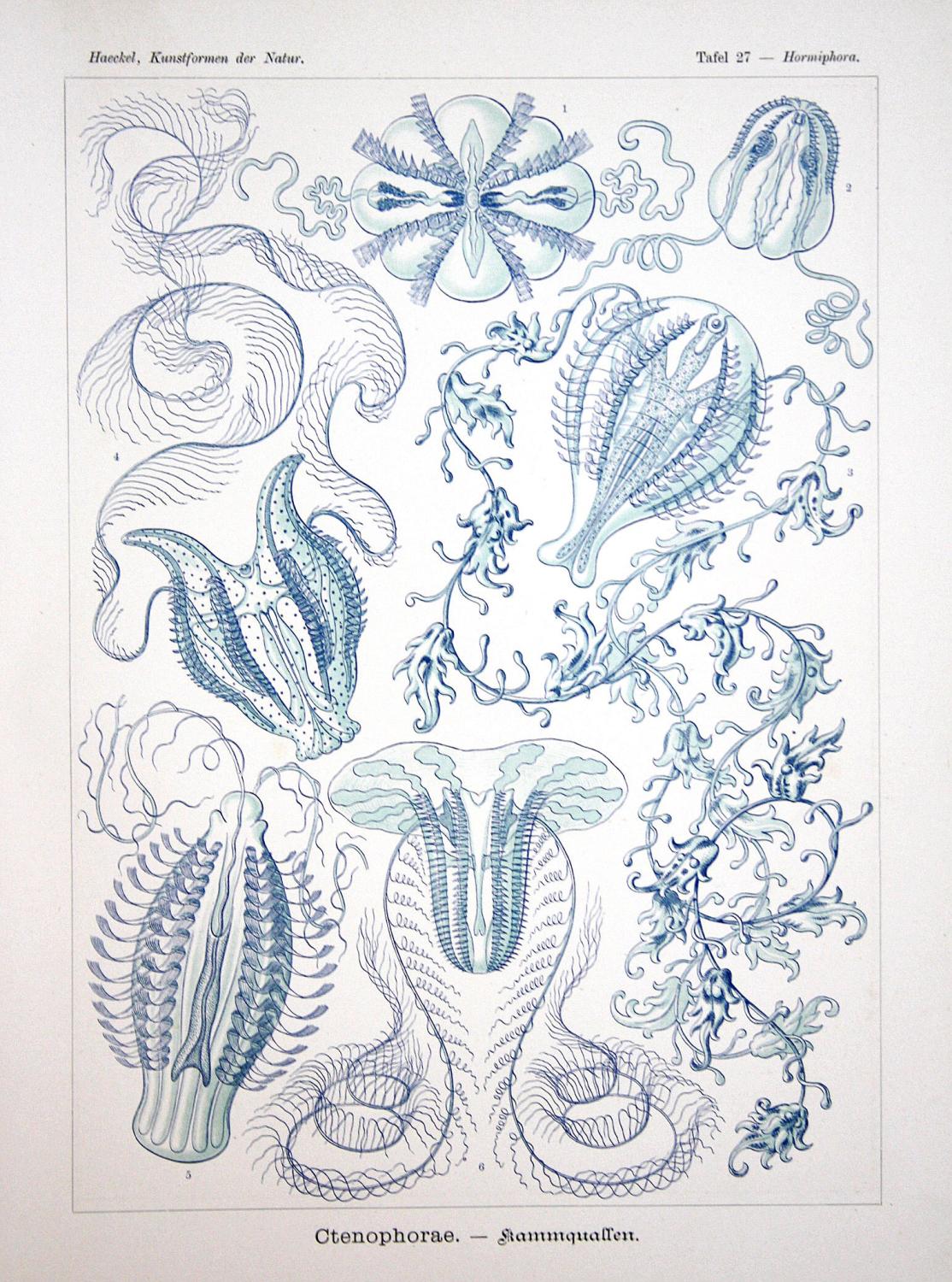
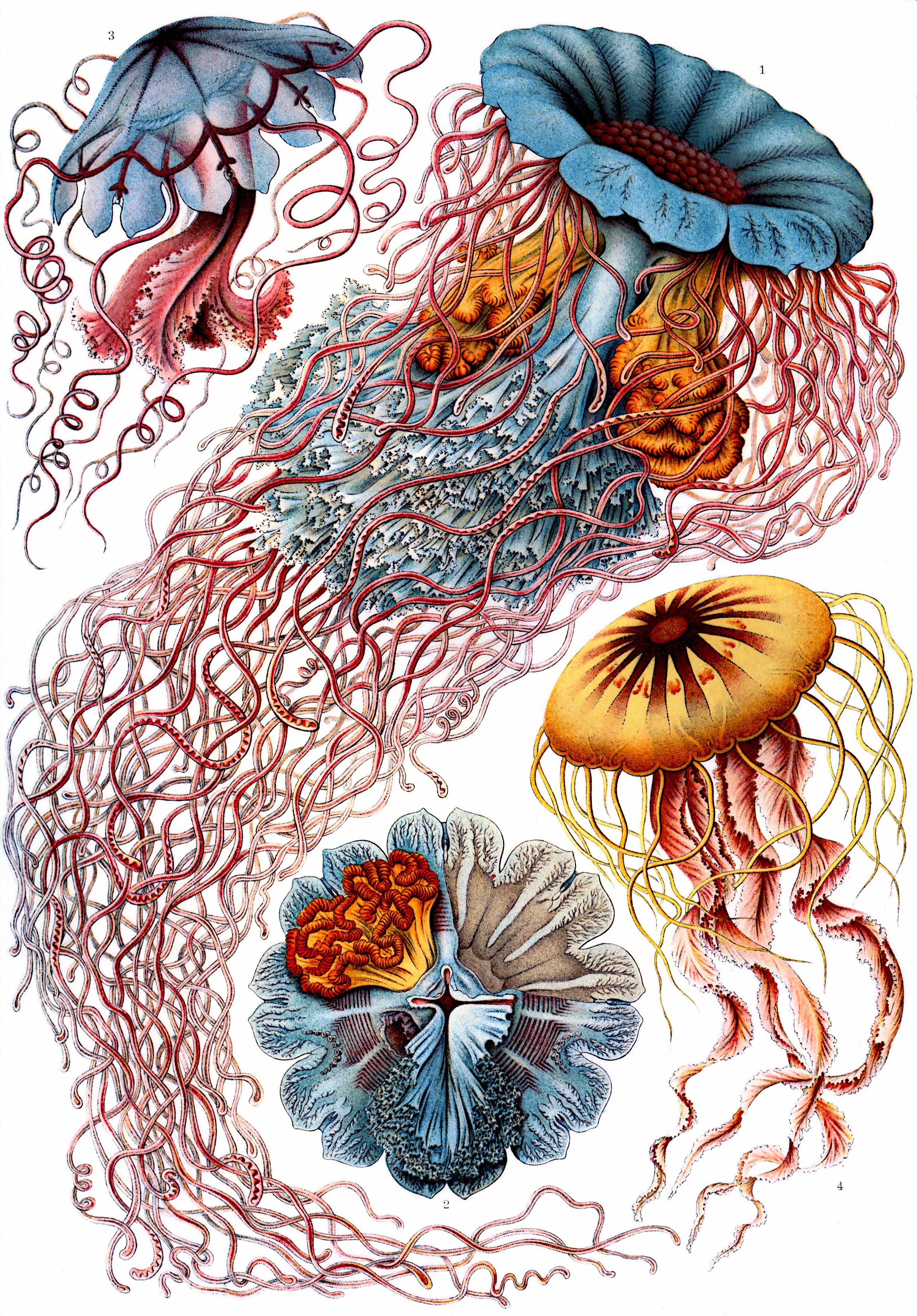
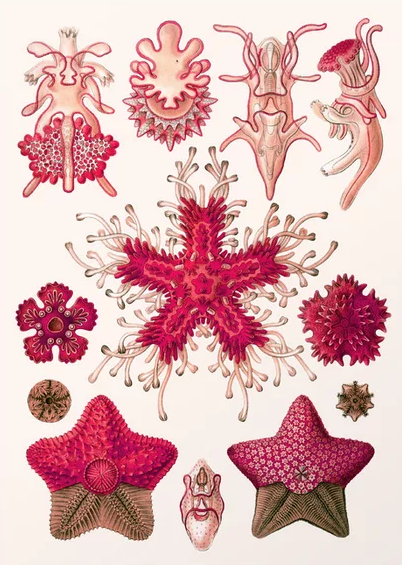 (KFN 40, Asteroidea, 10, 20, 30, 40, 50, 60, 70)
(KFN 40, Asteroidea, 10, 20, 30, 40, 50, 60, 70)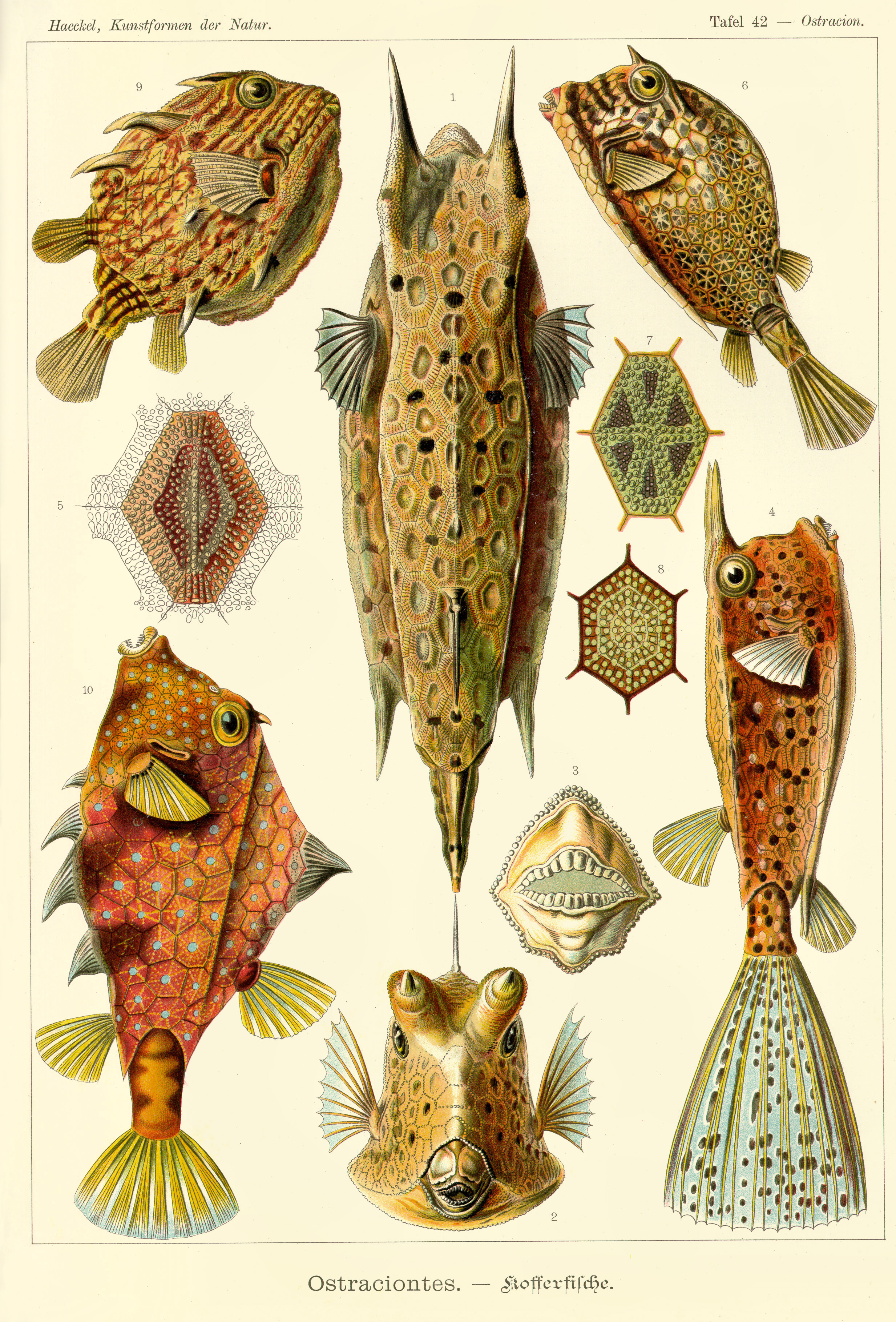
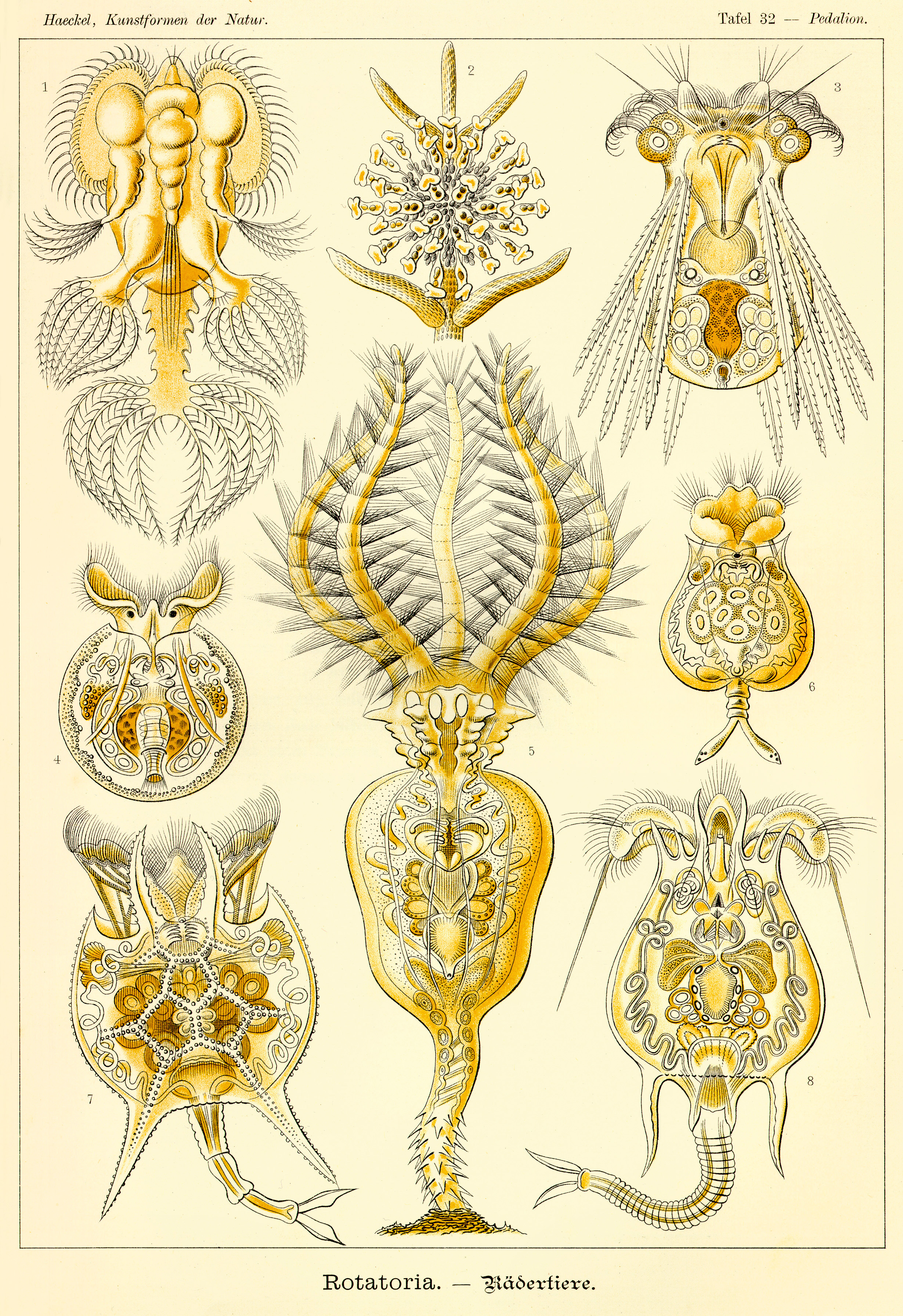
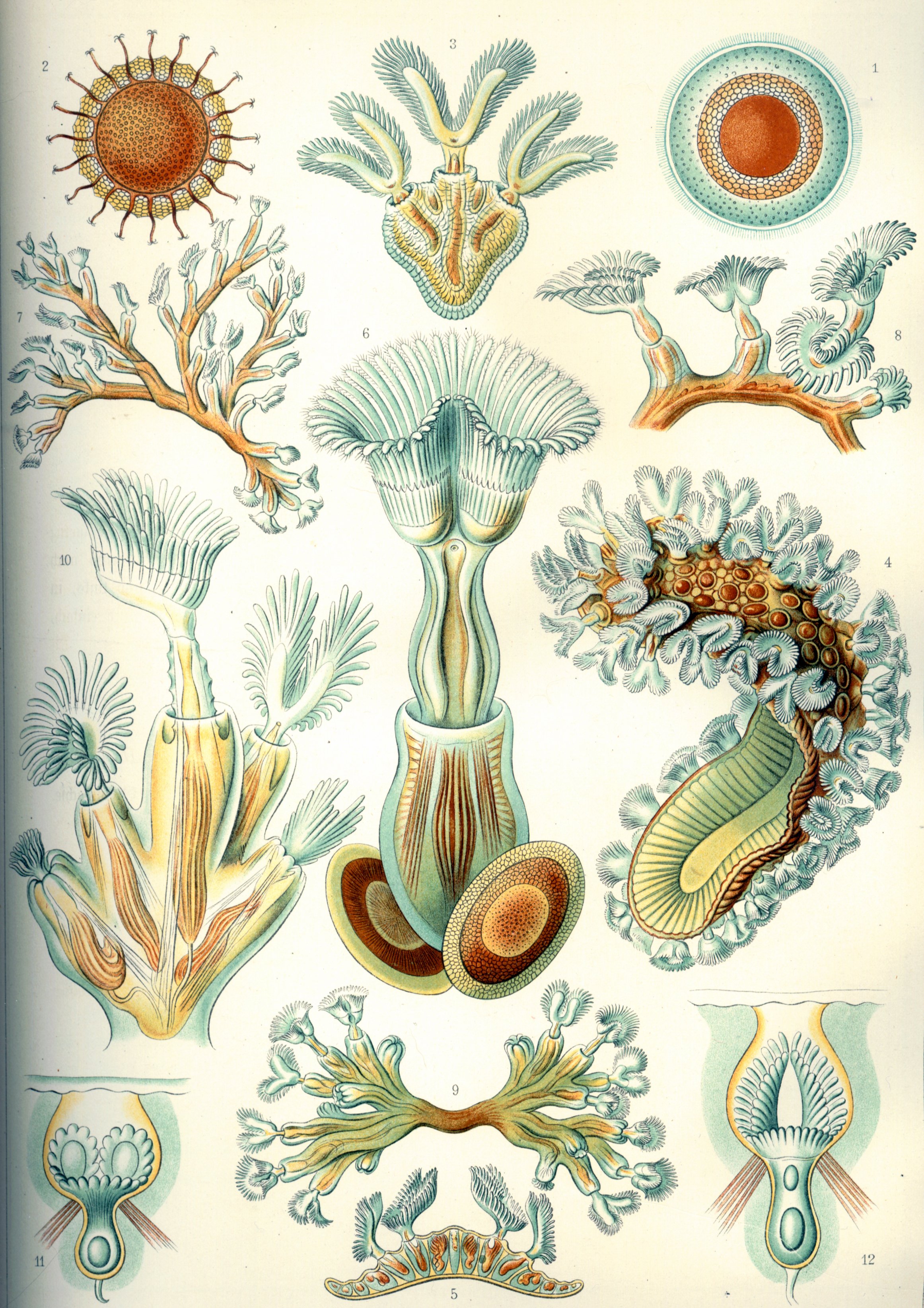

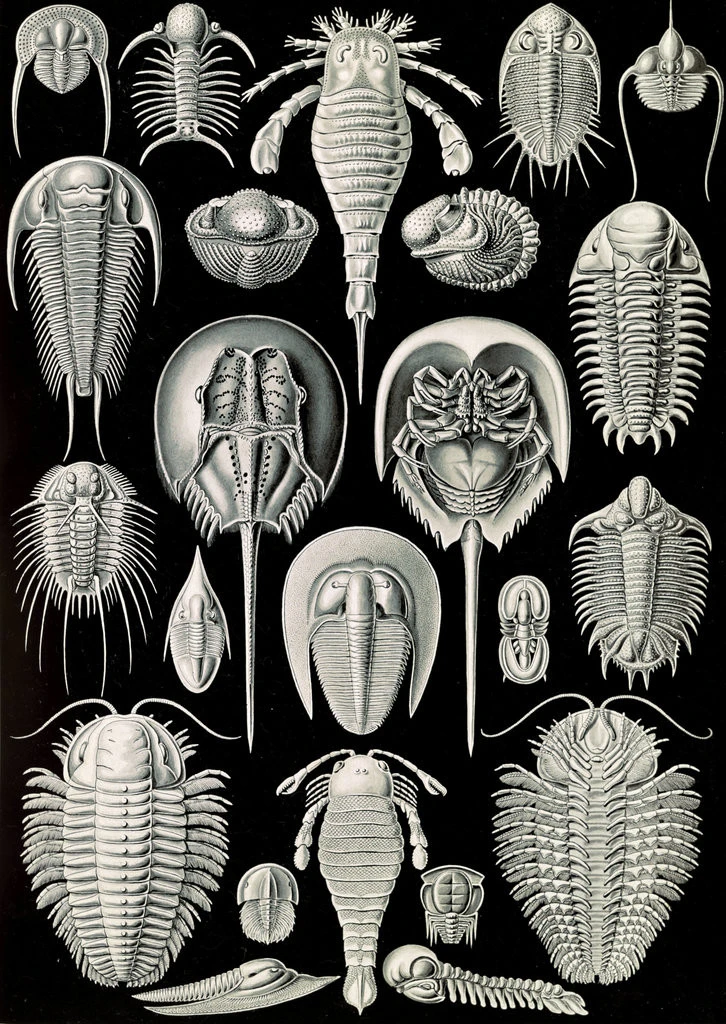
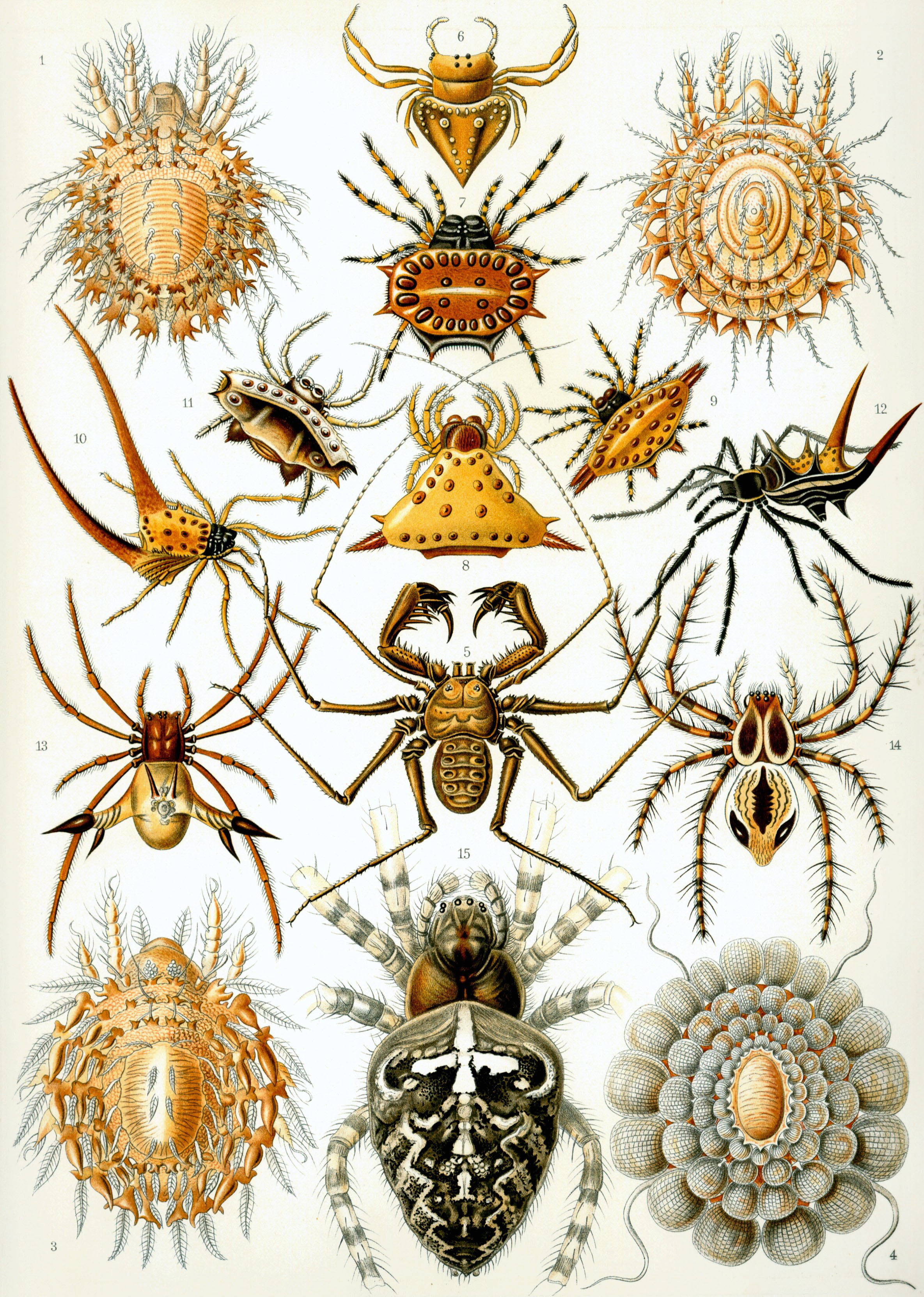
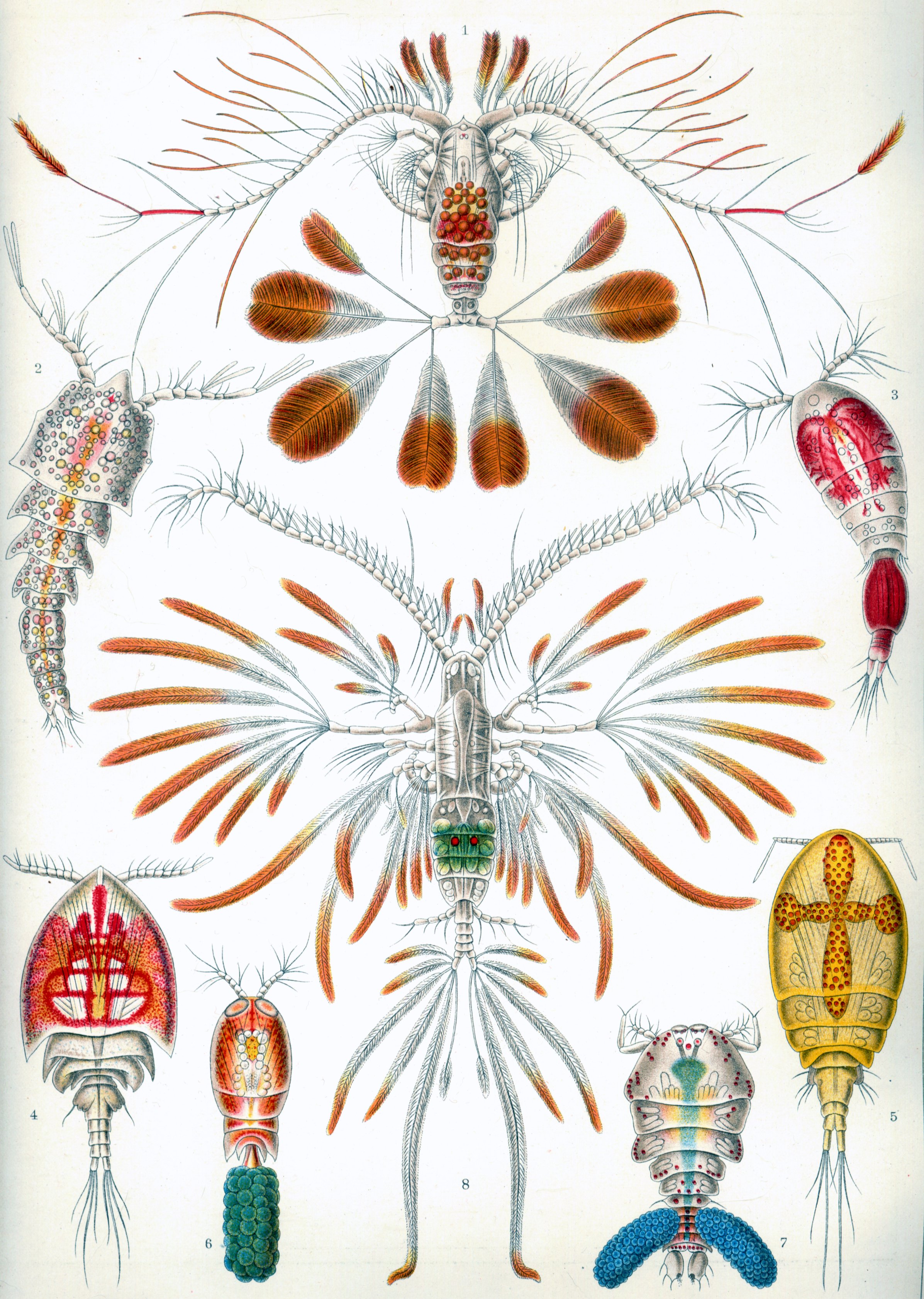
.png)


